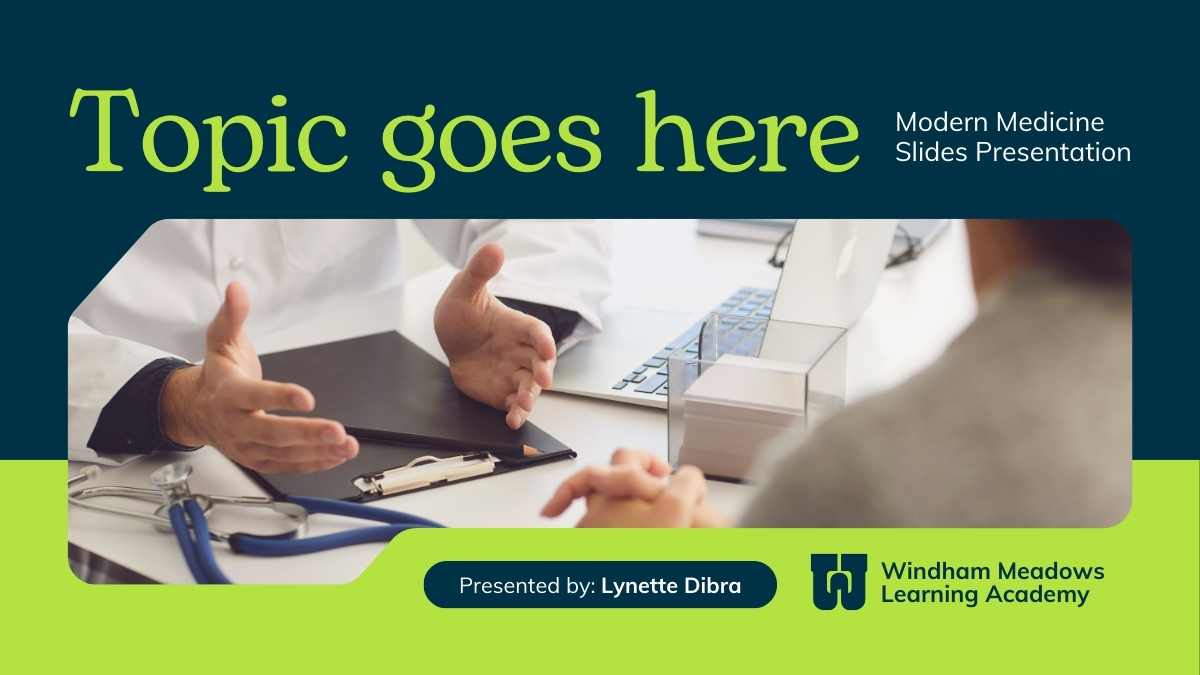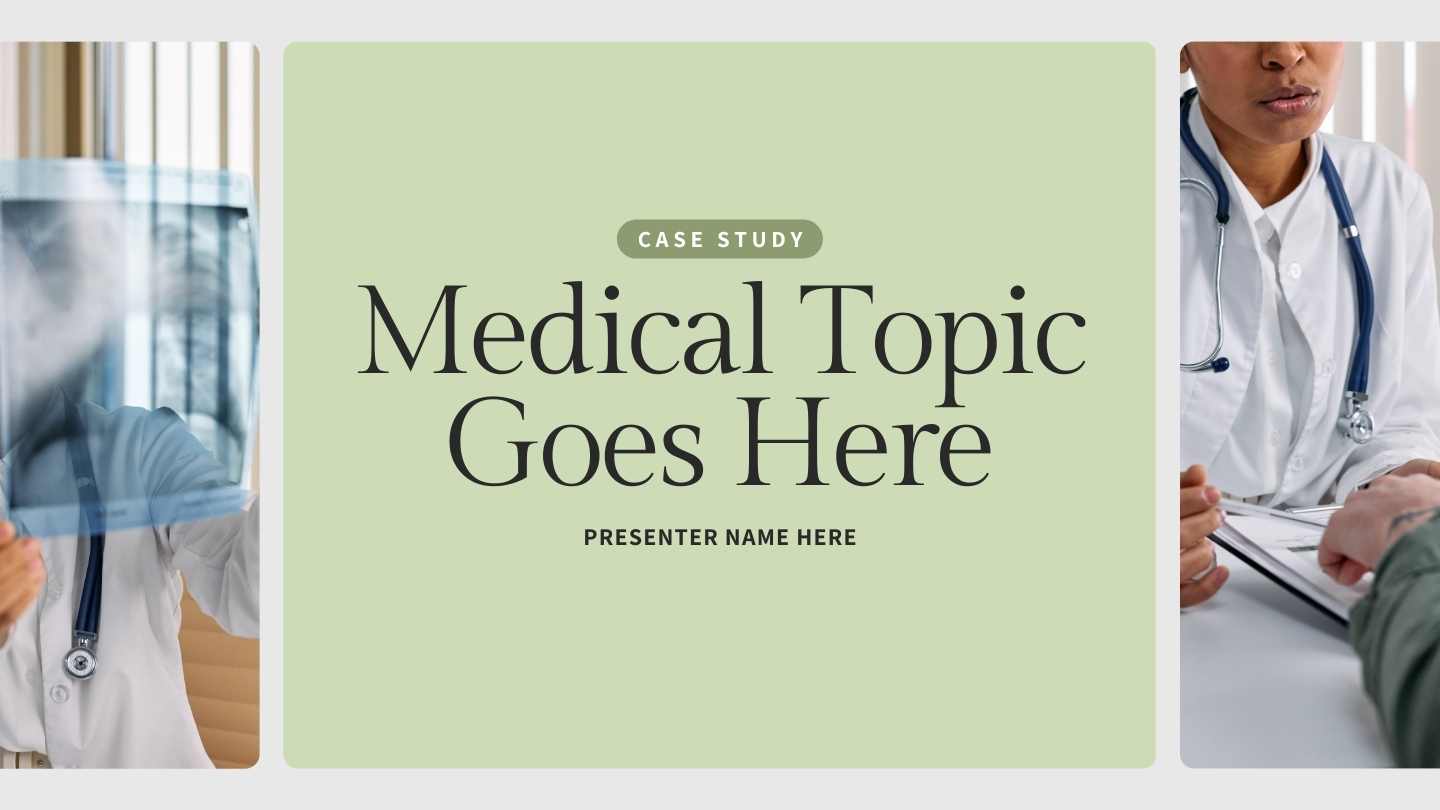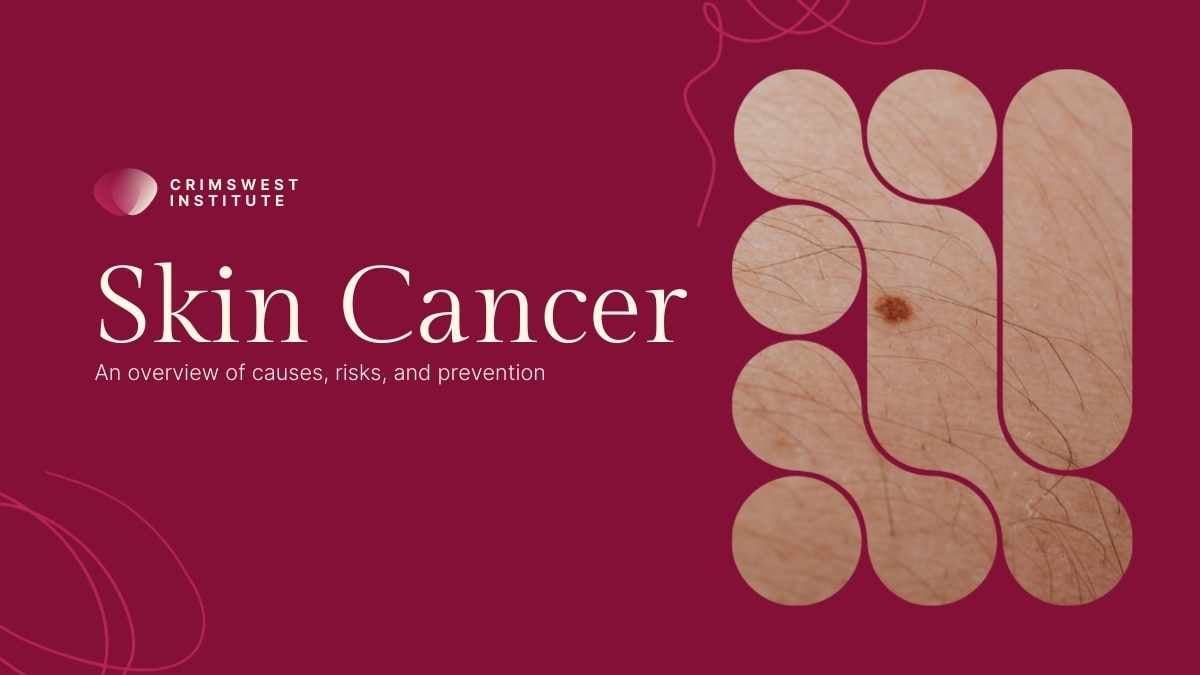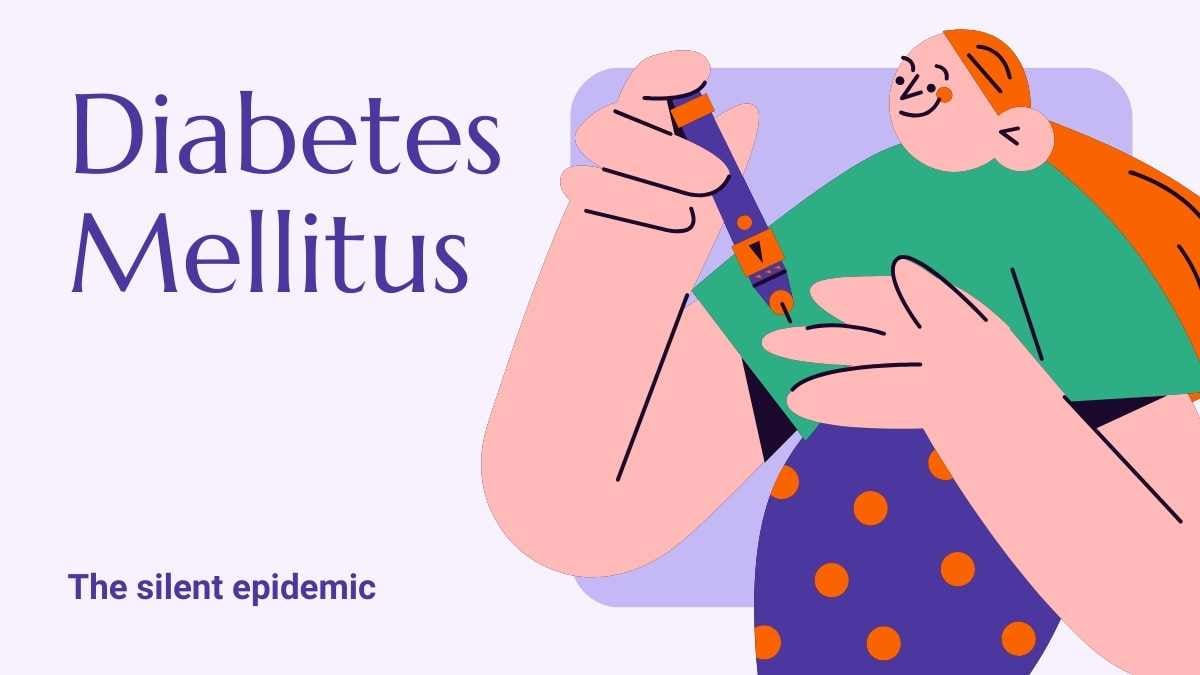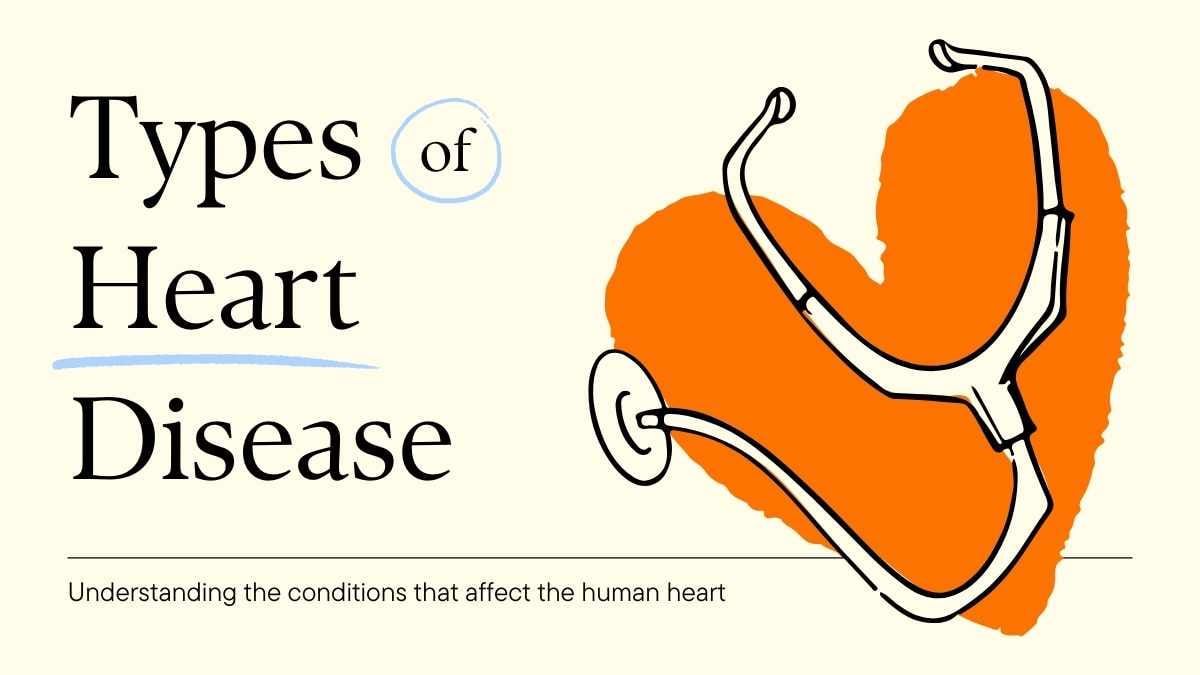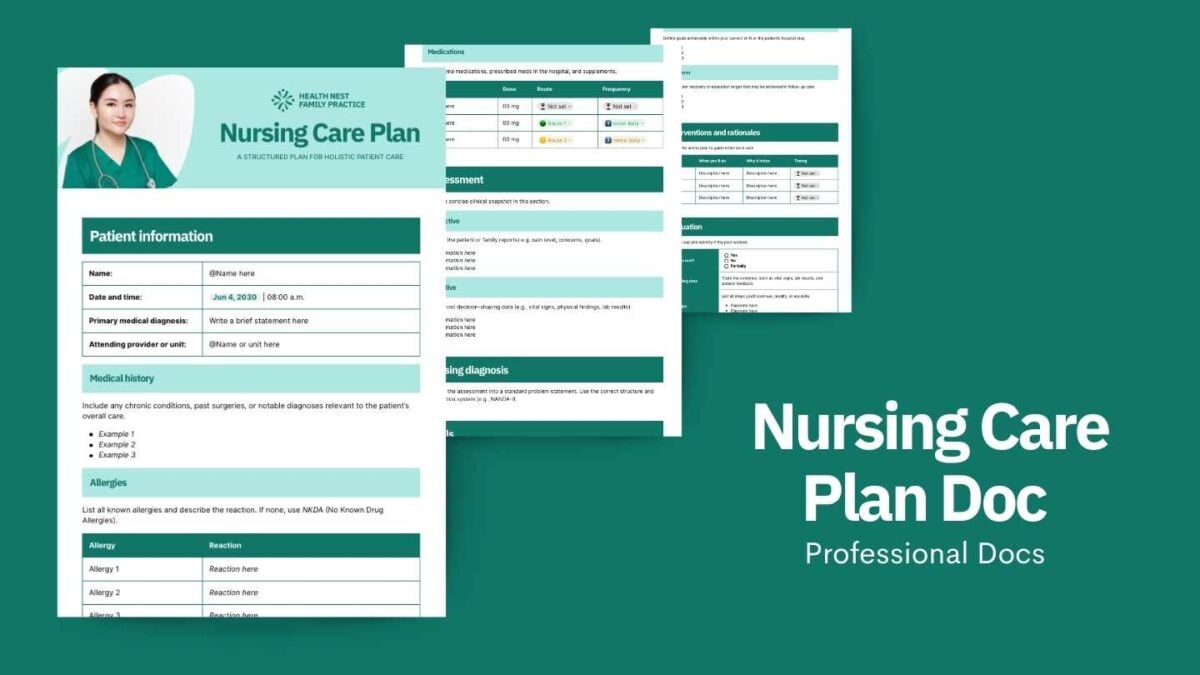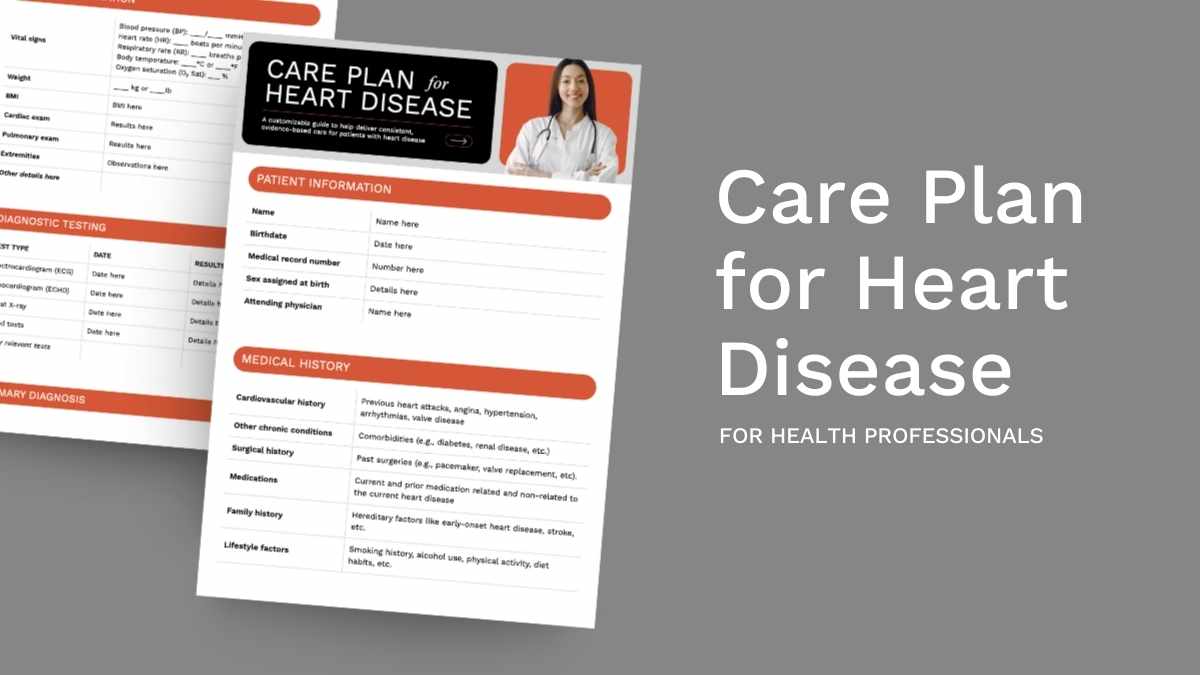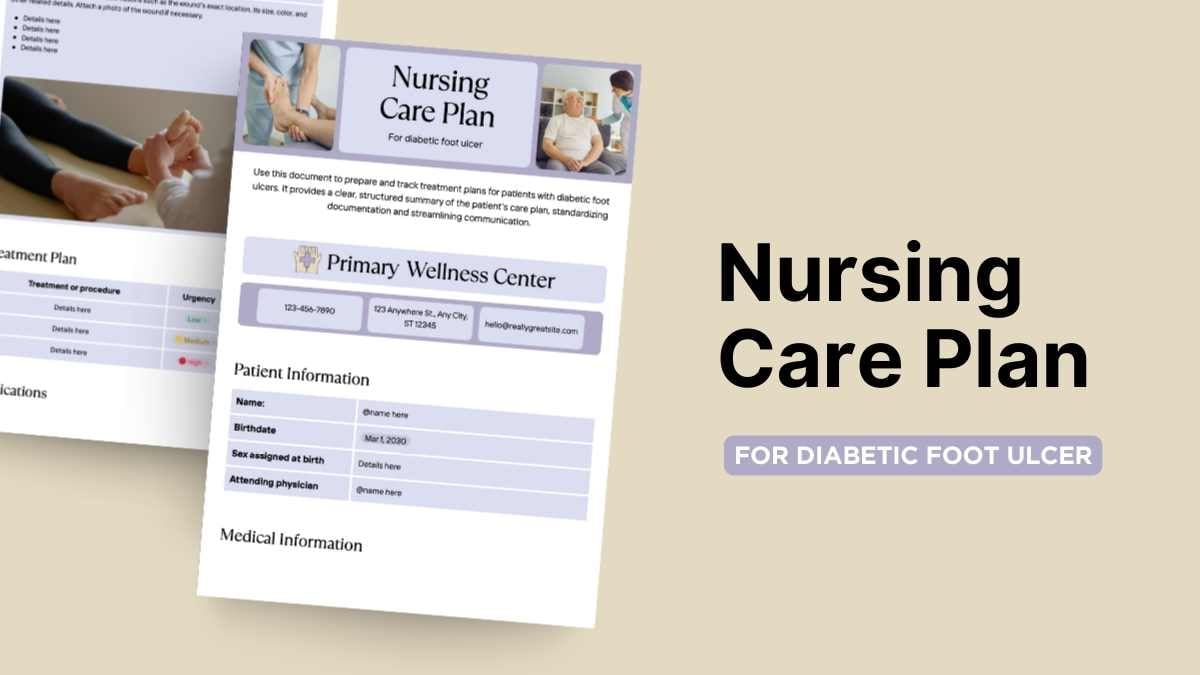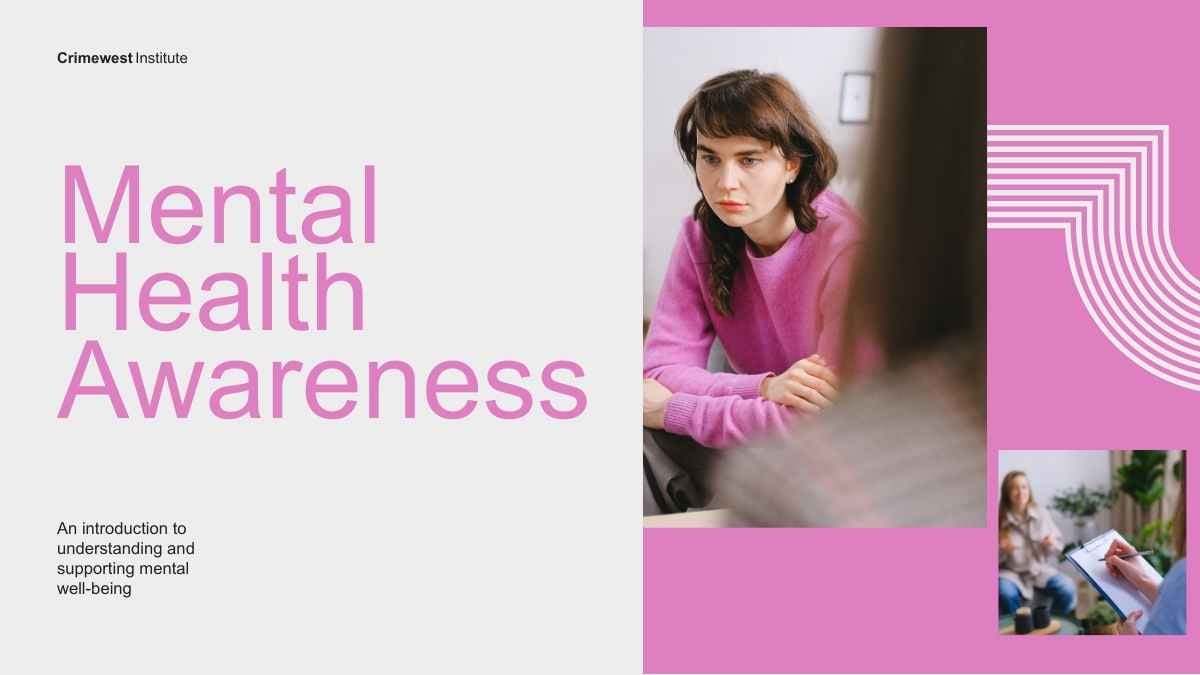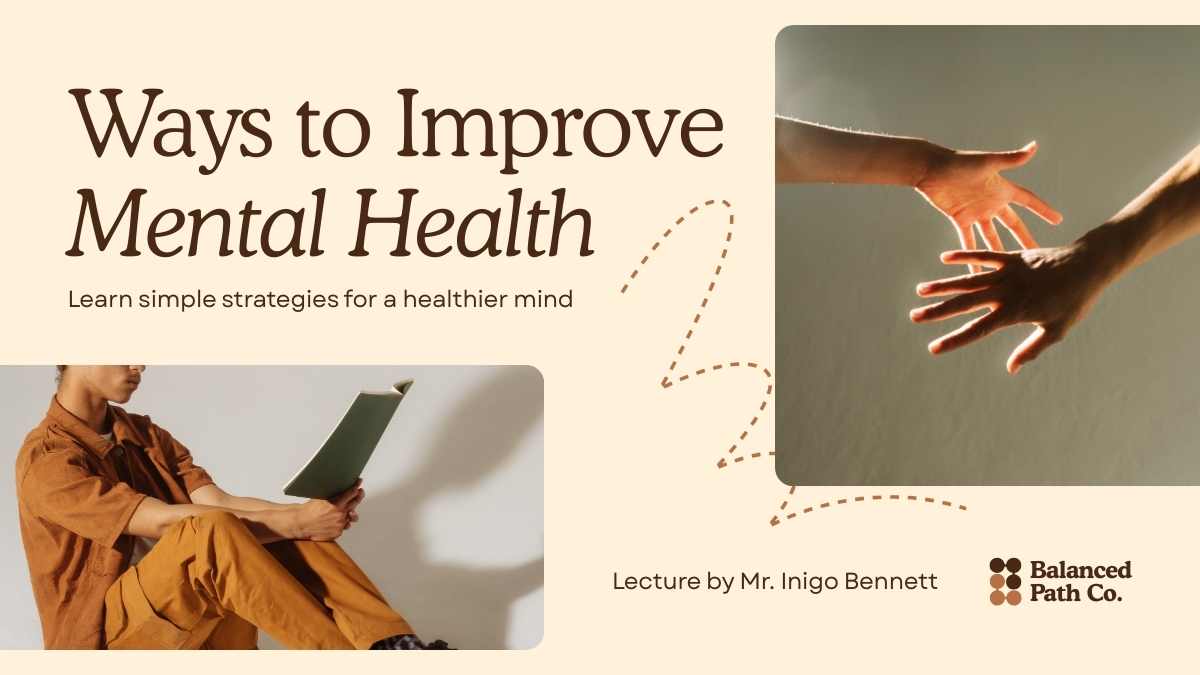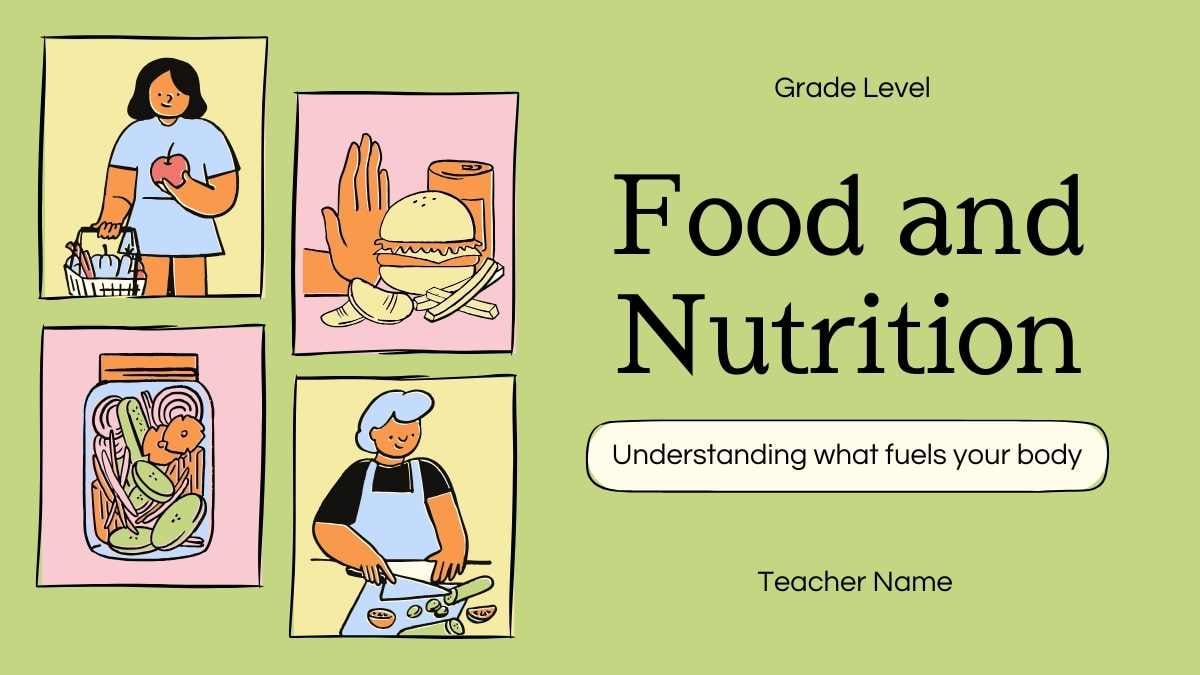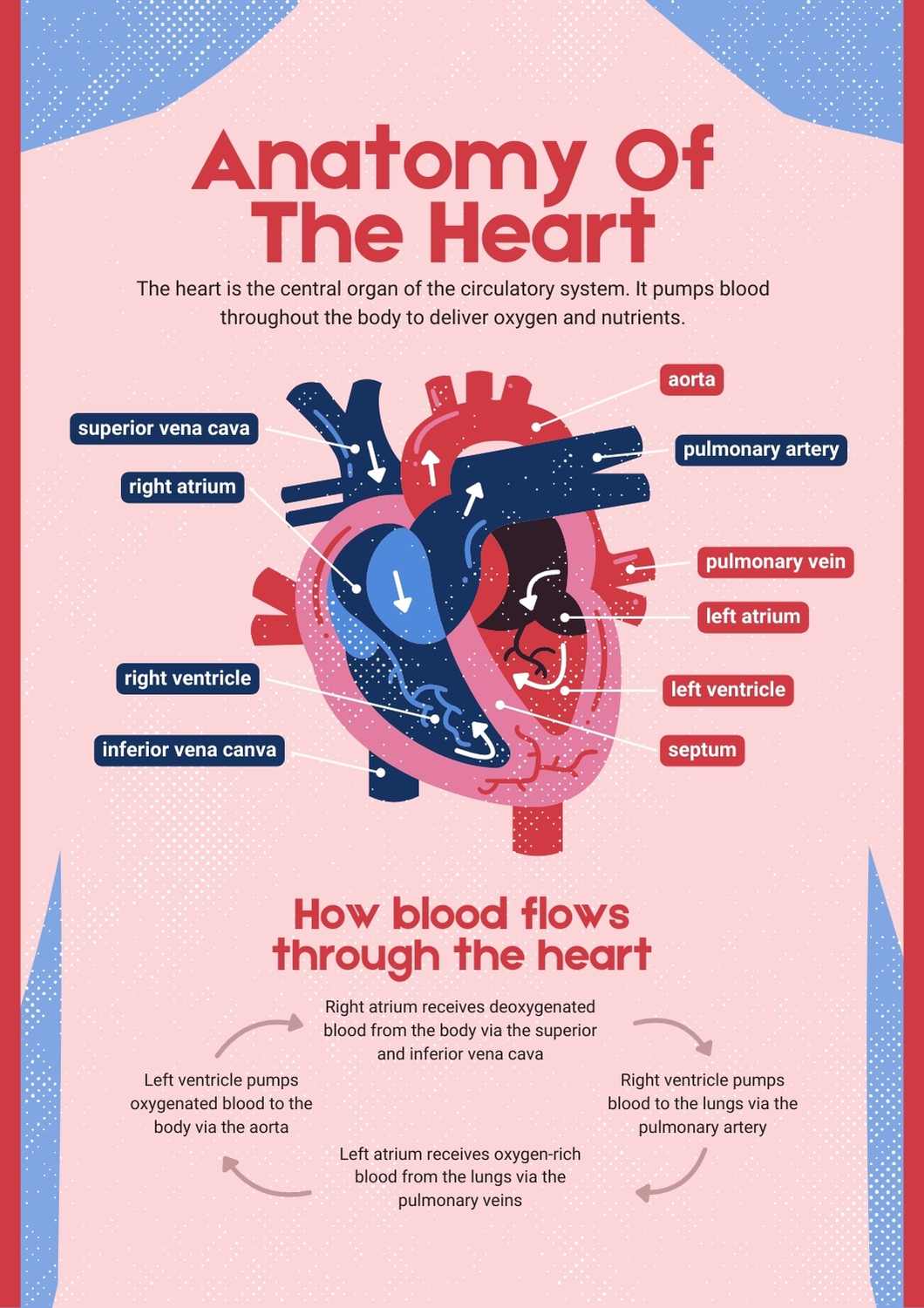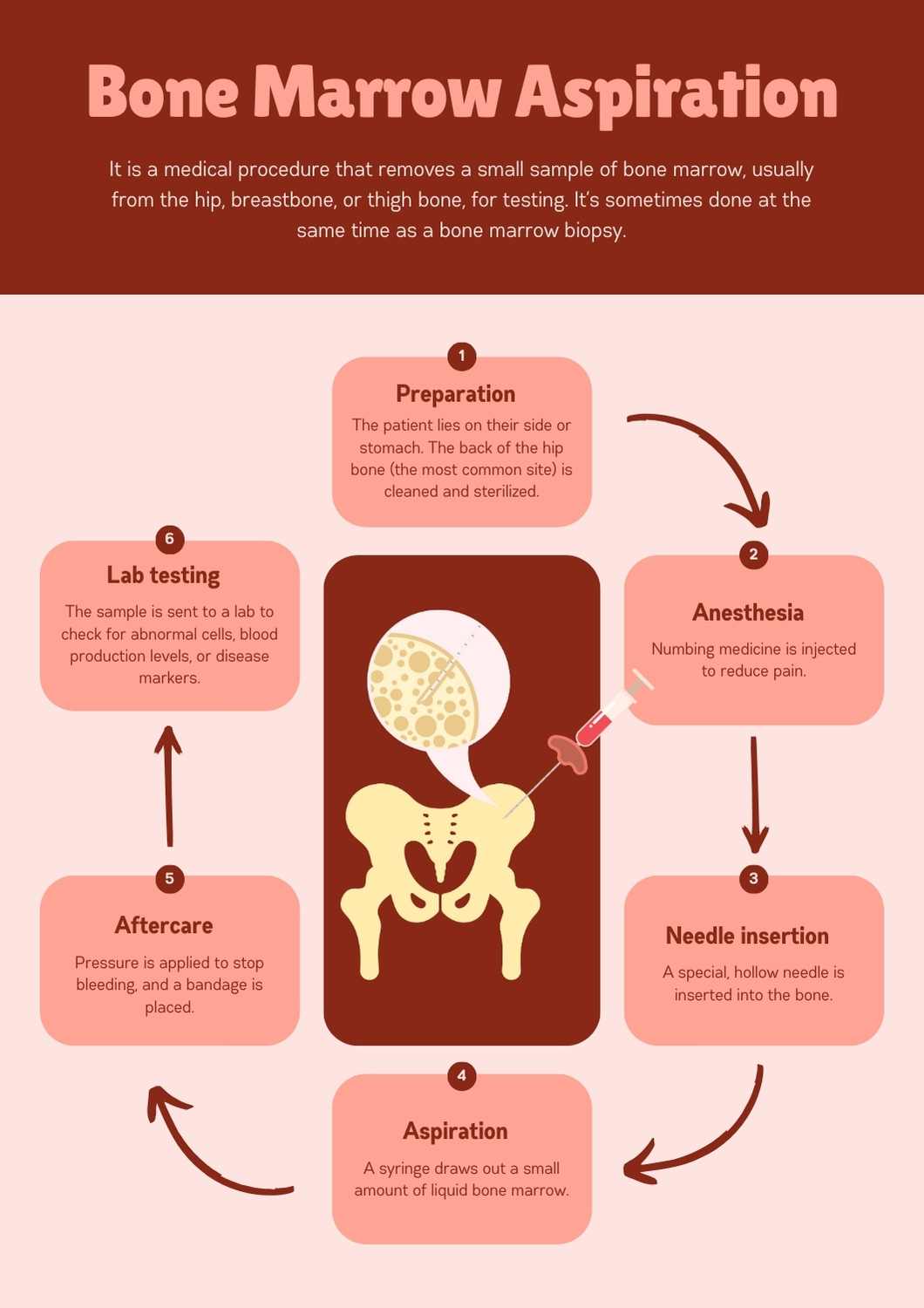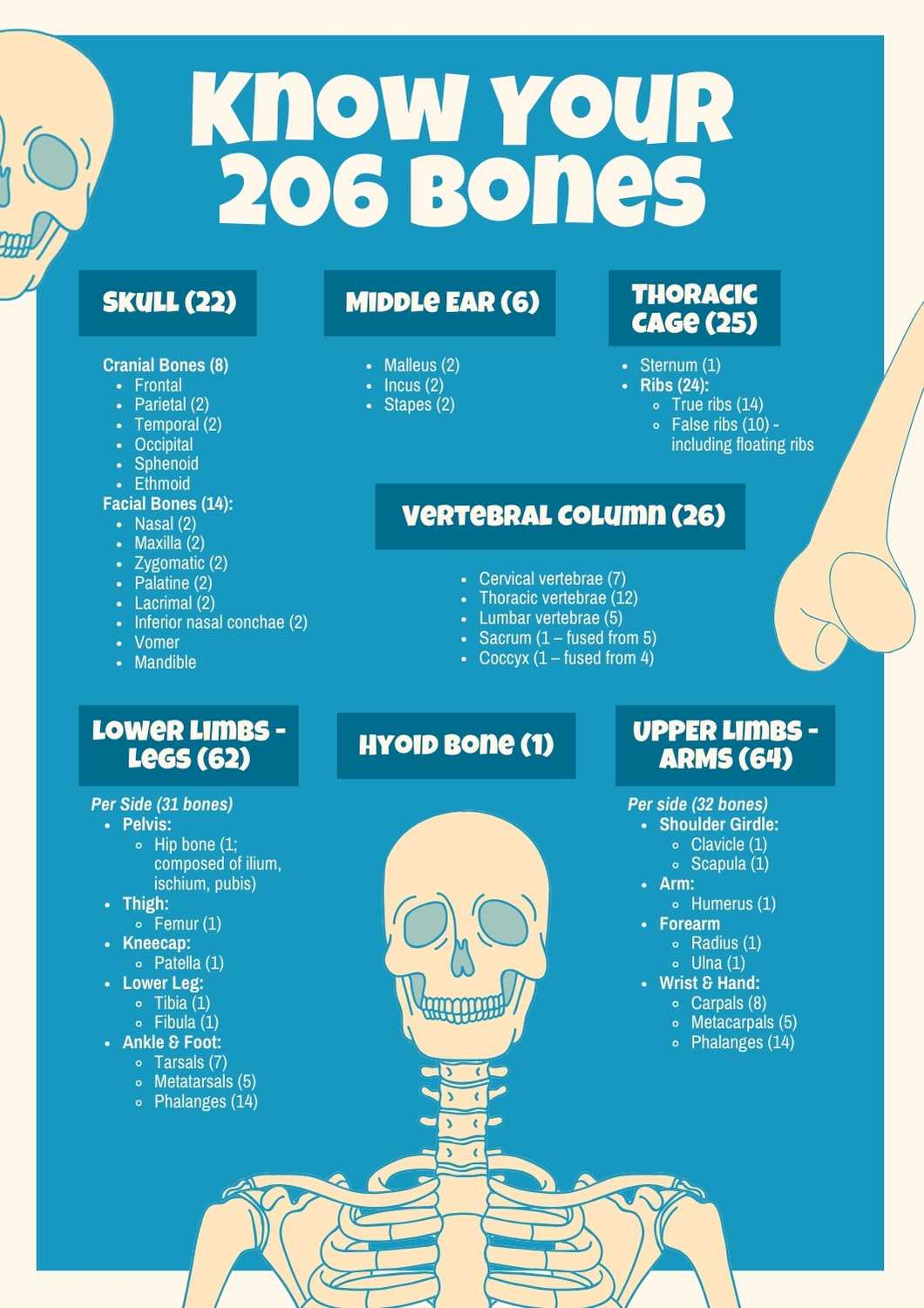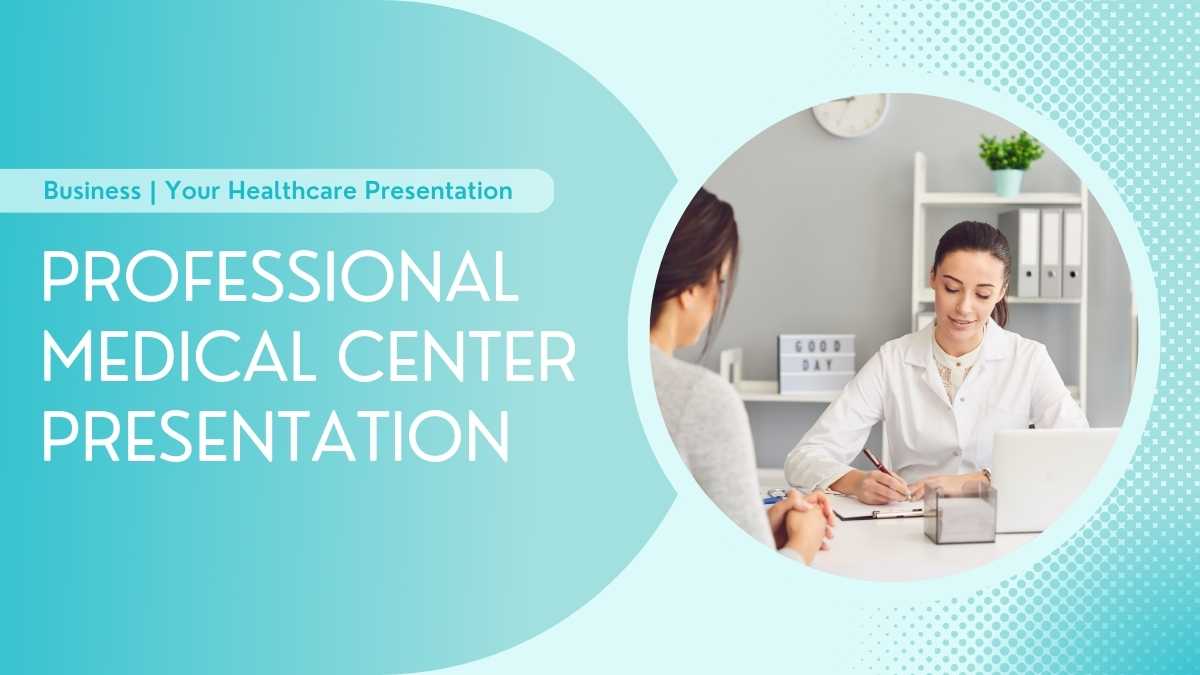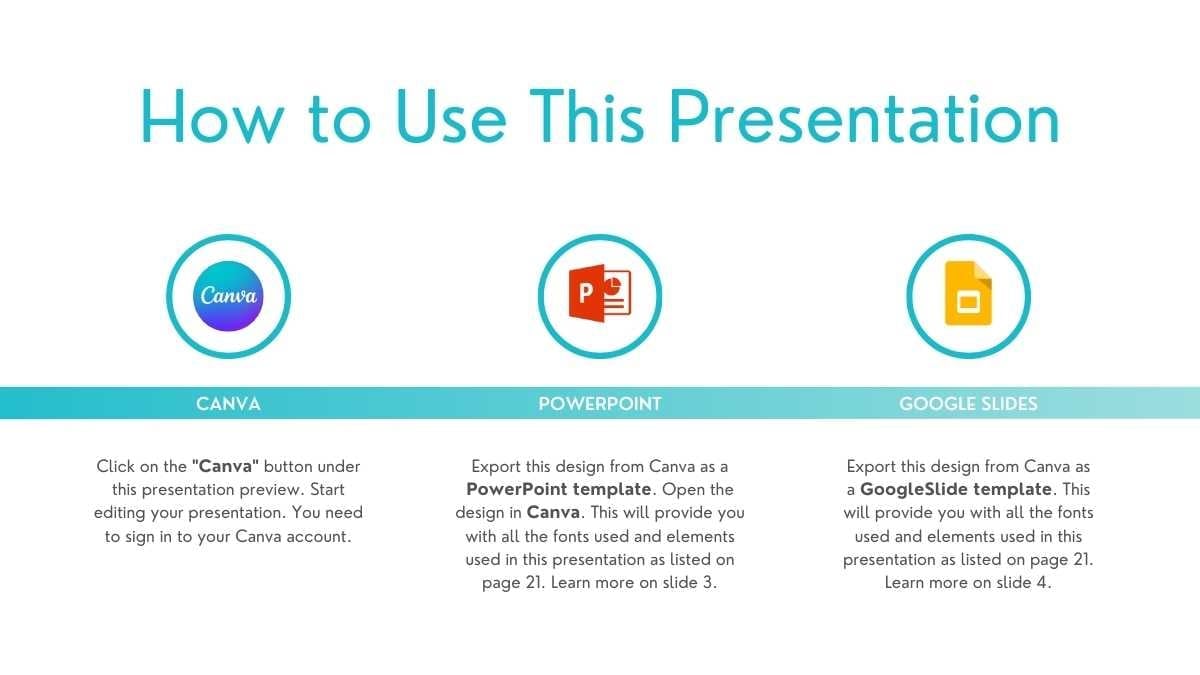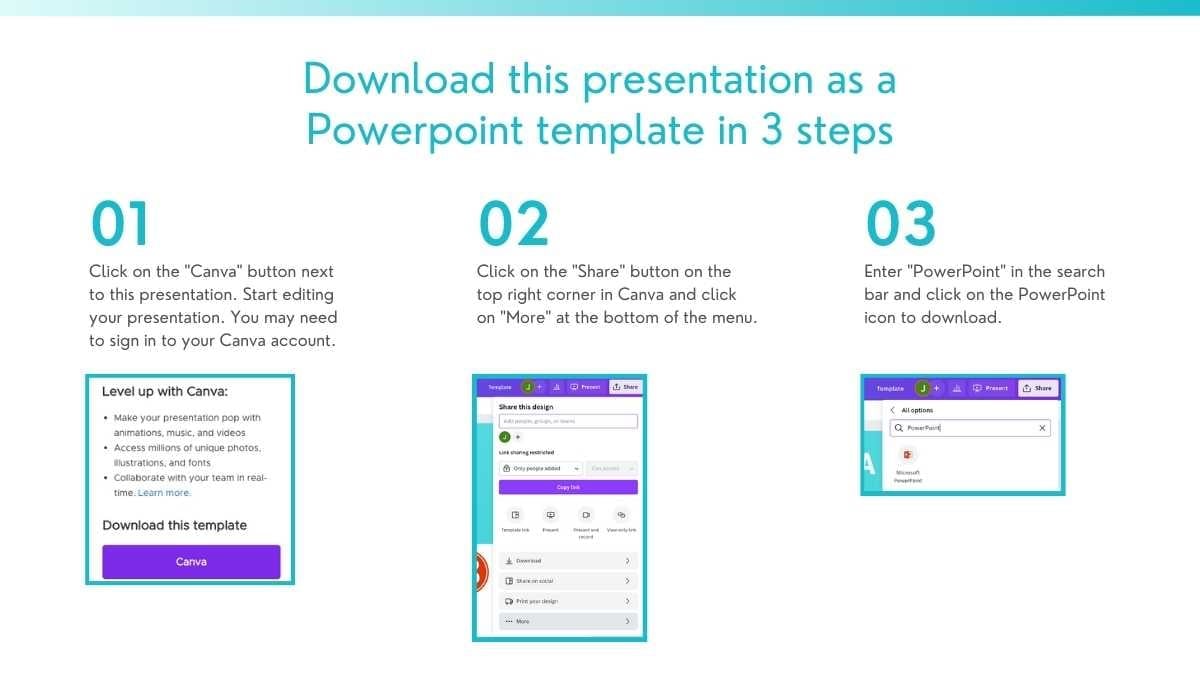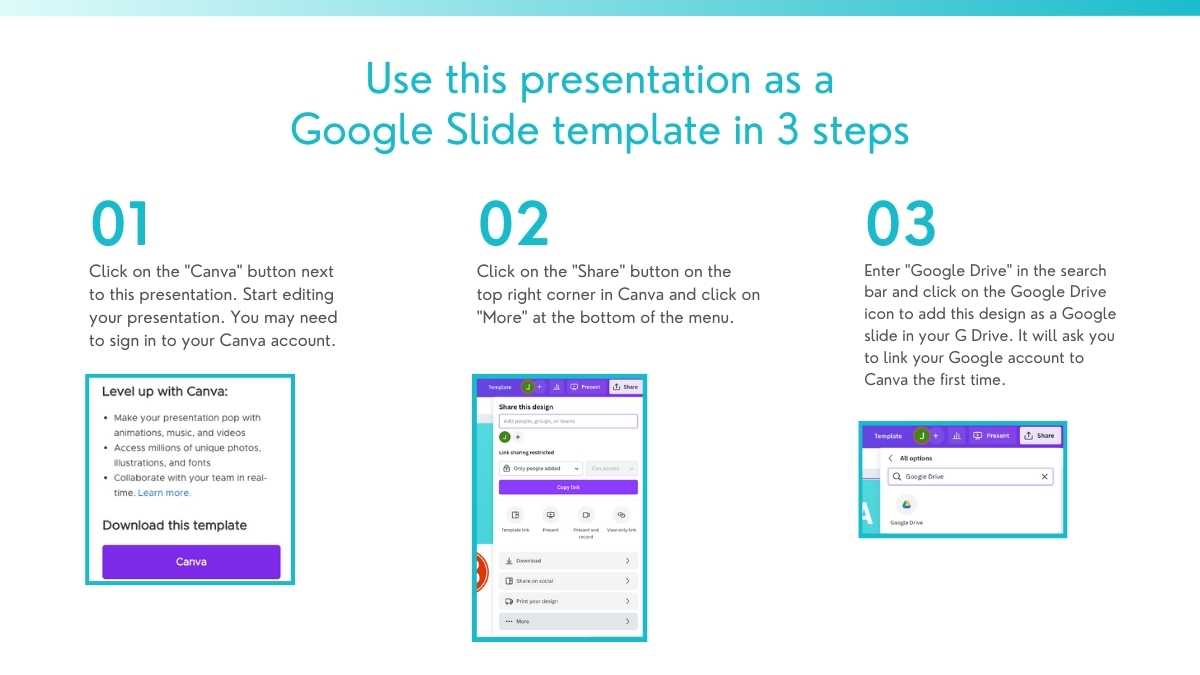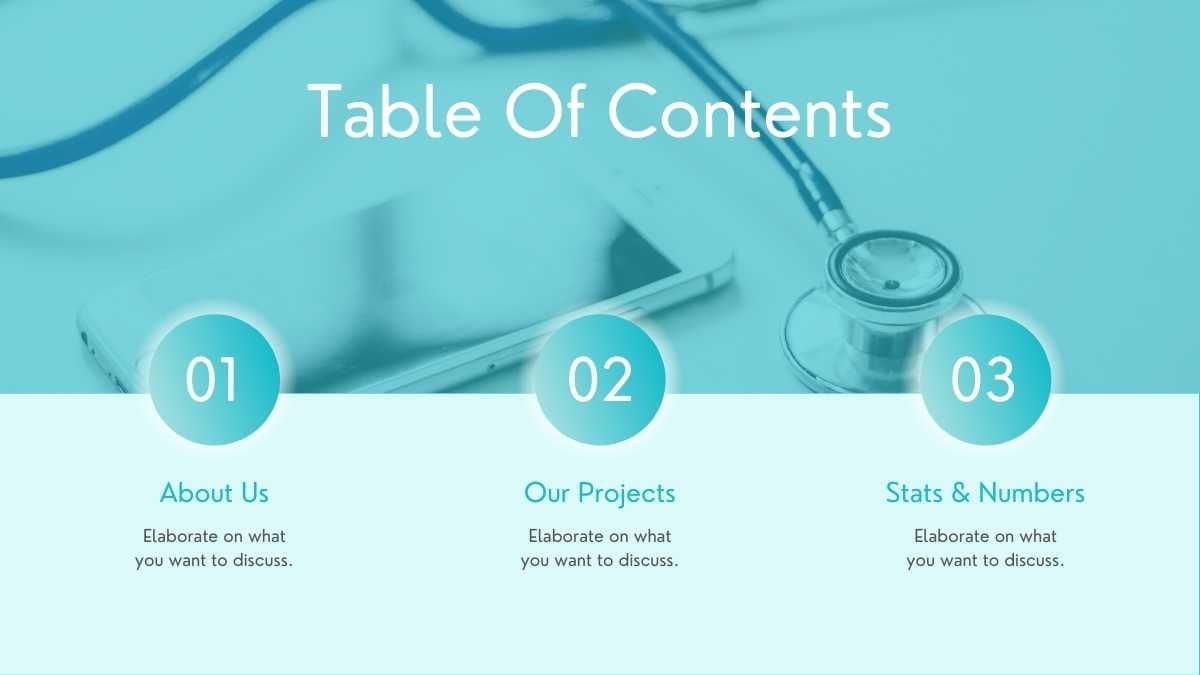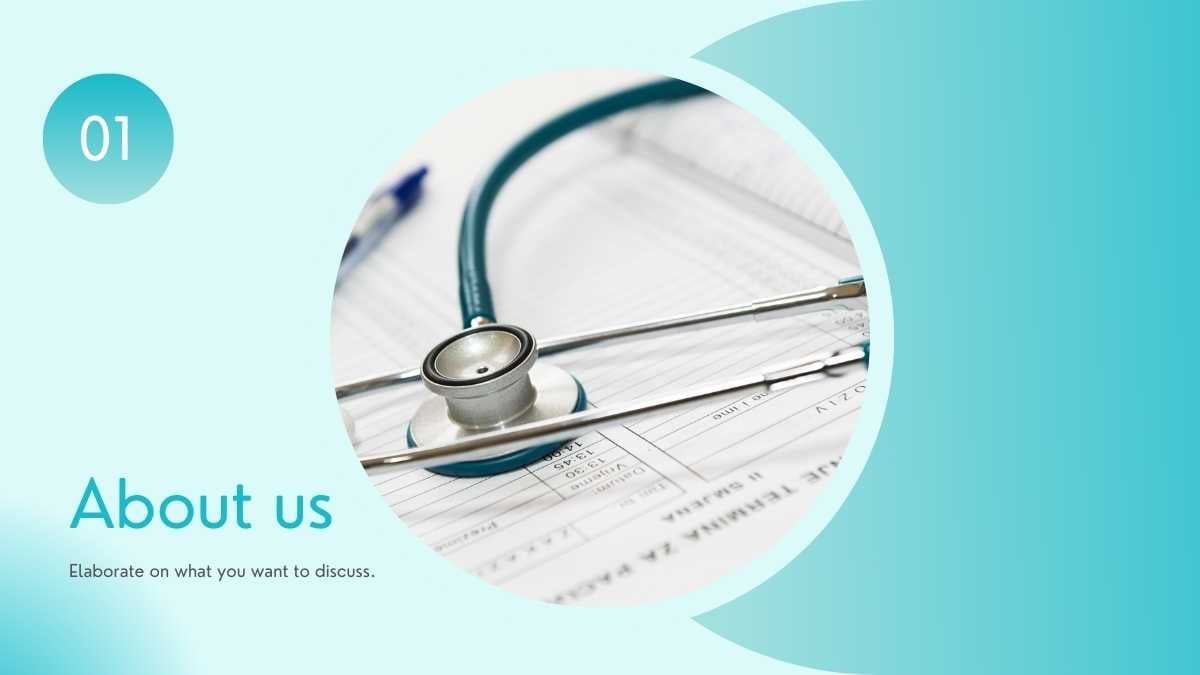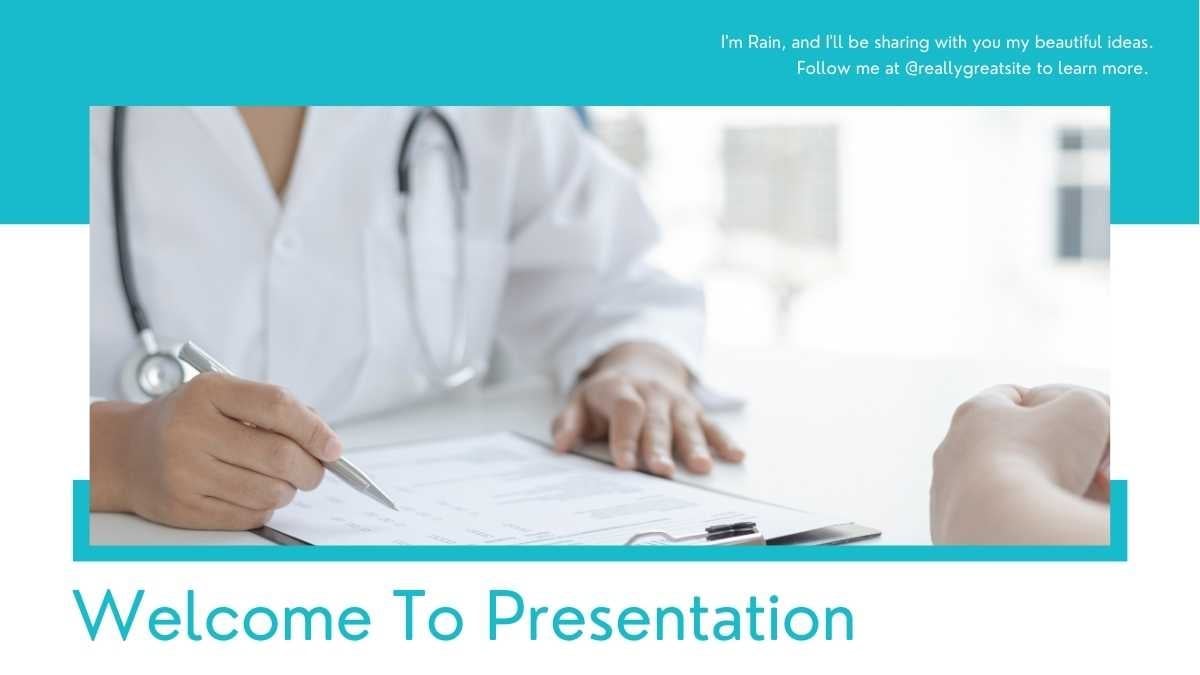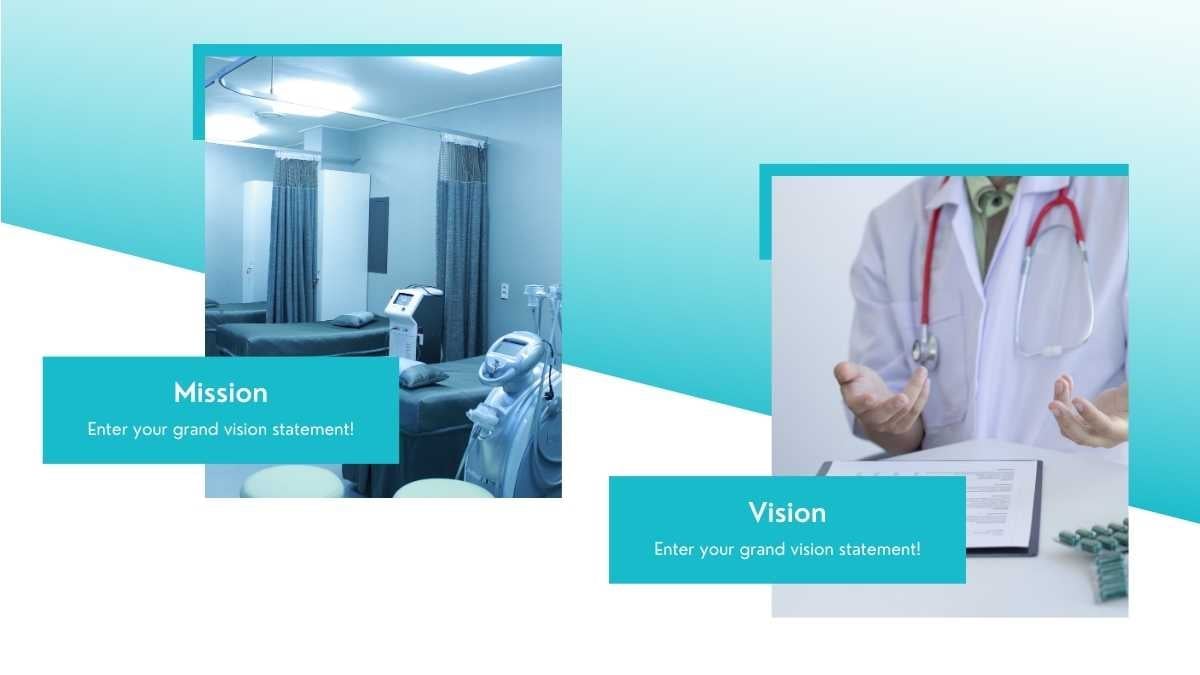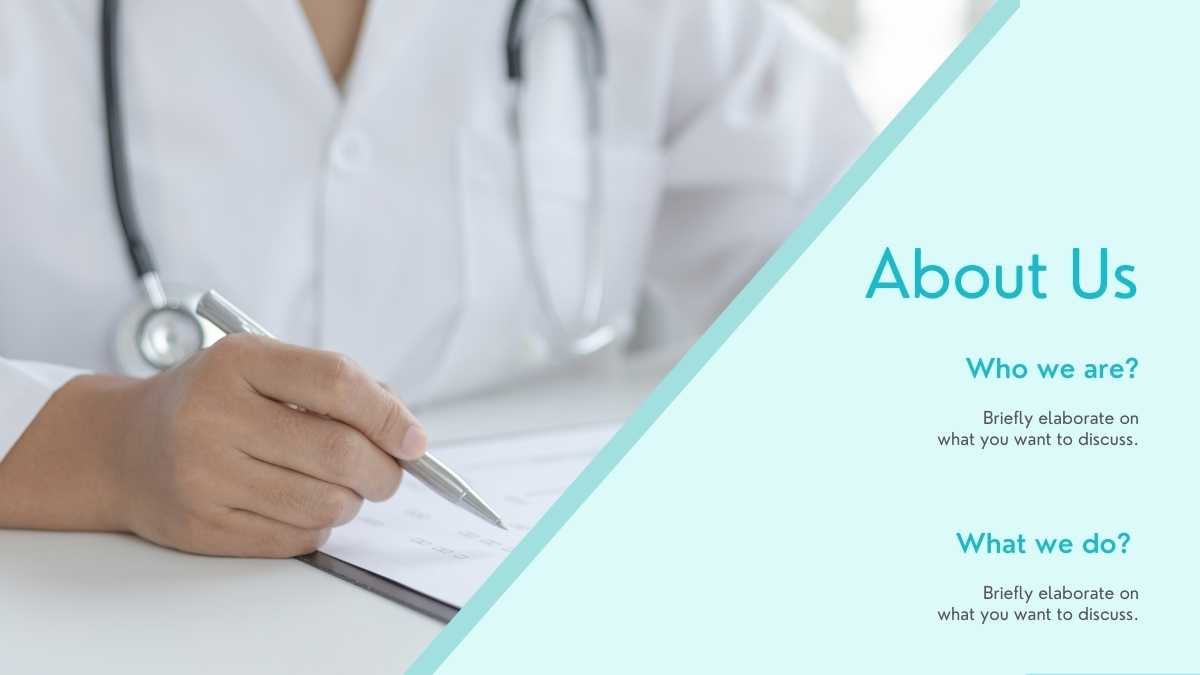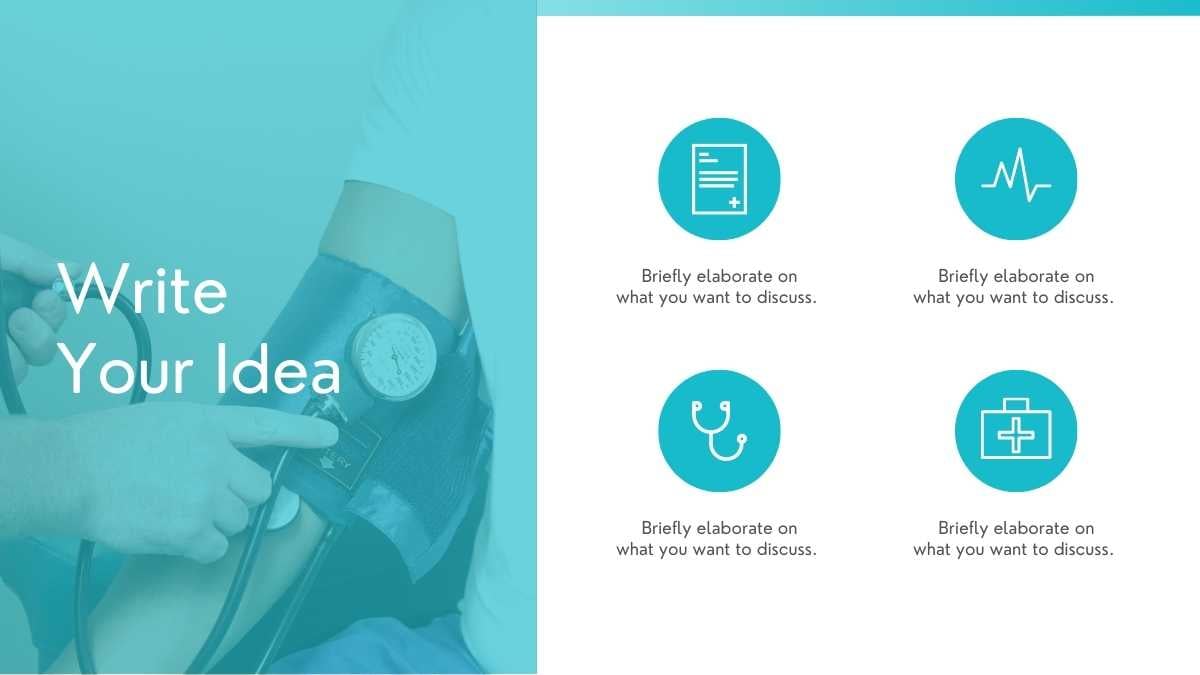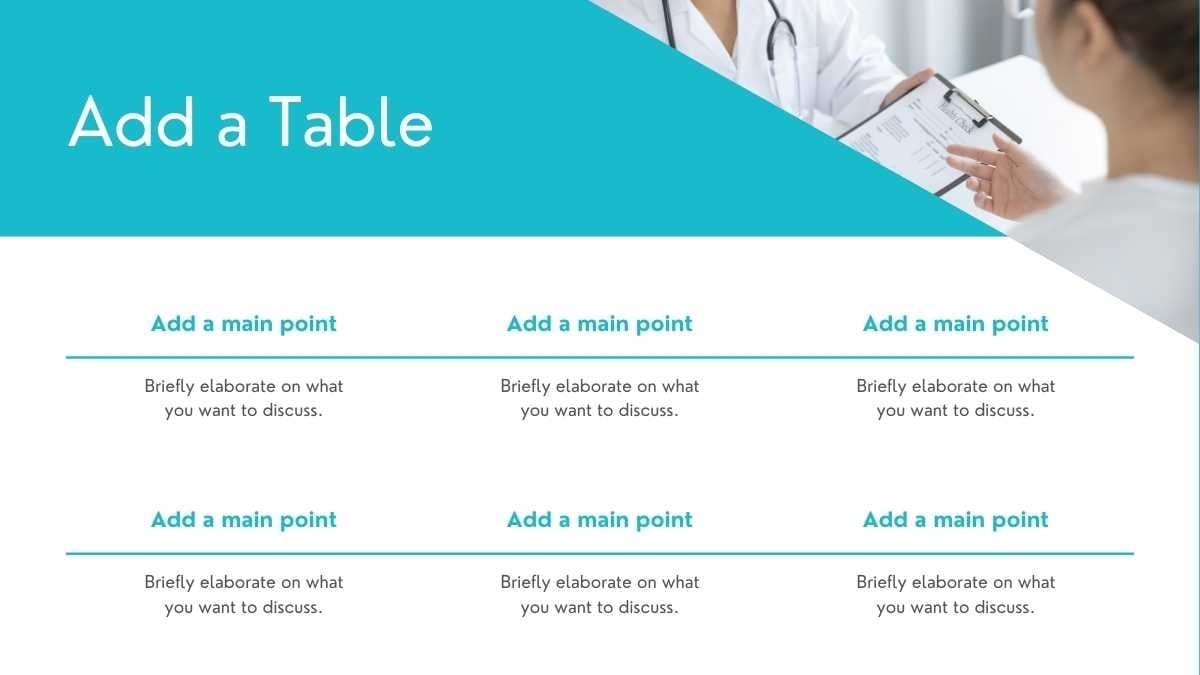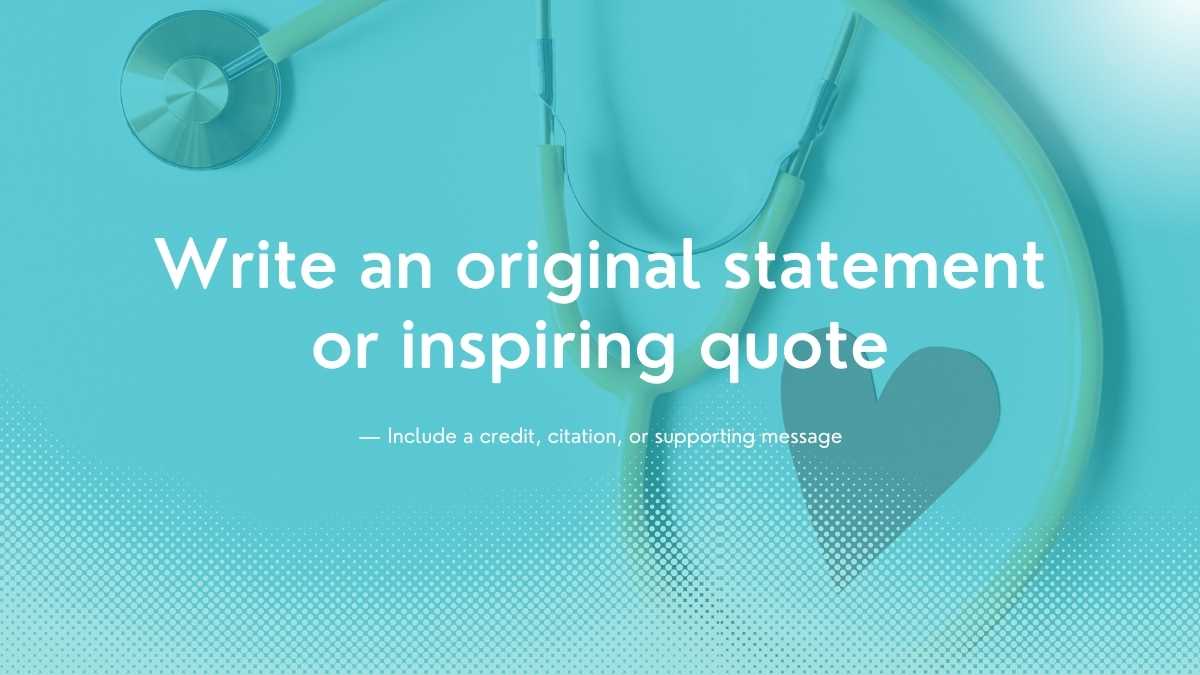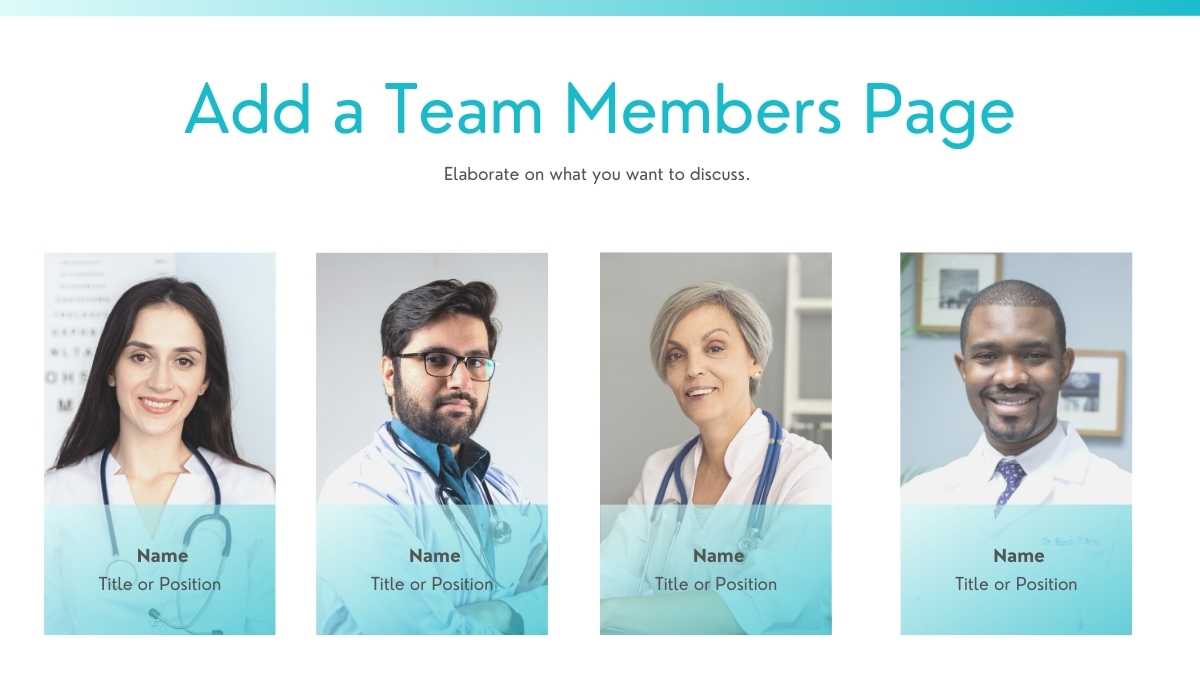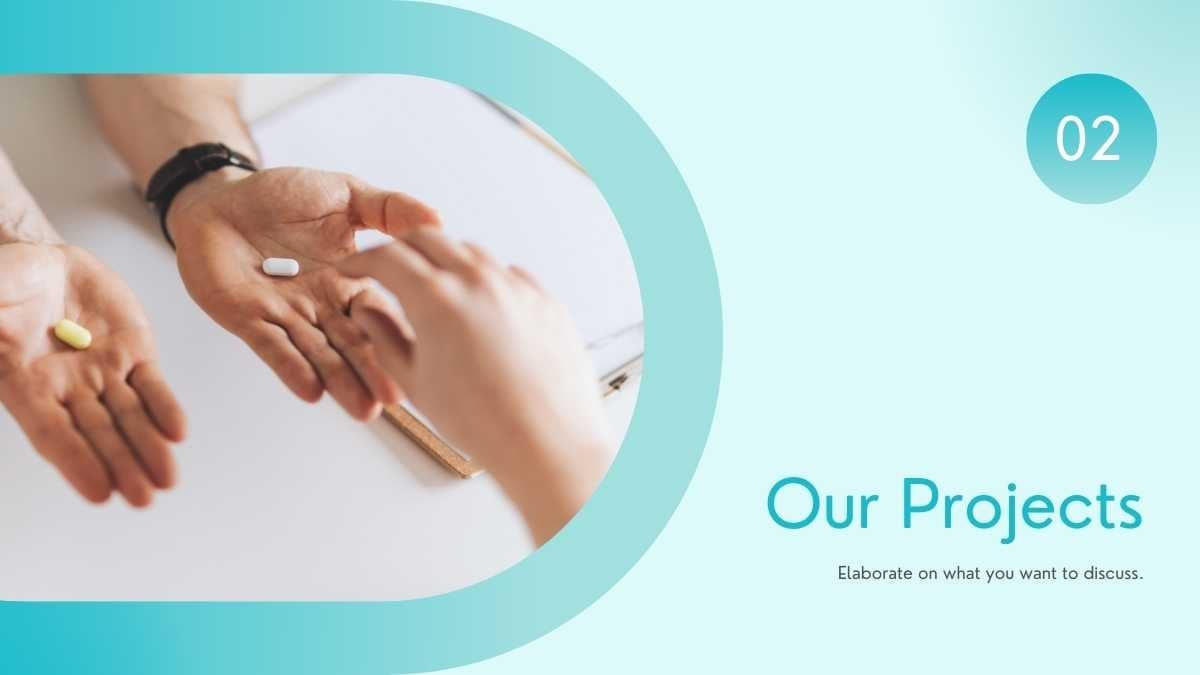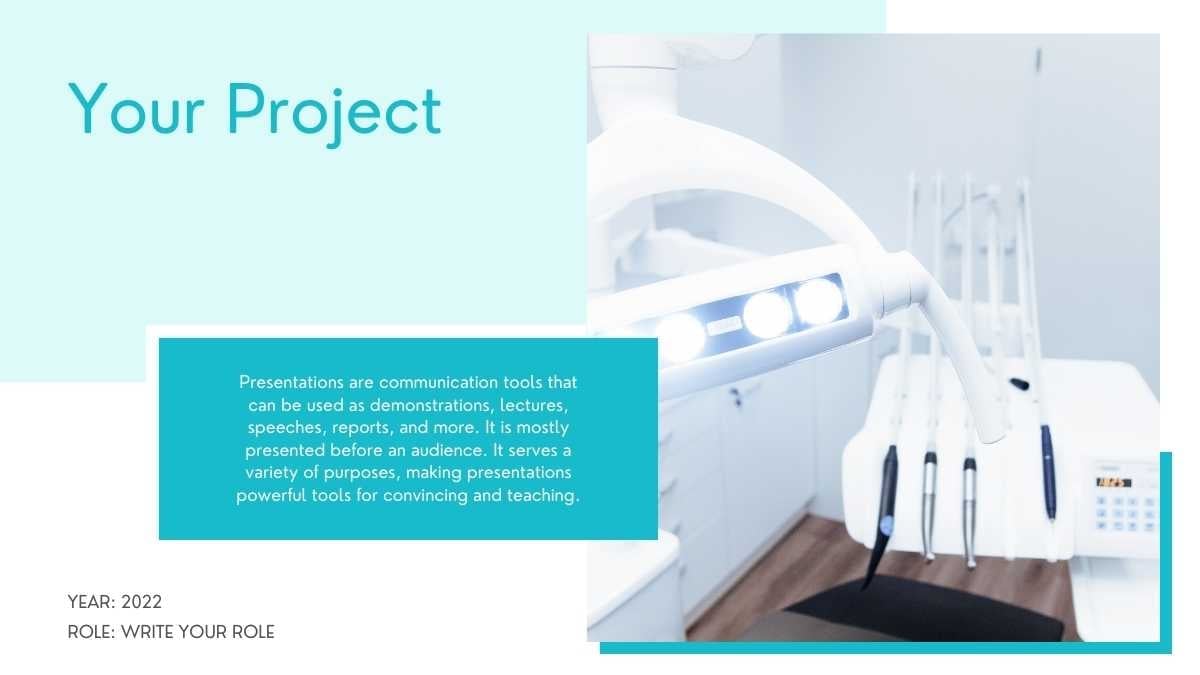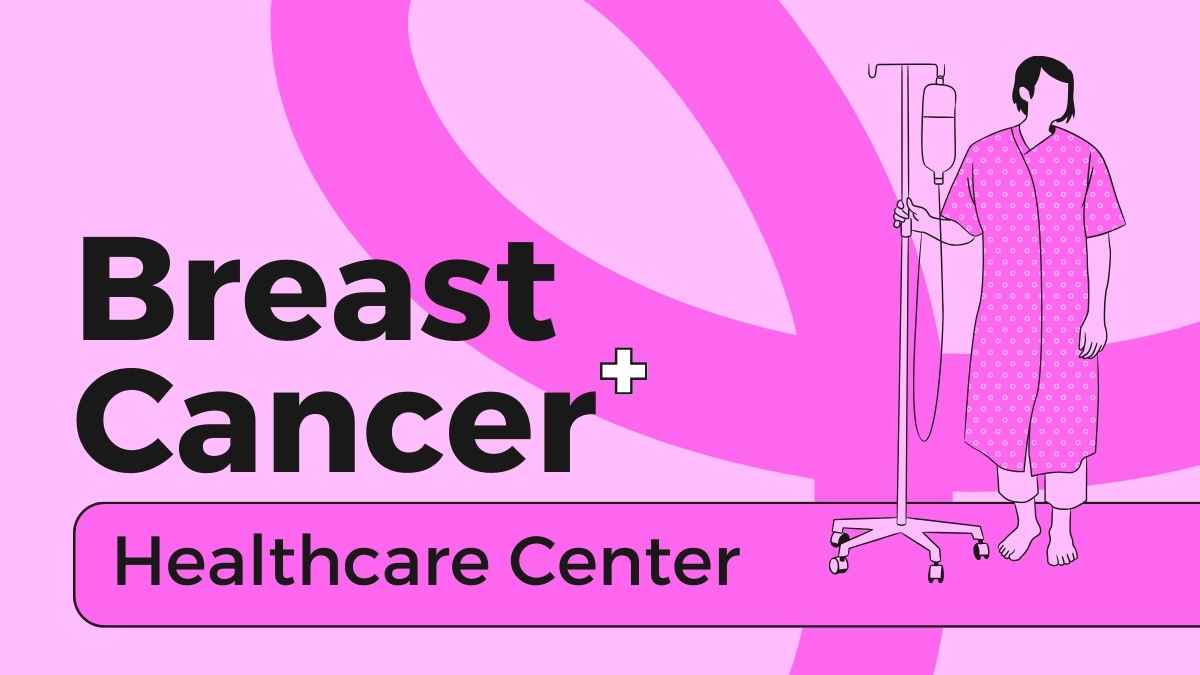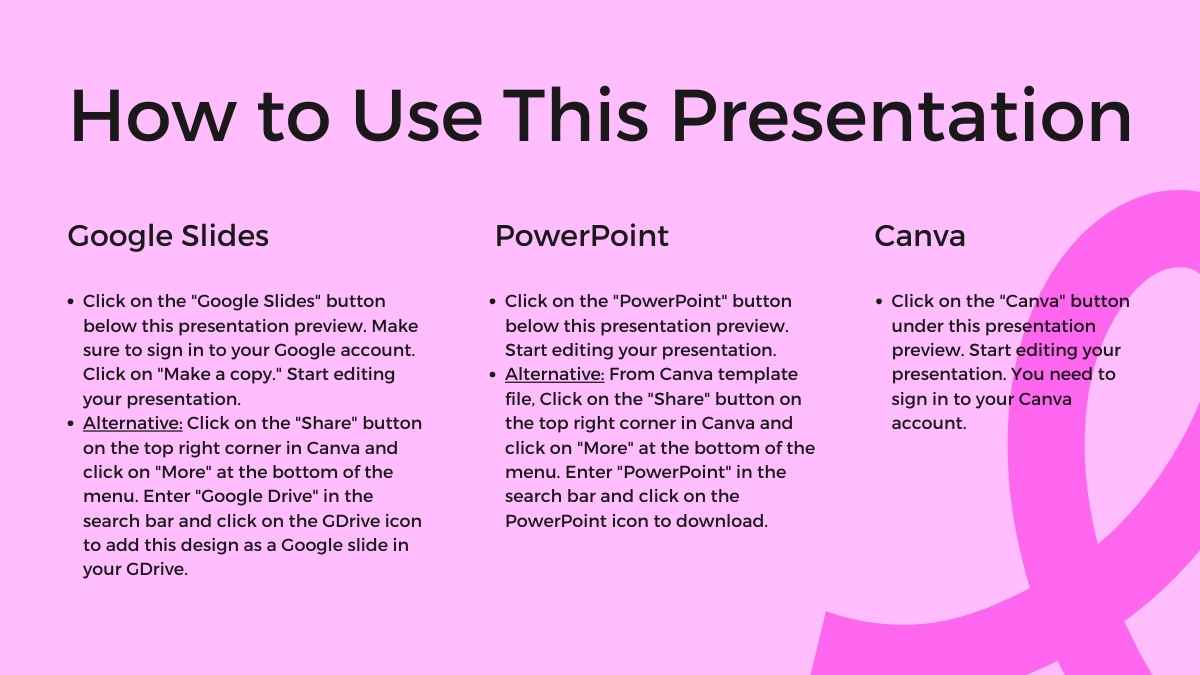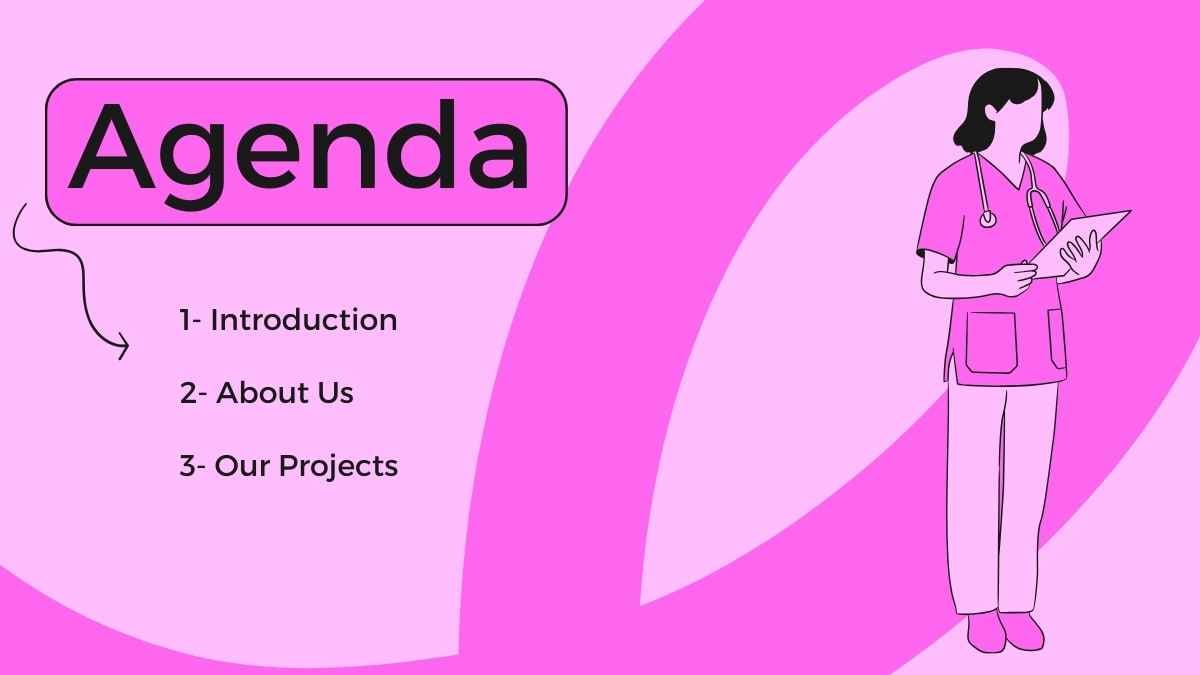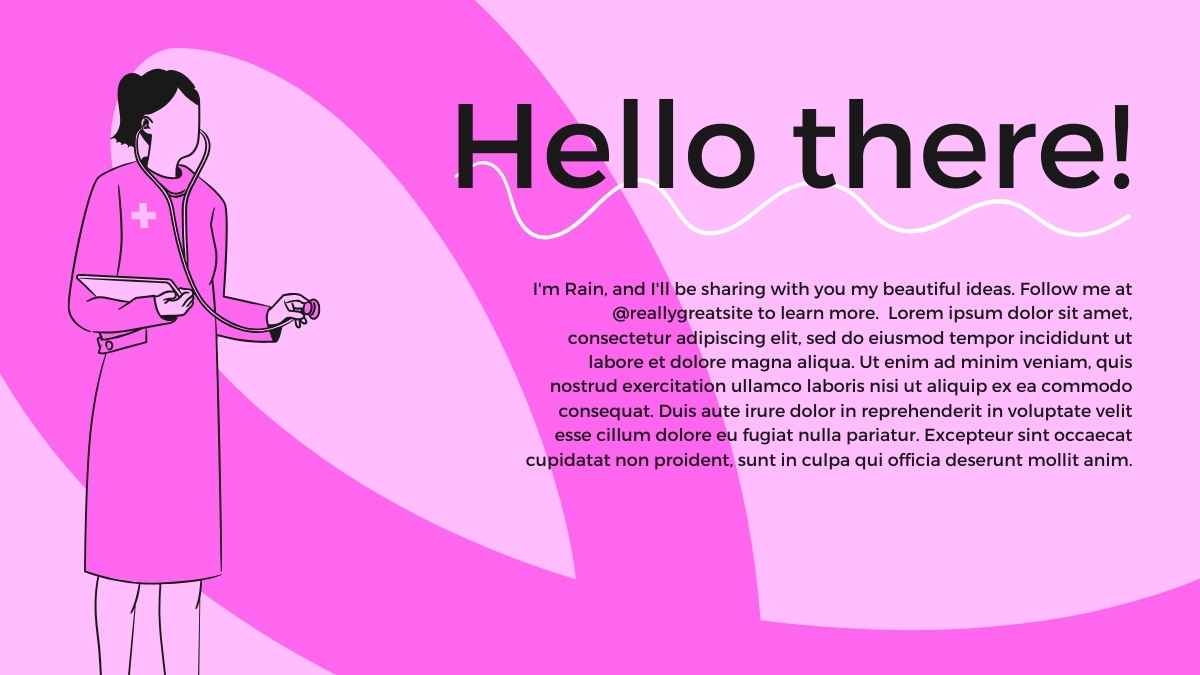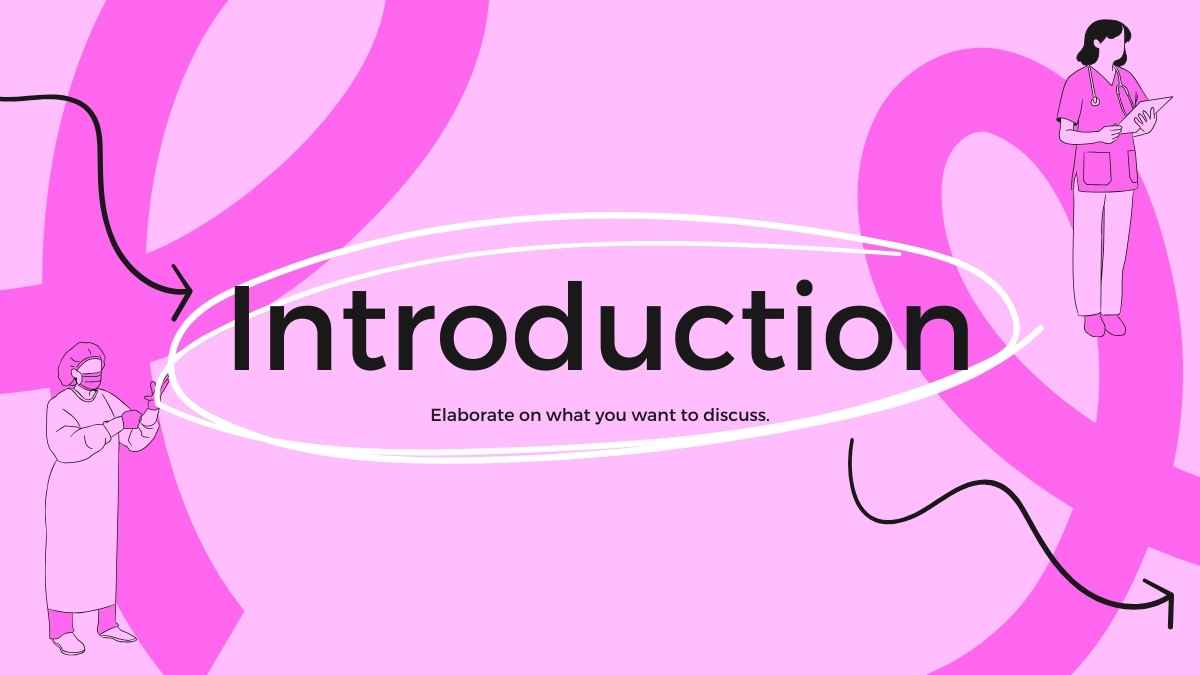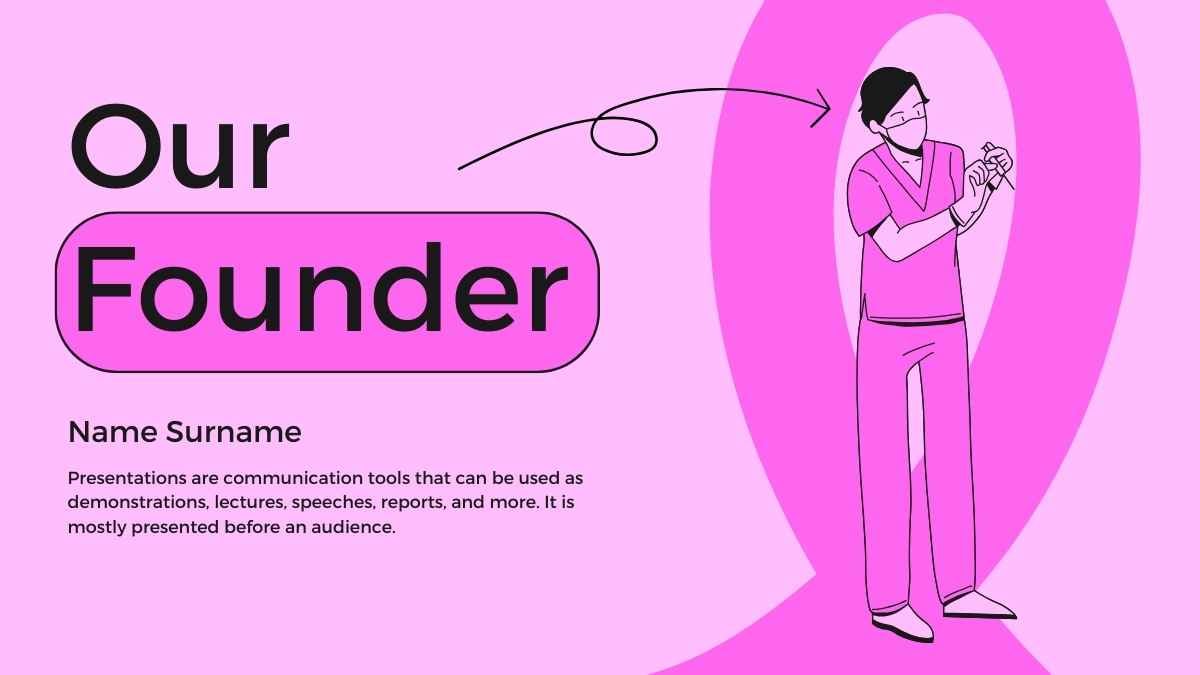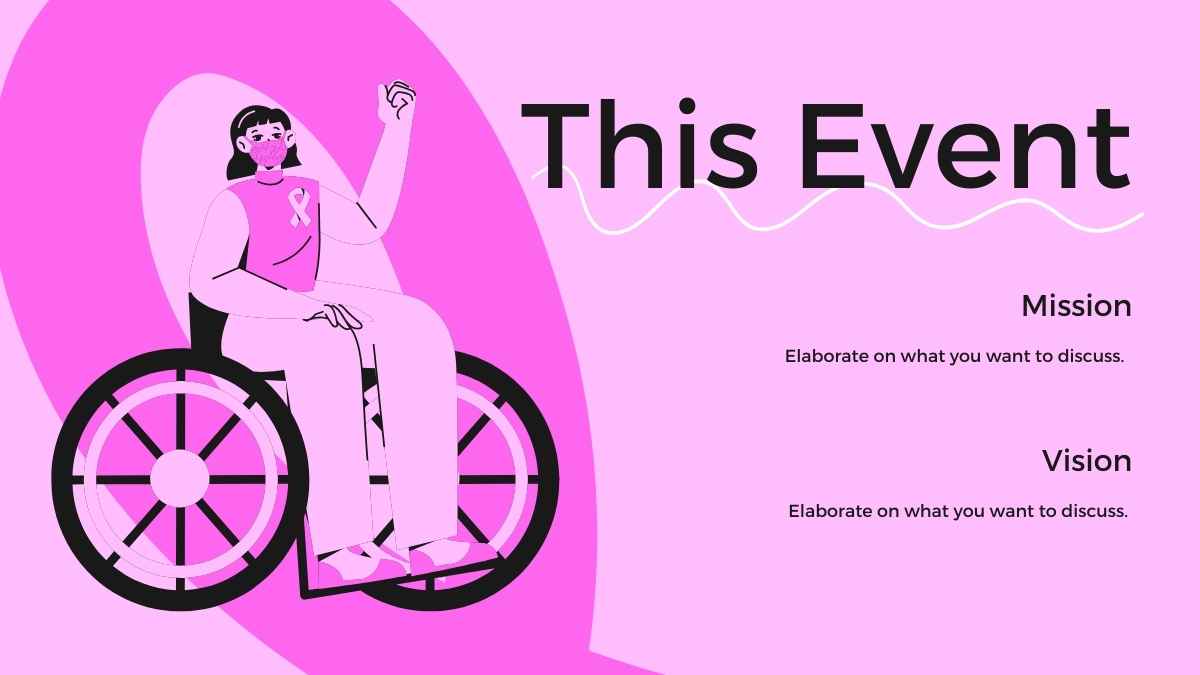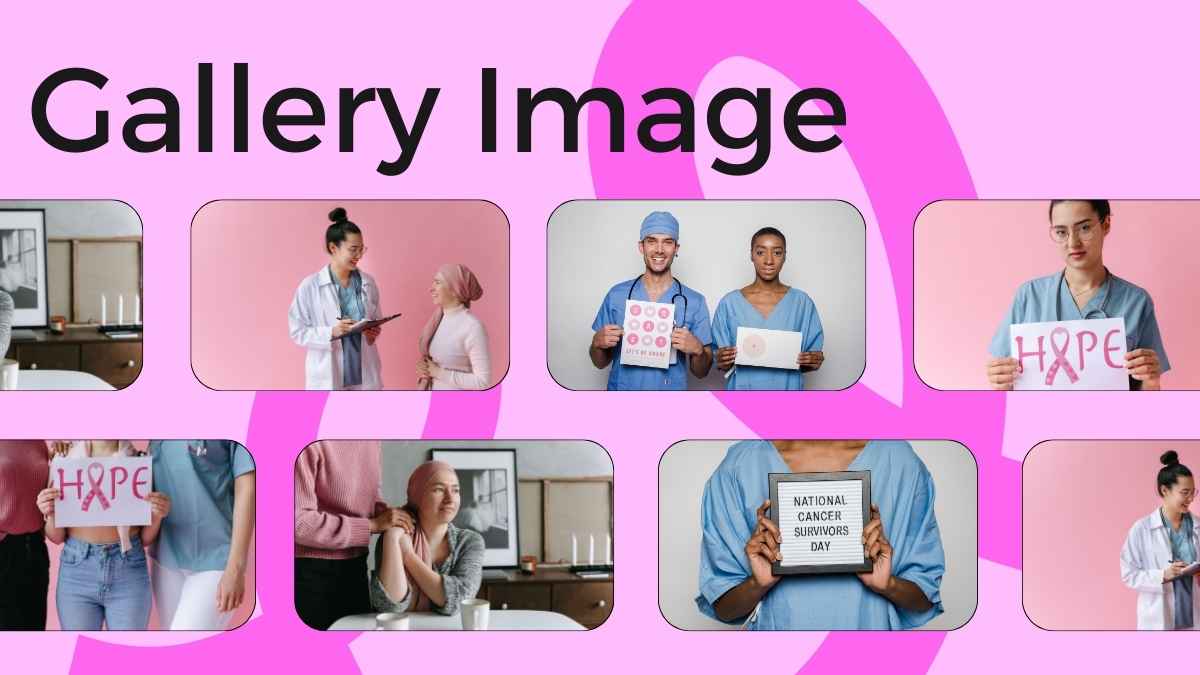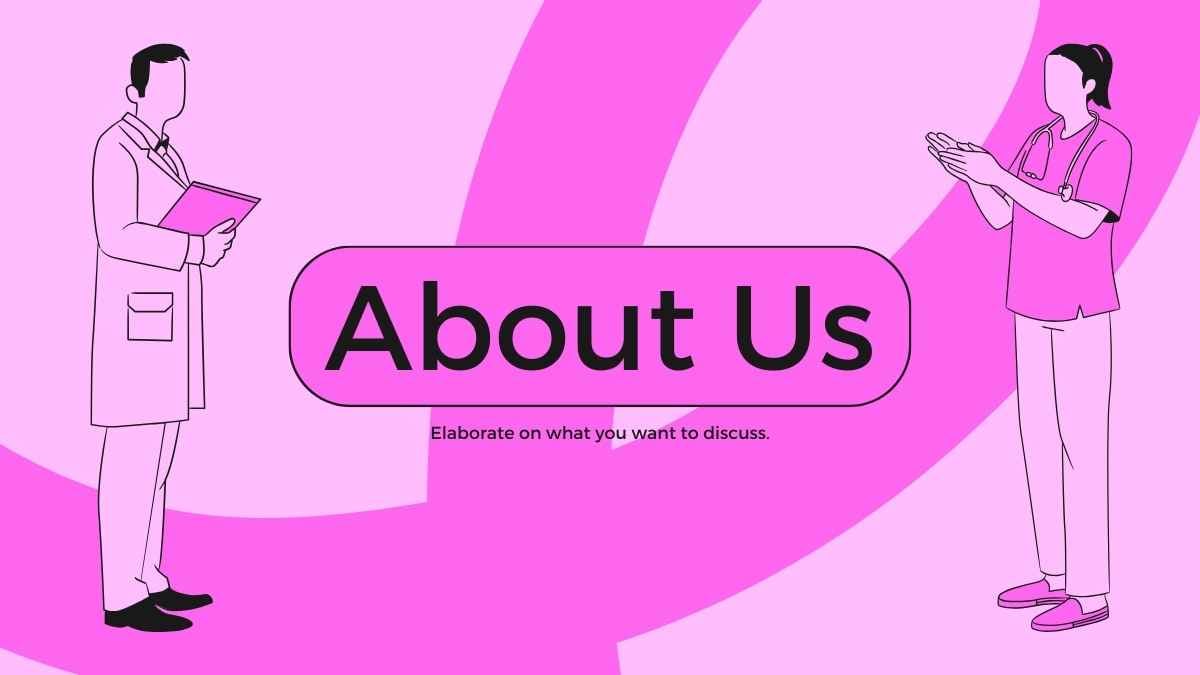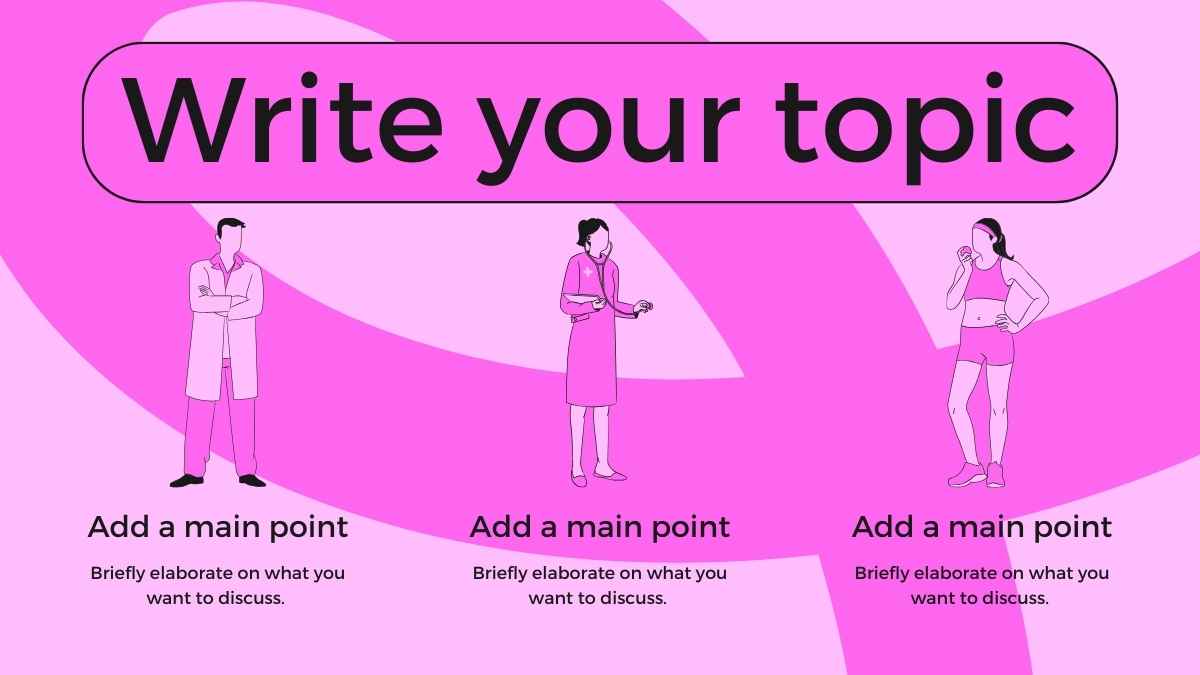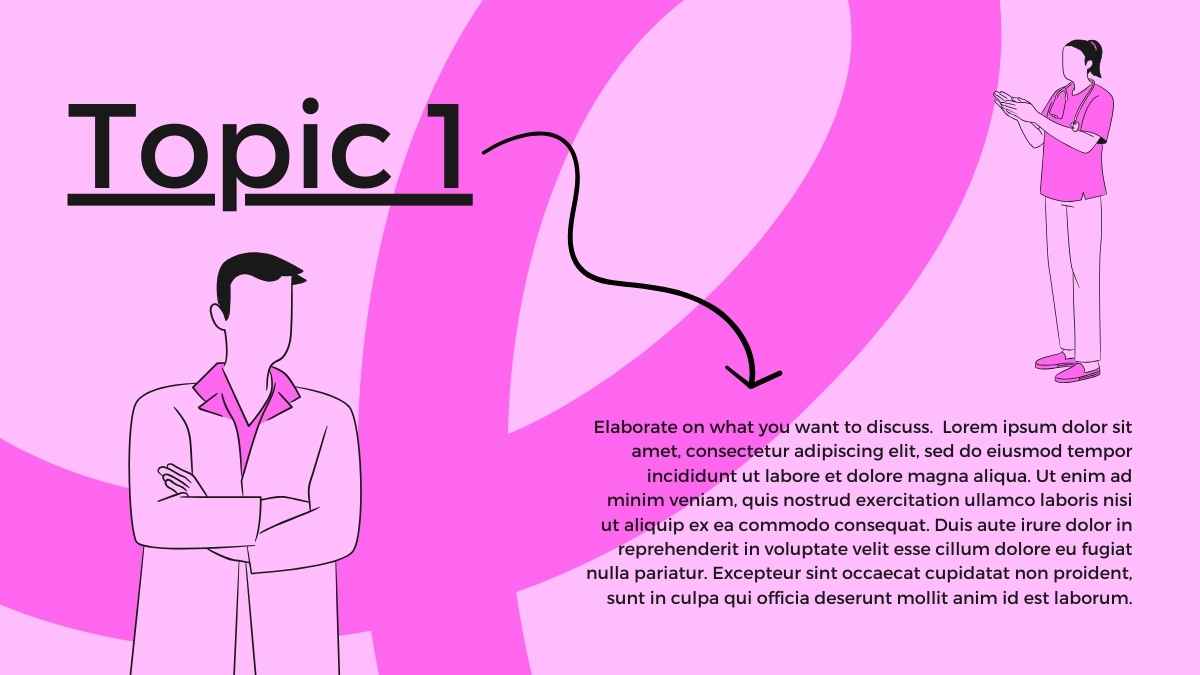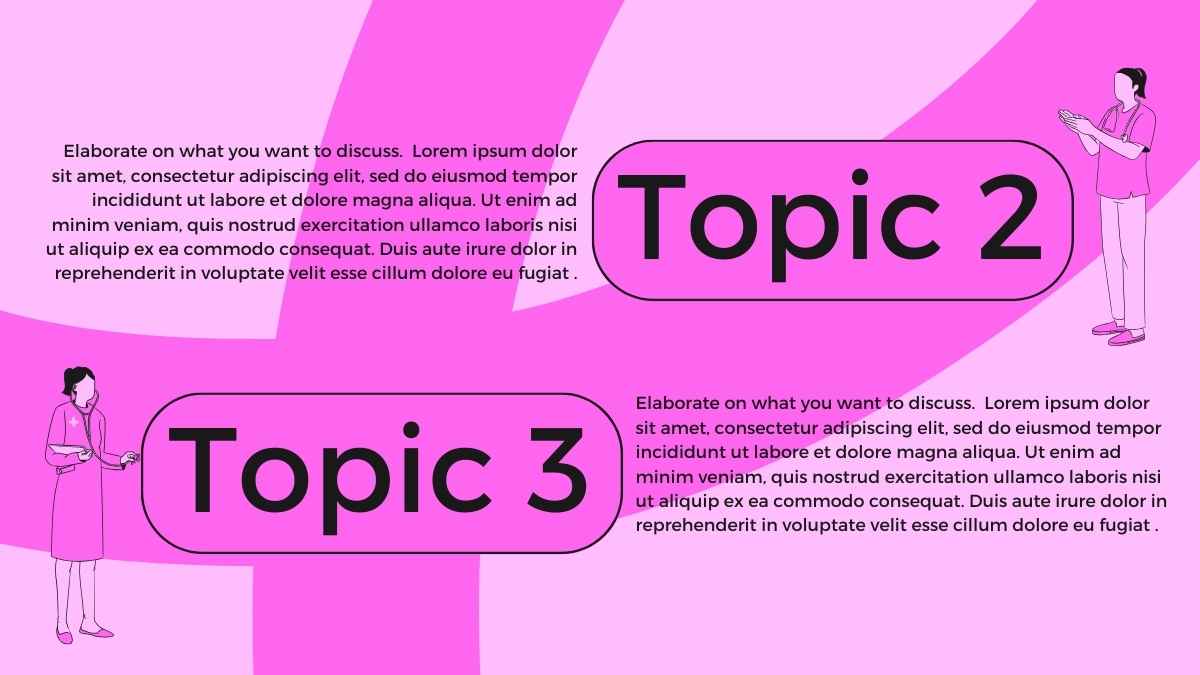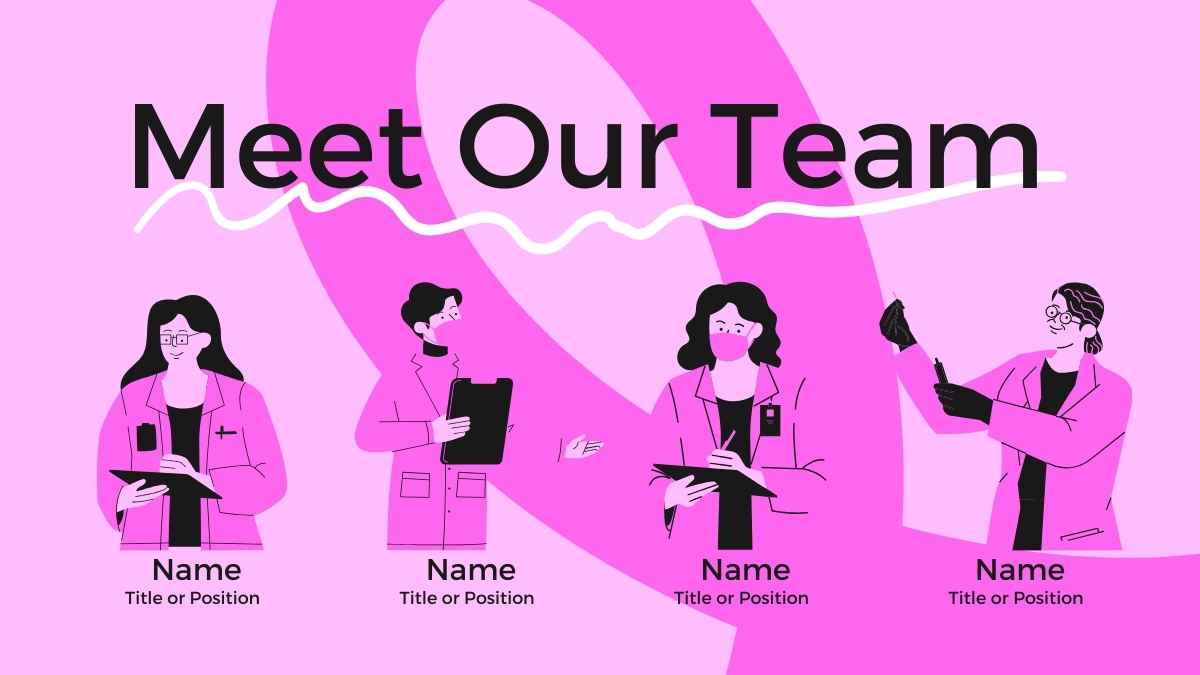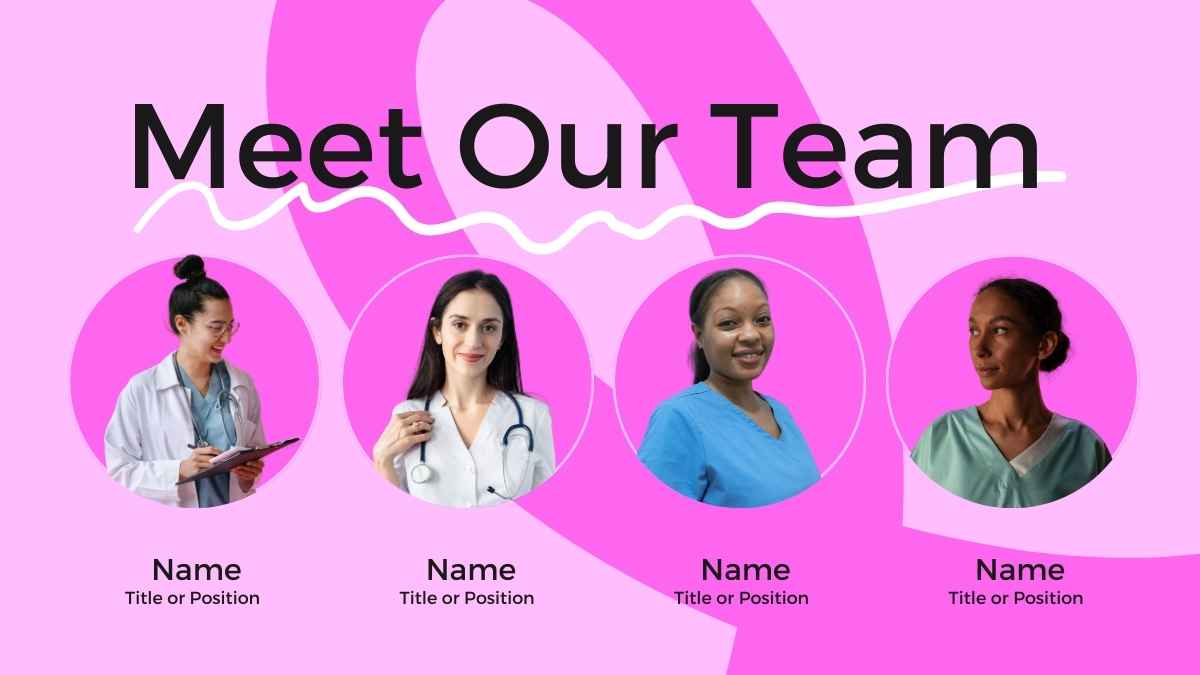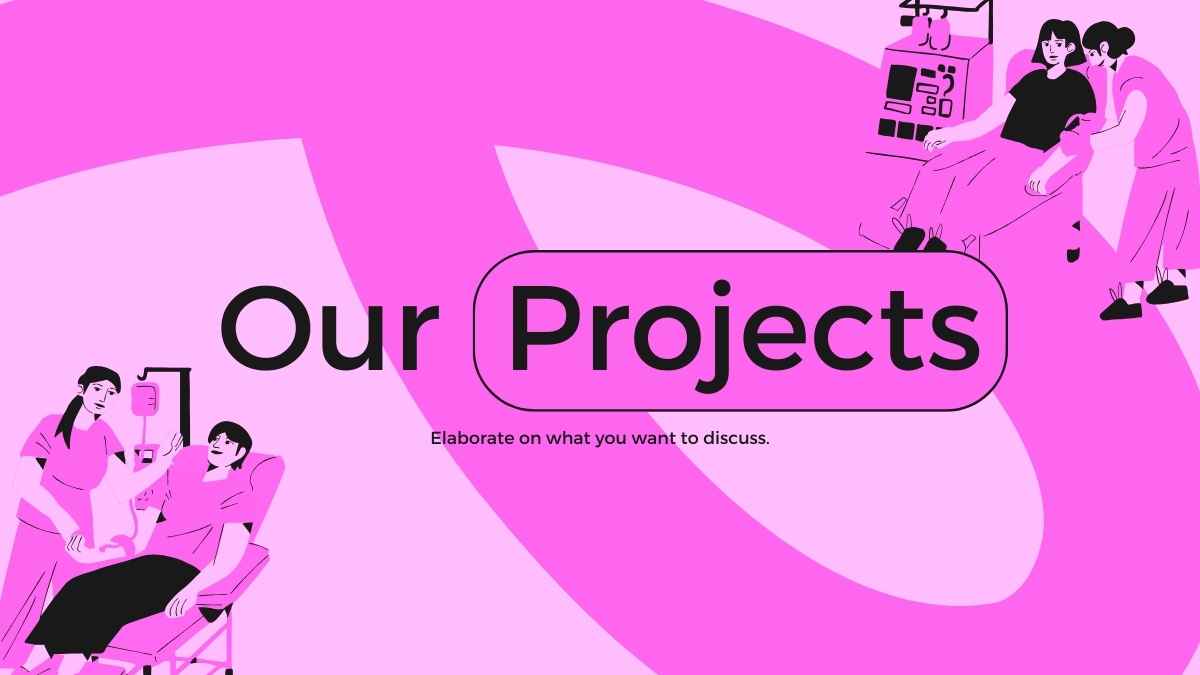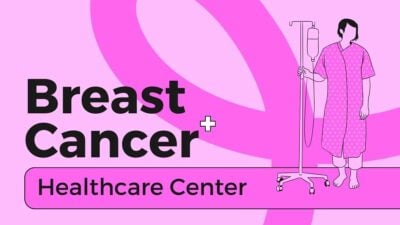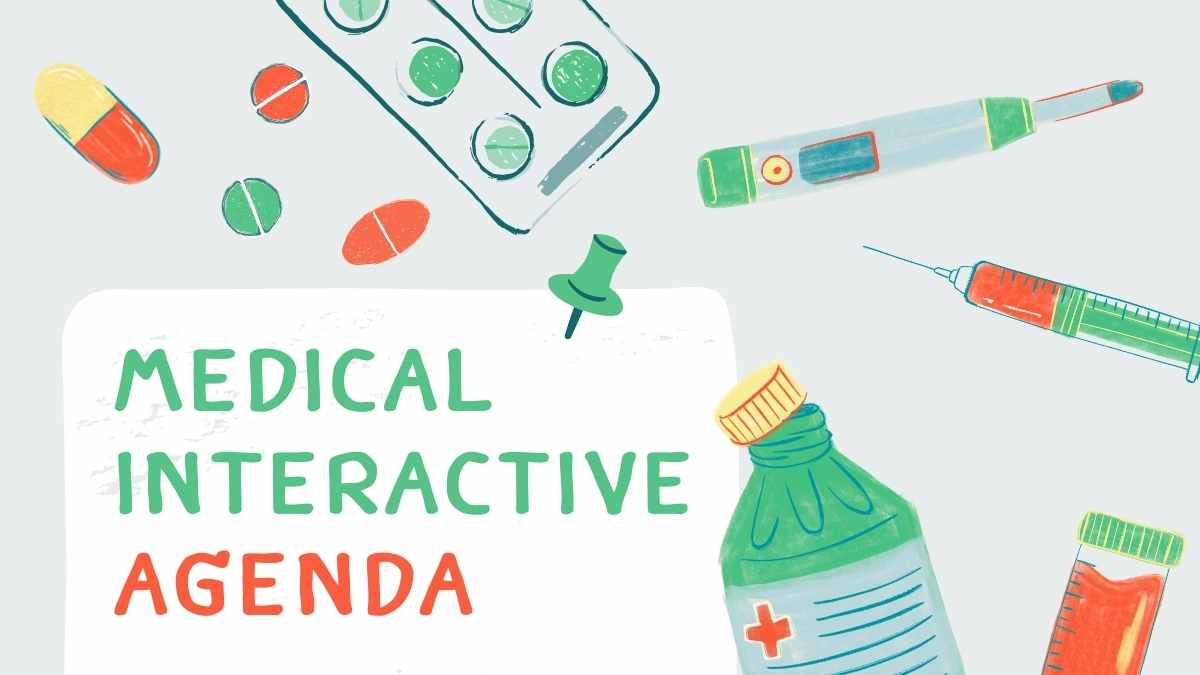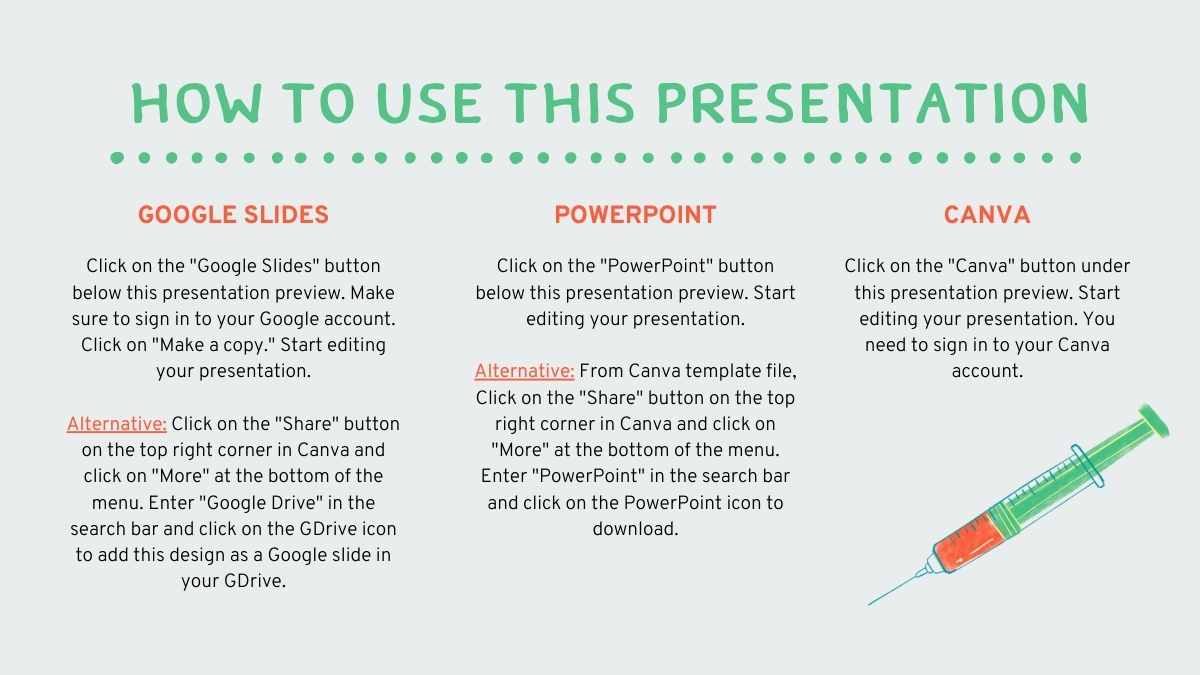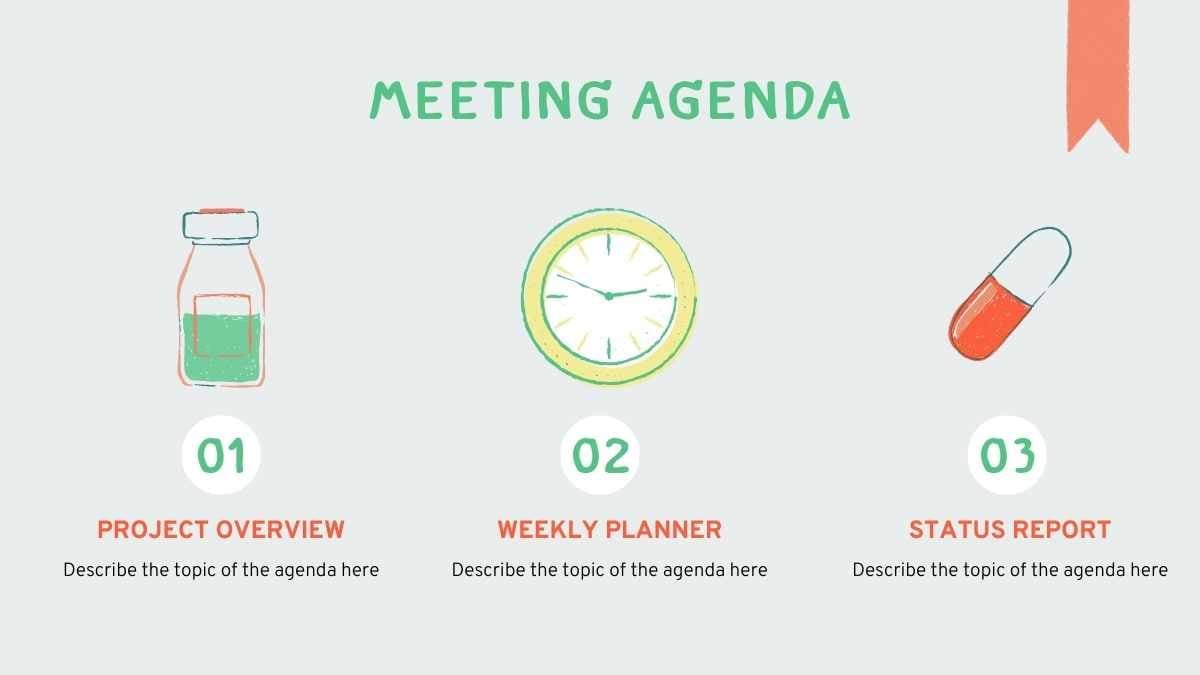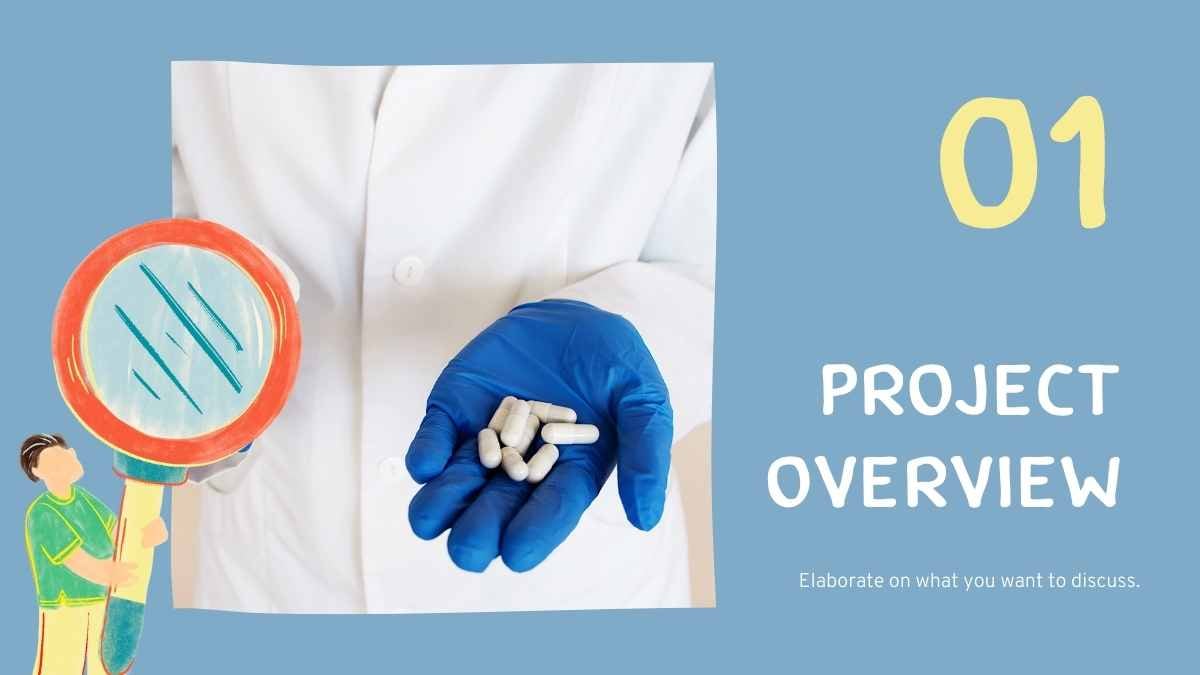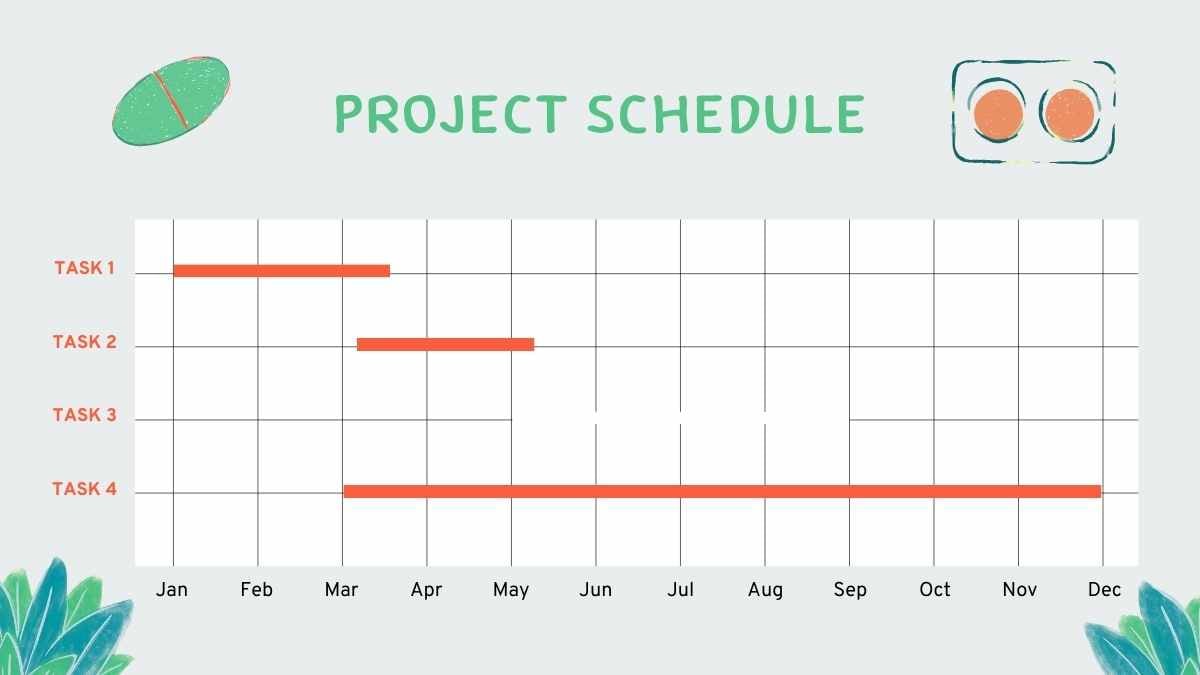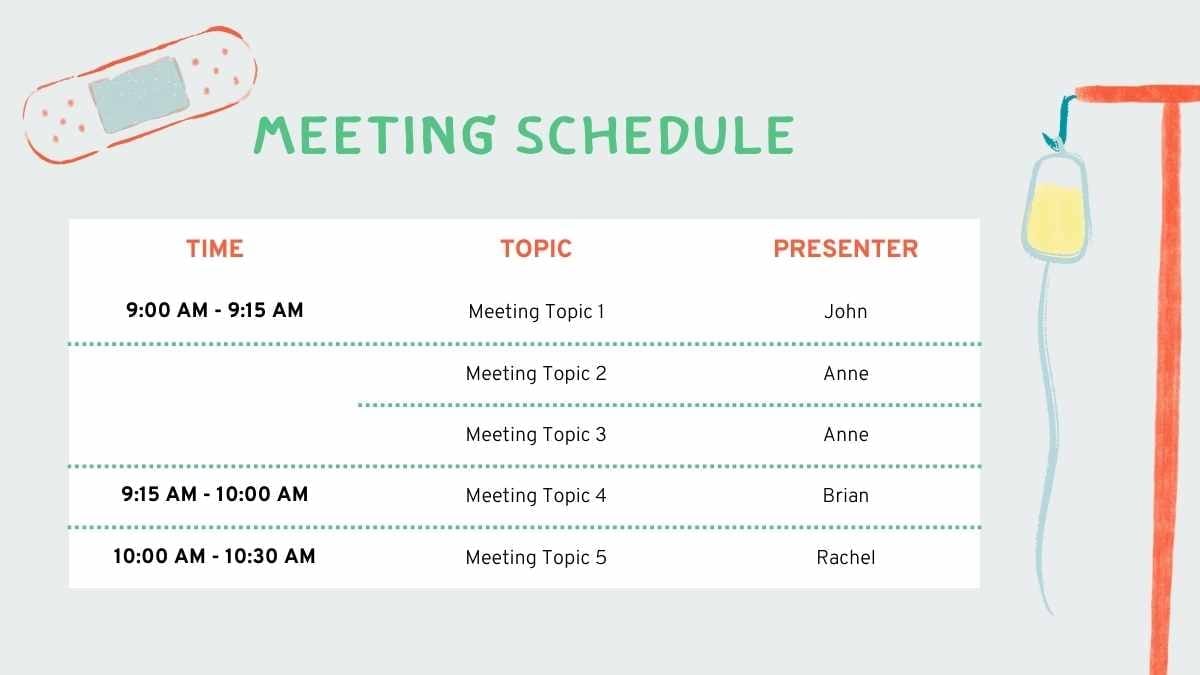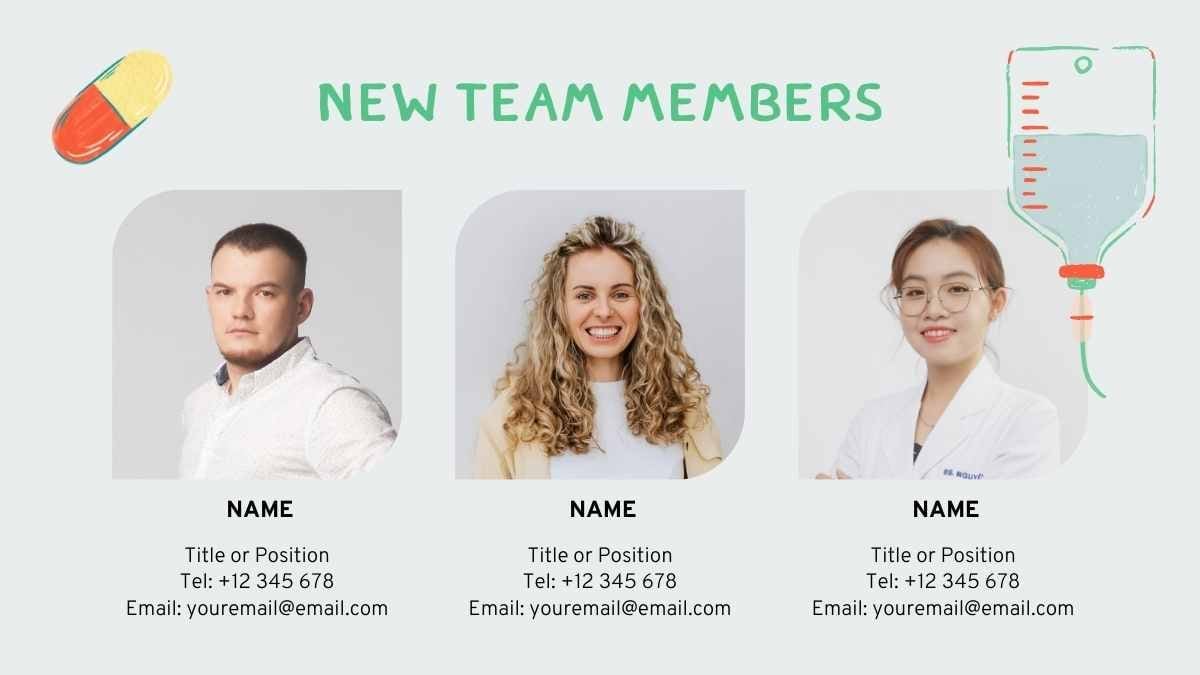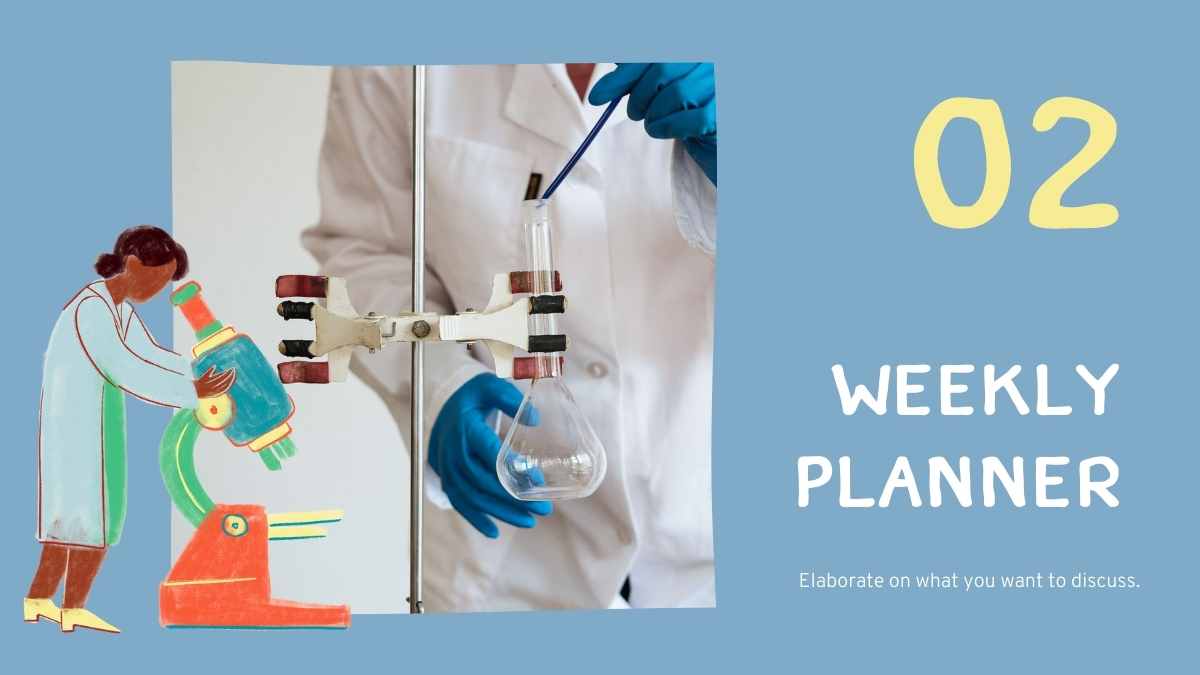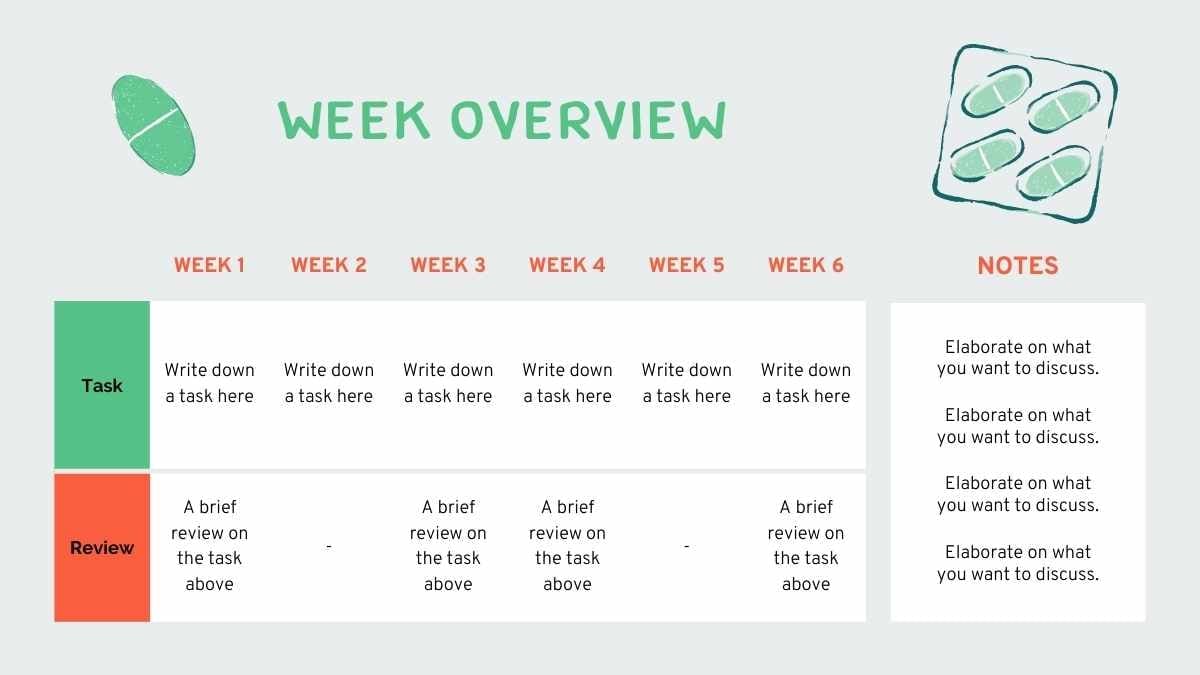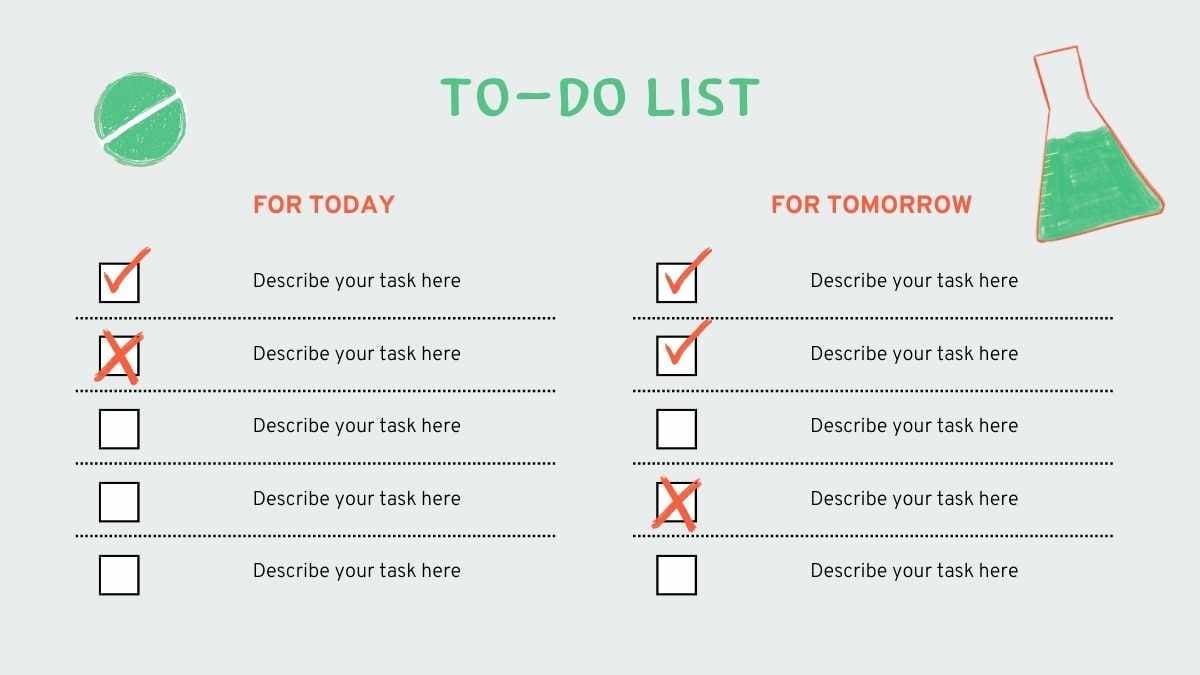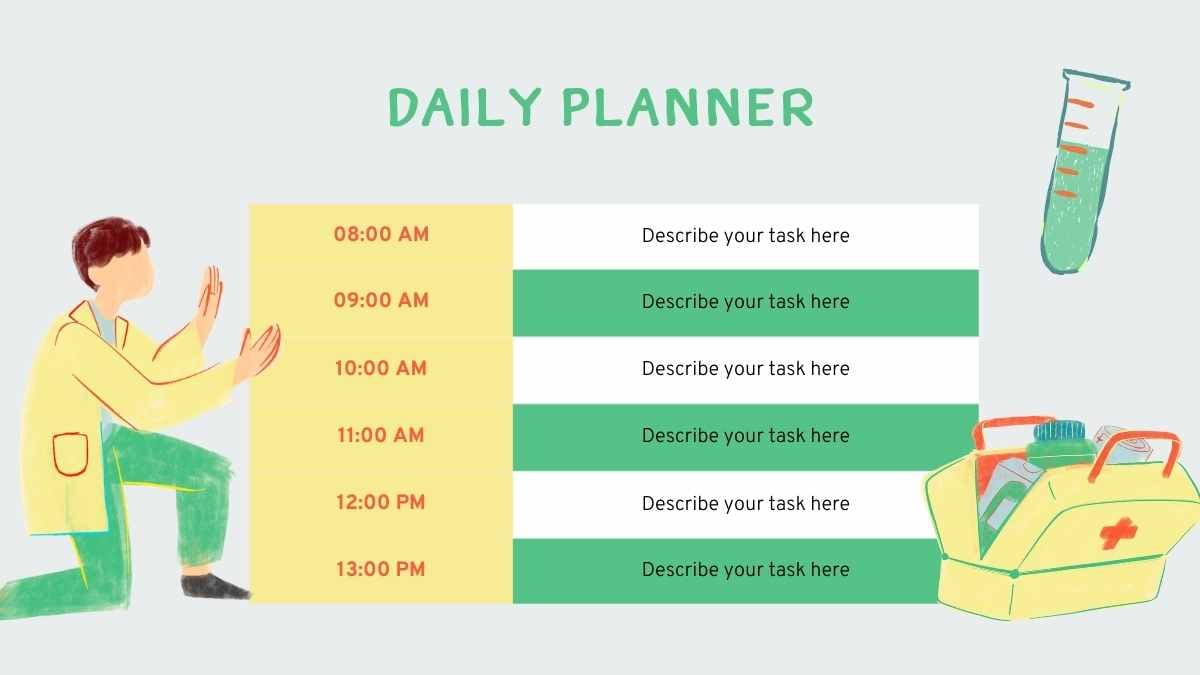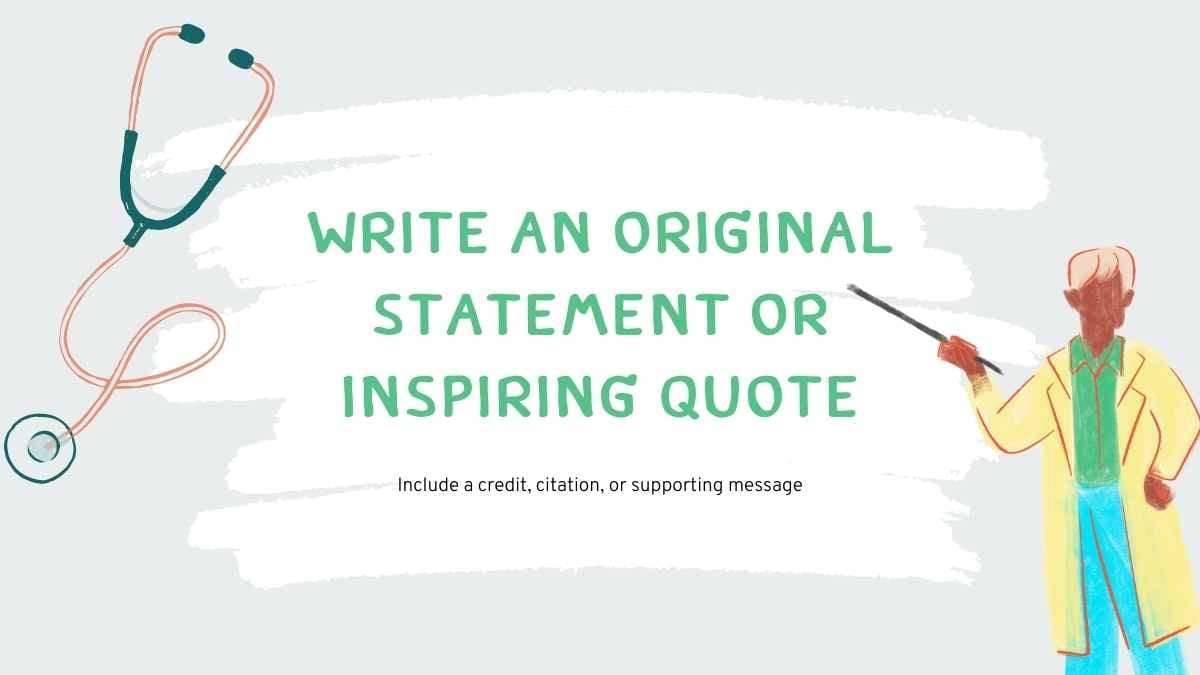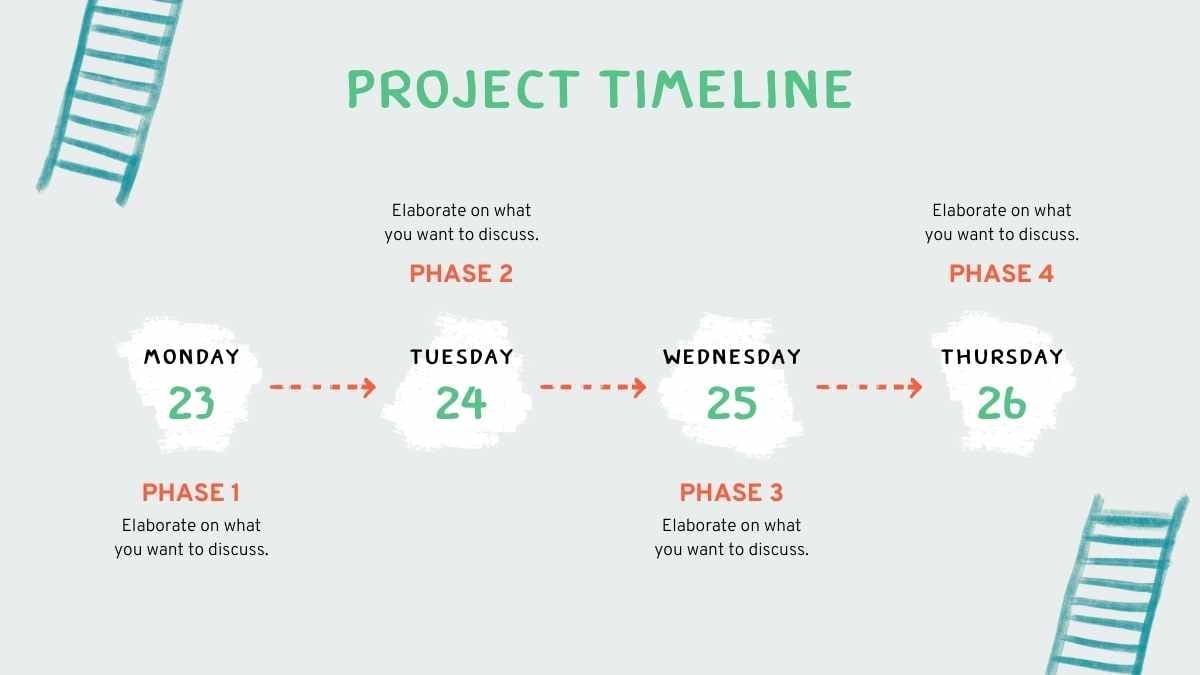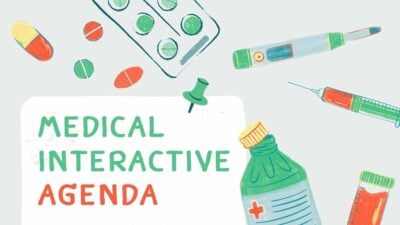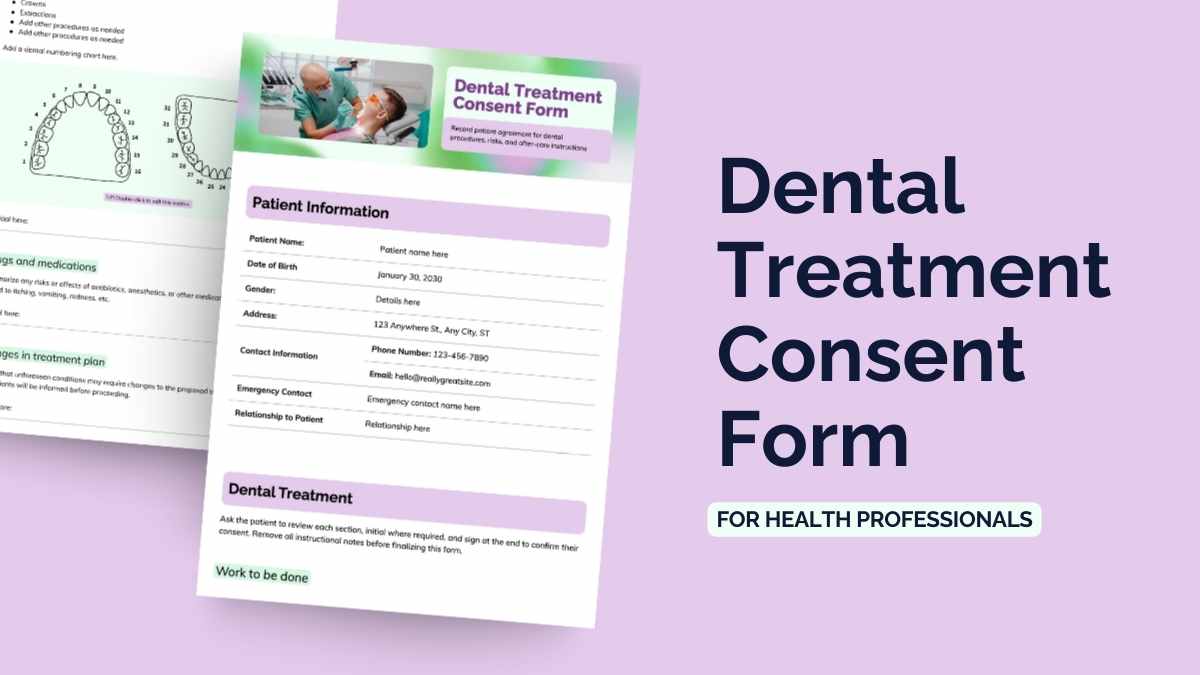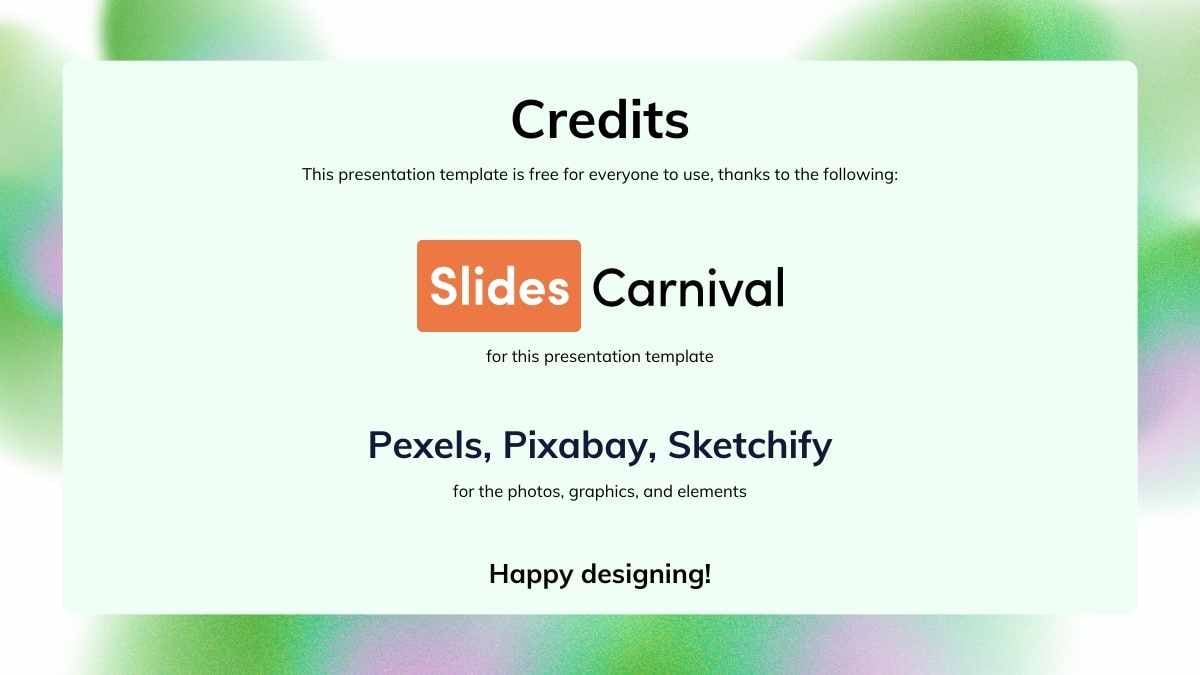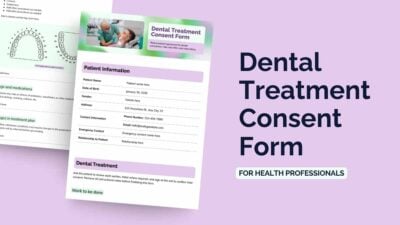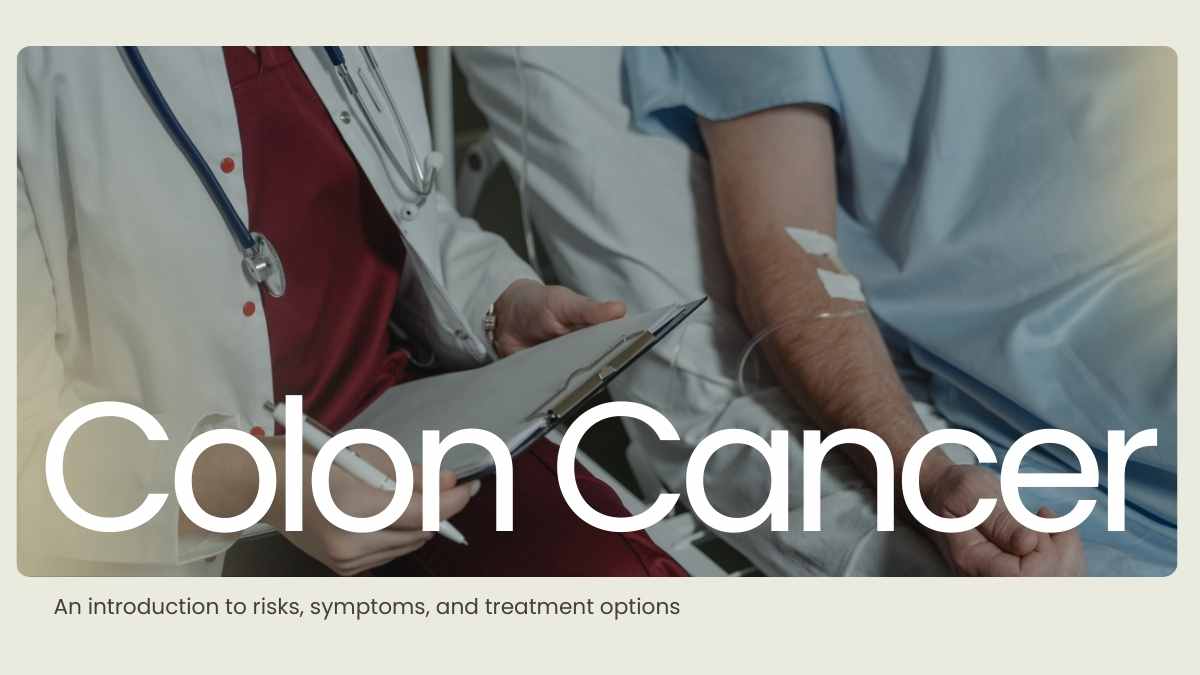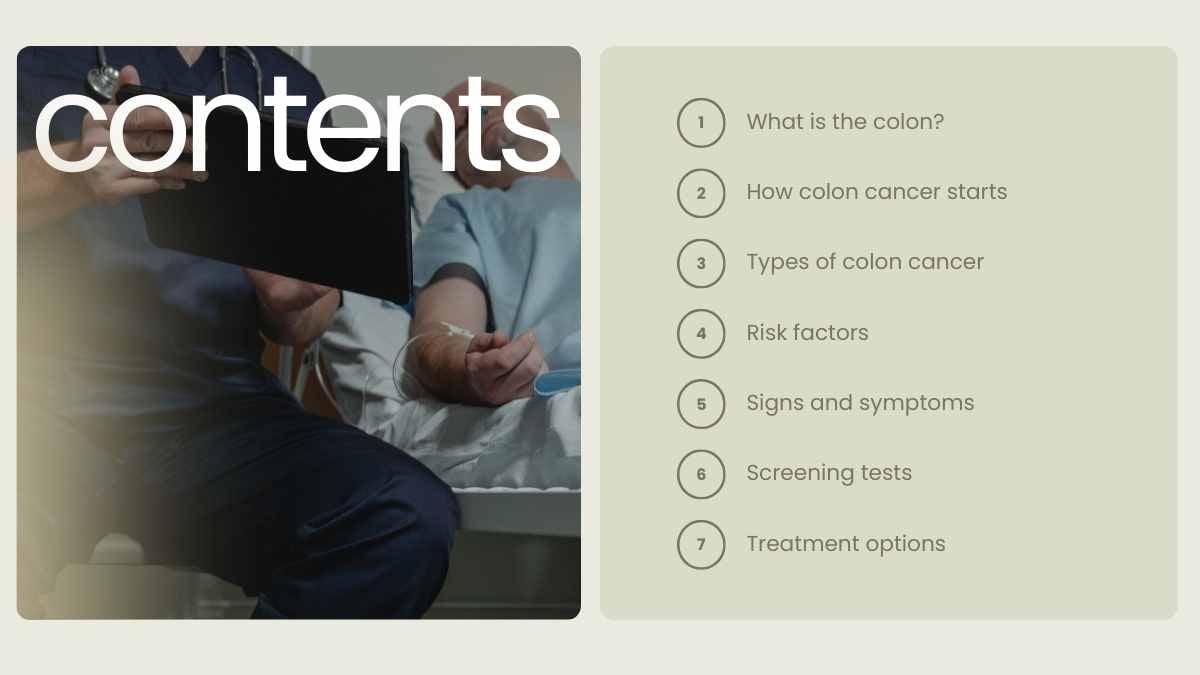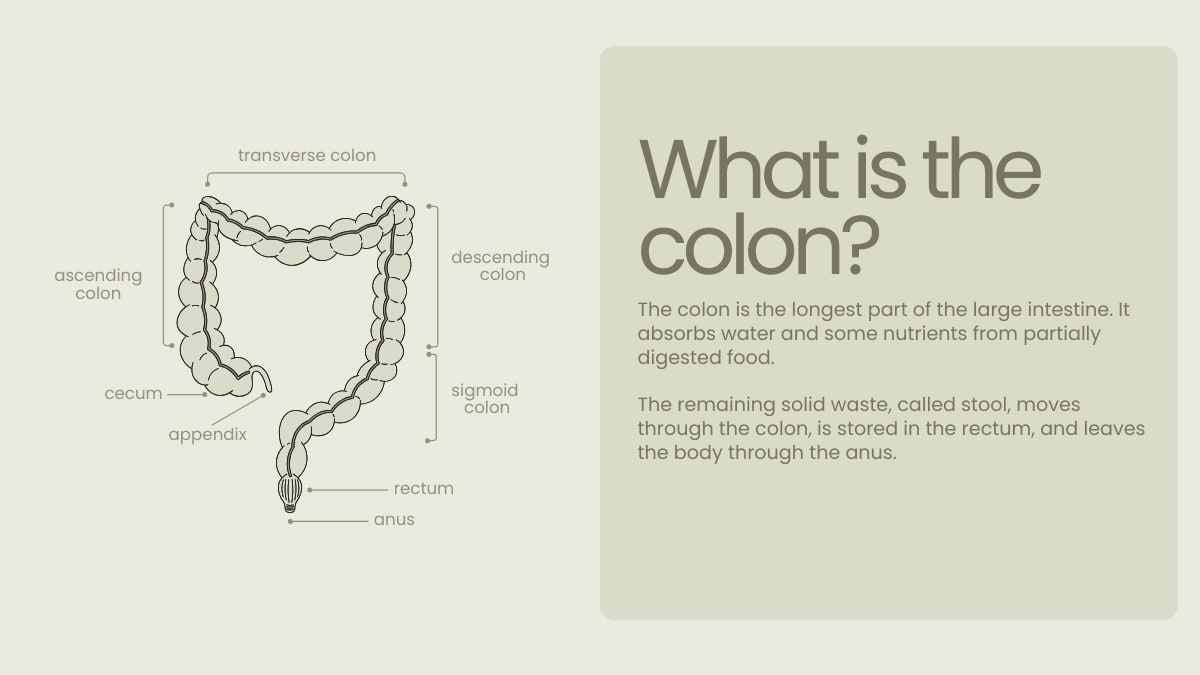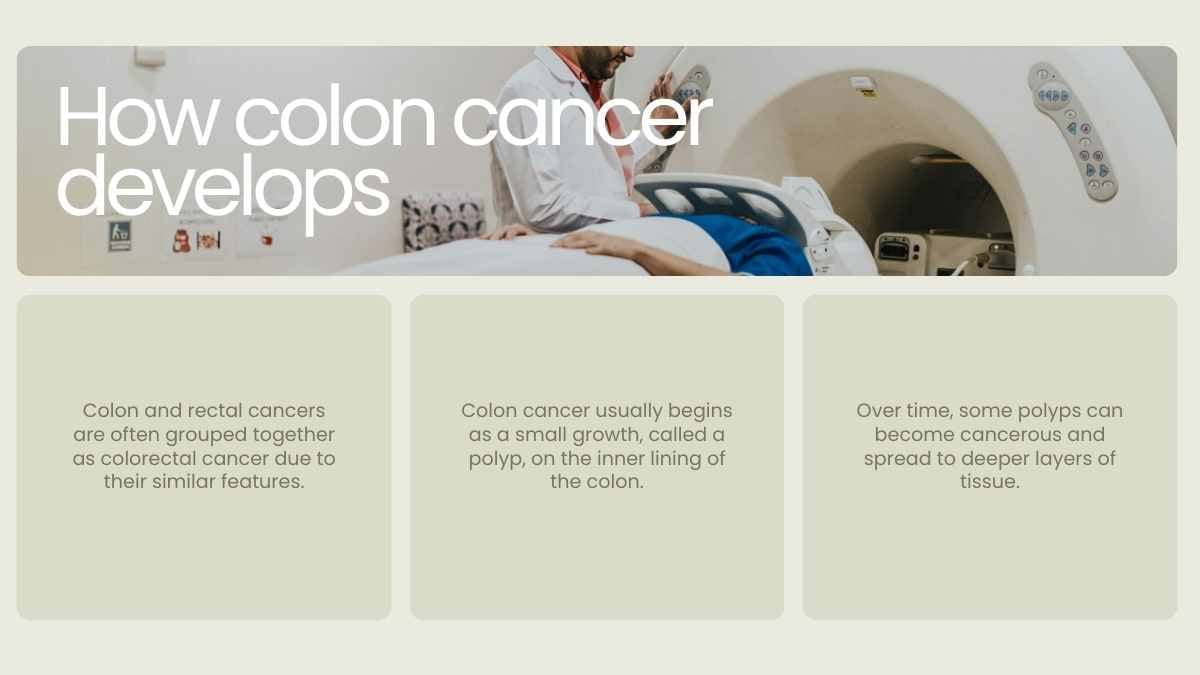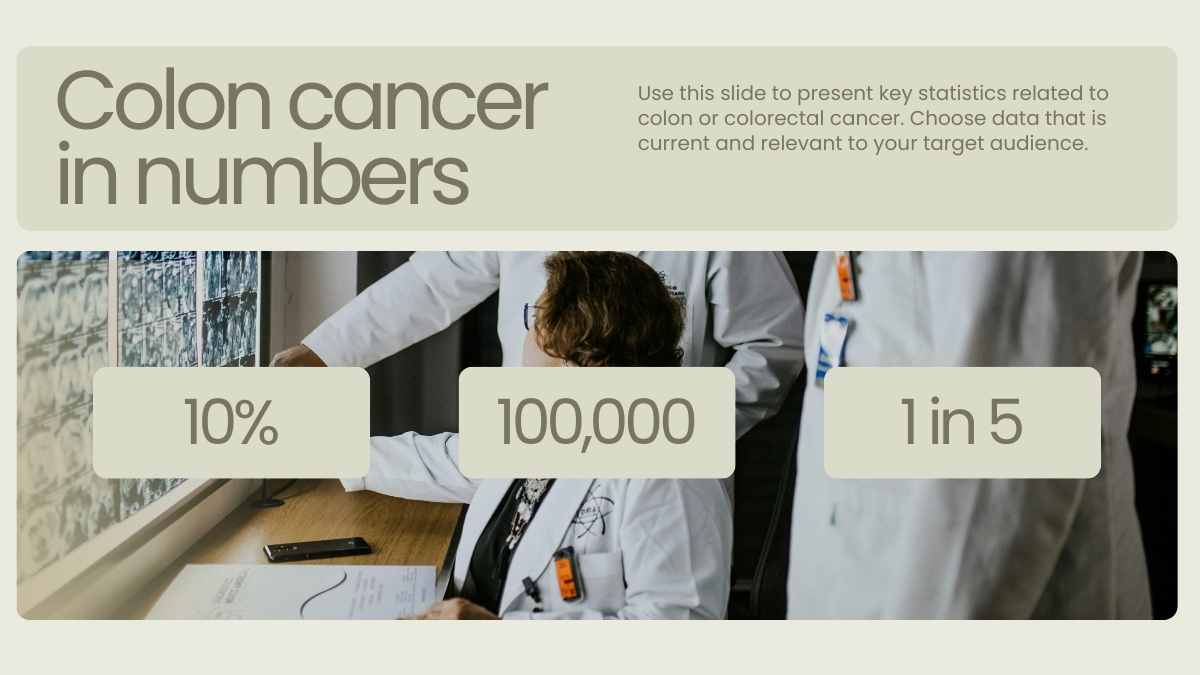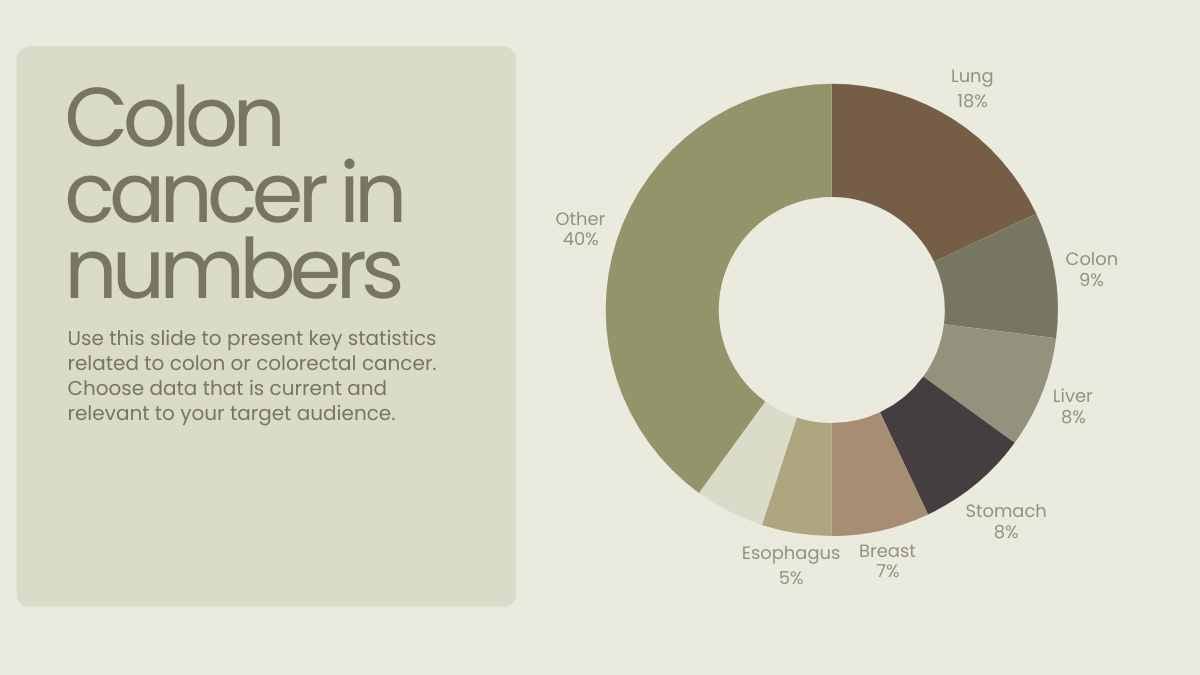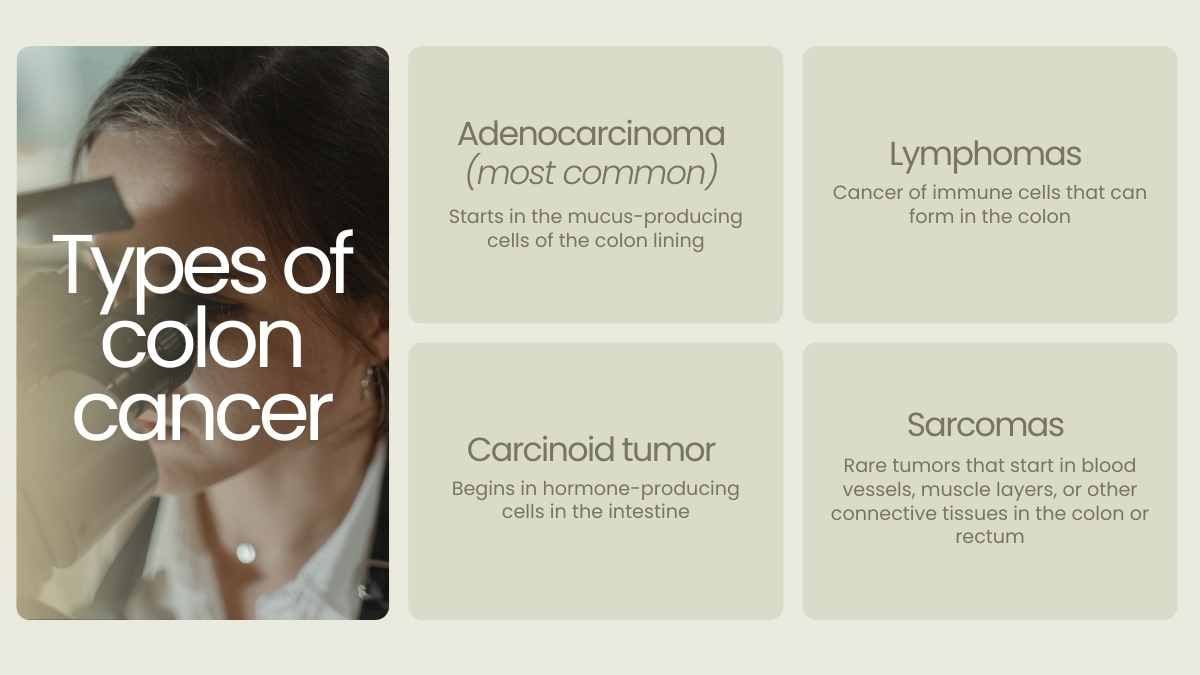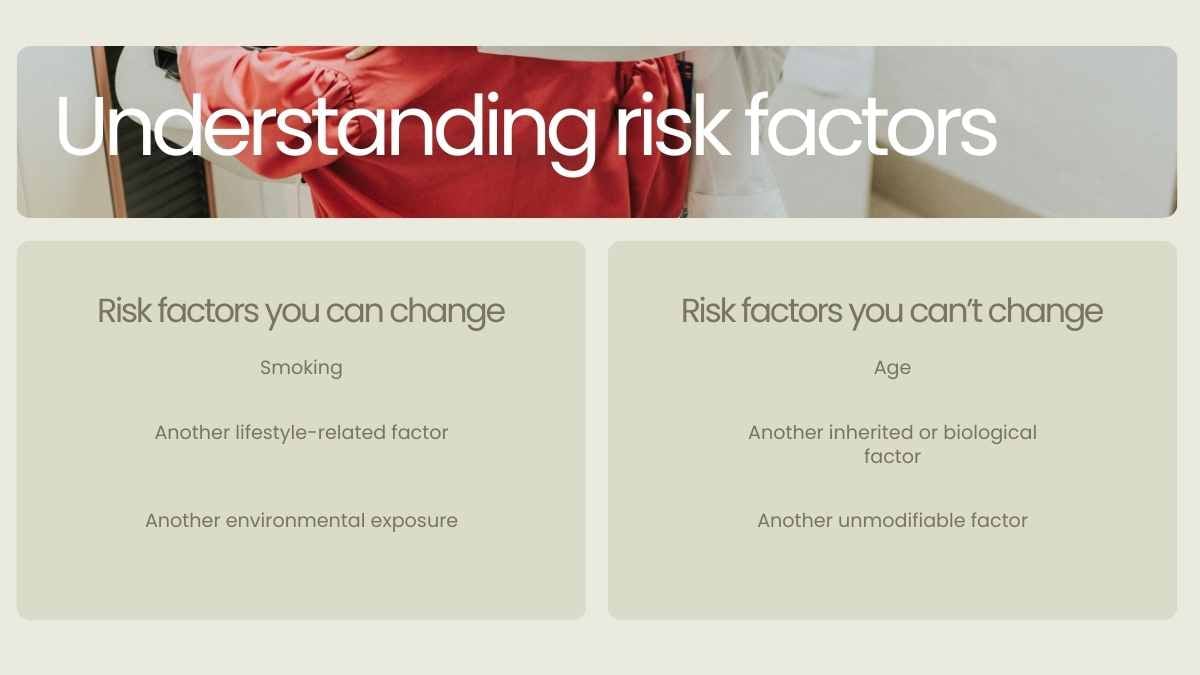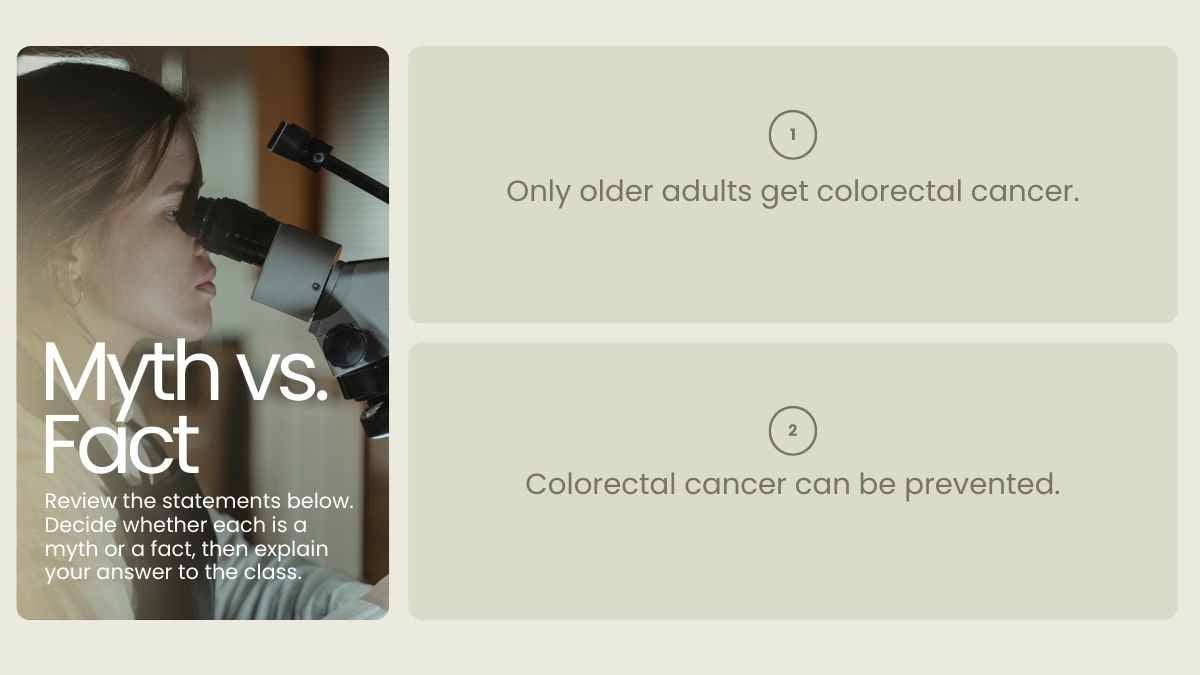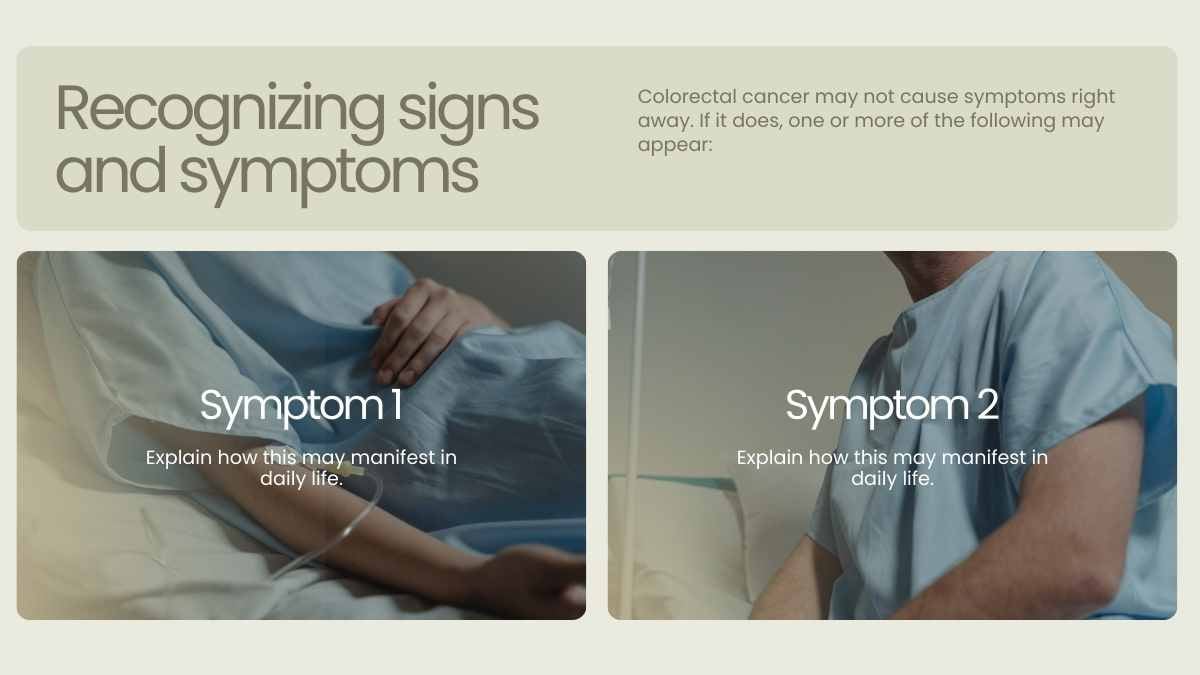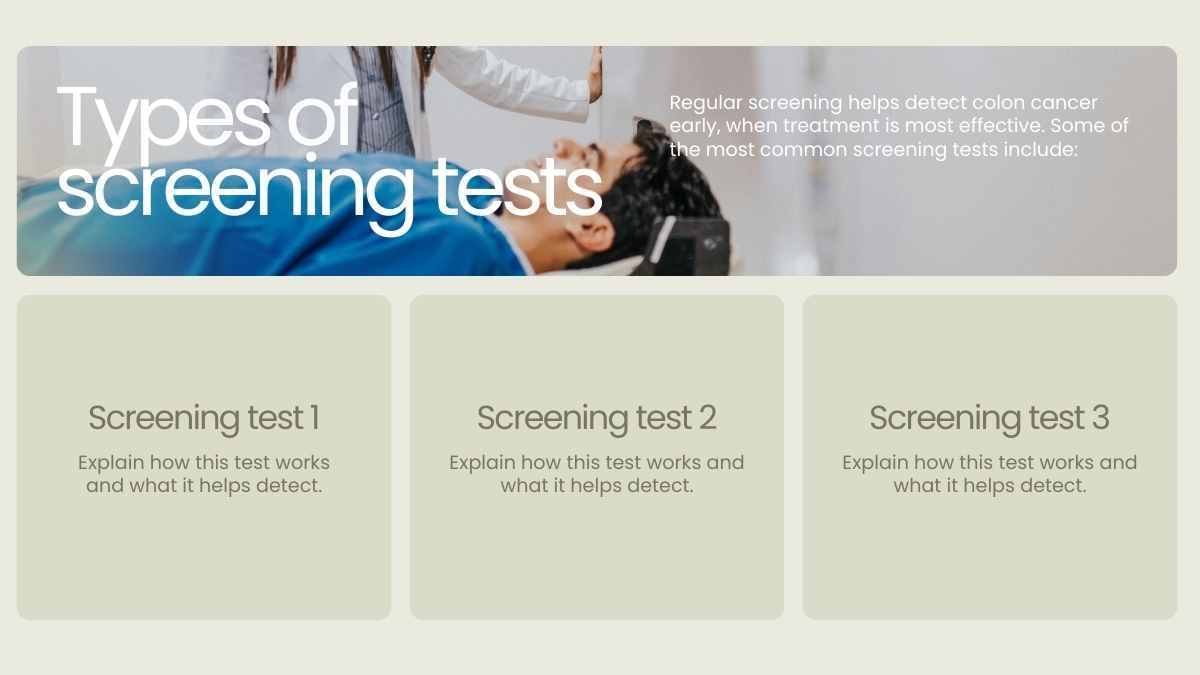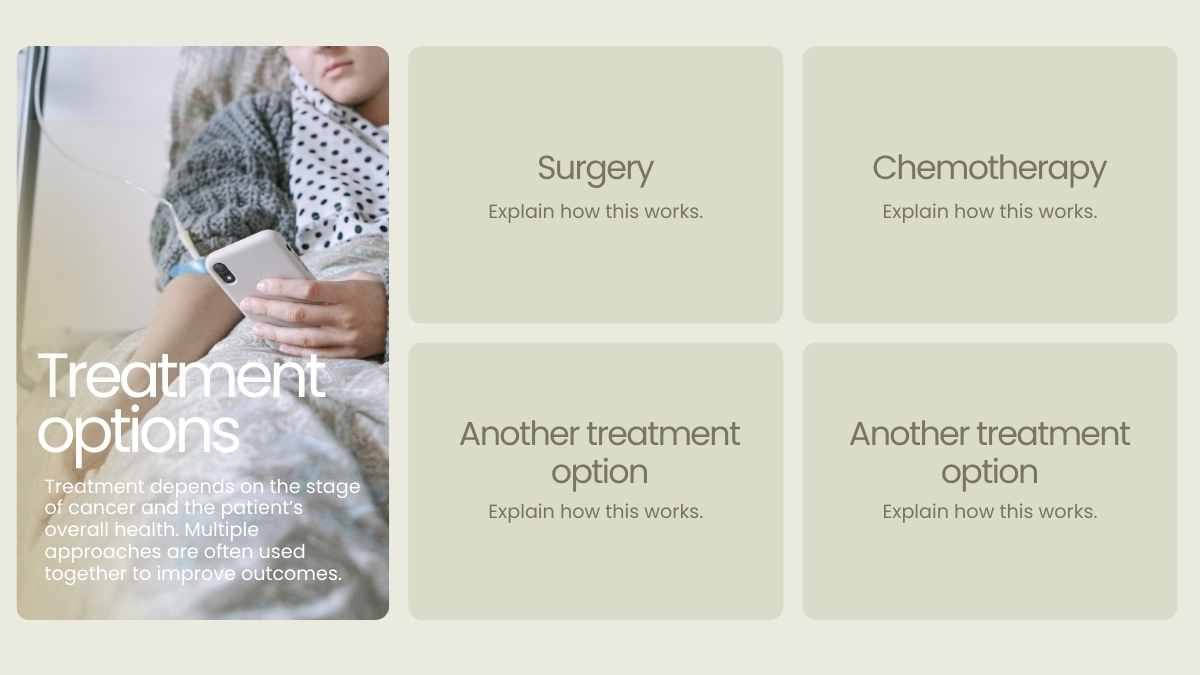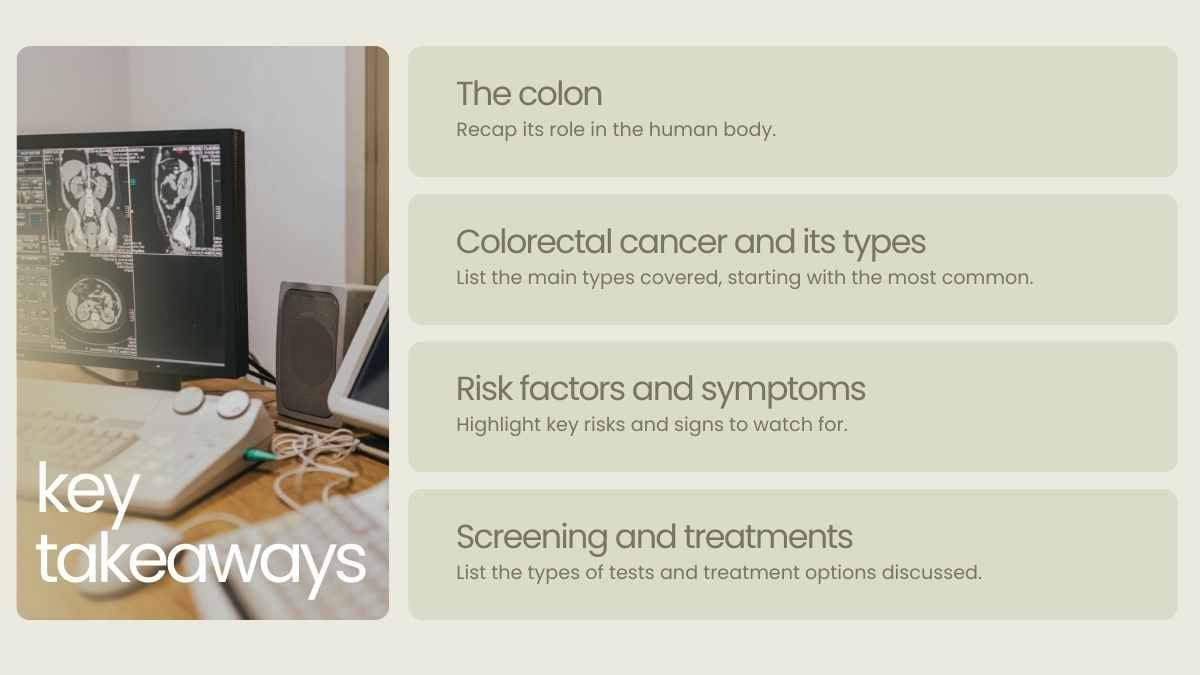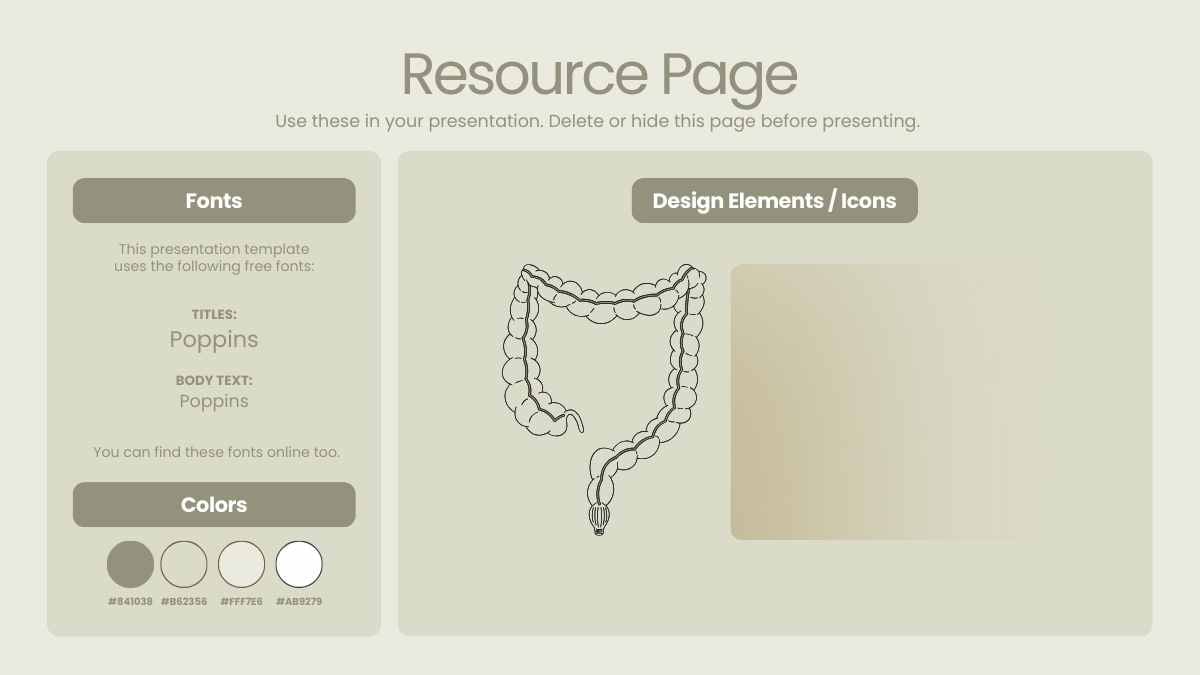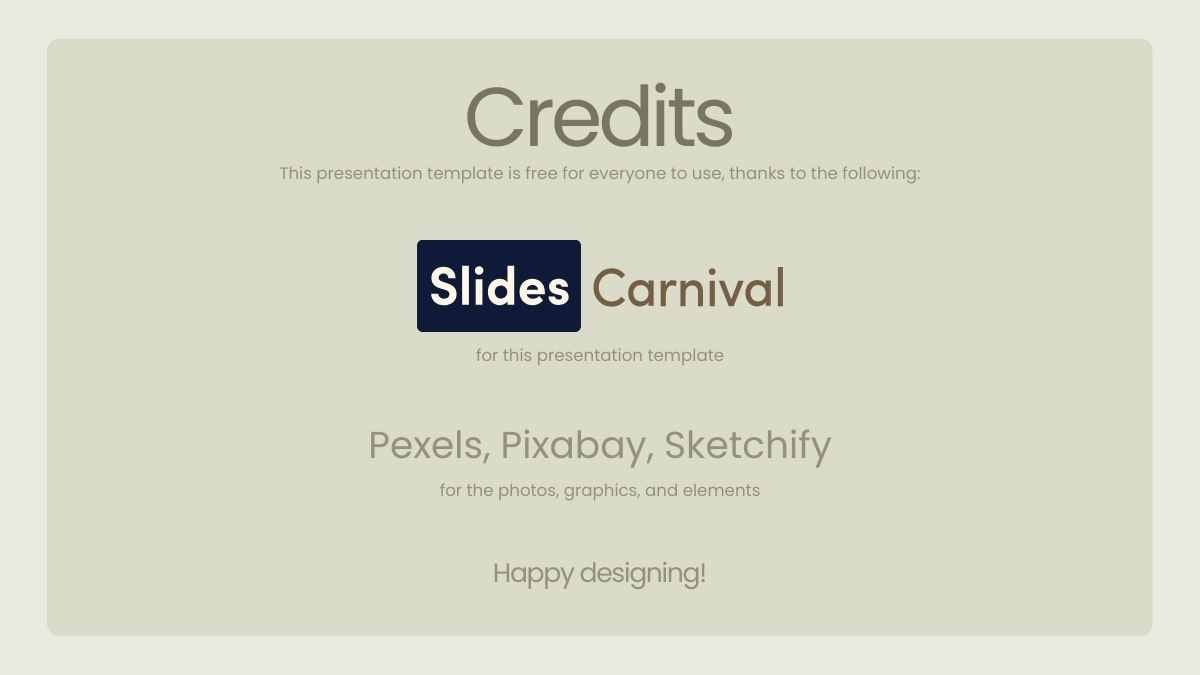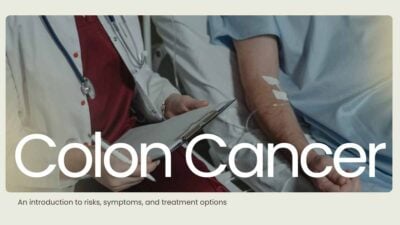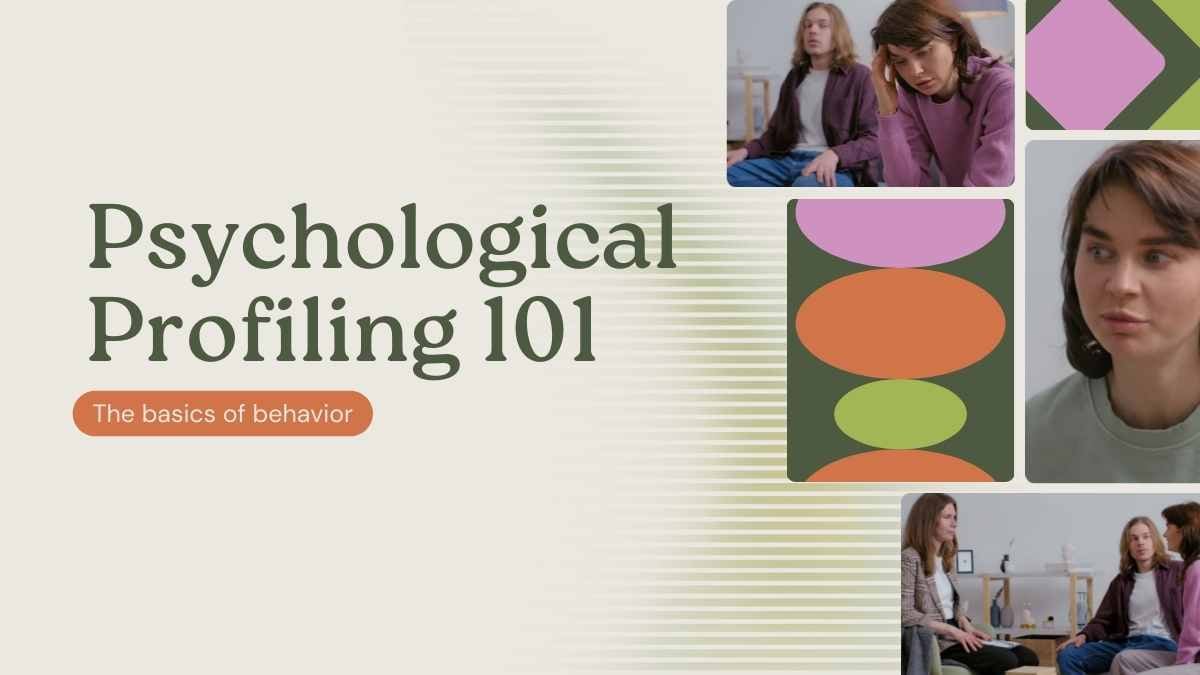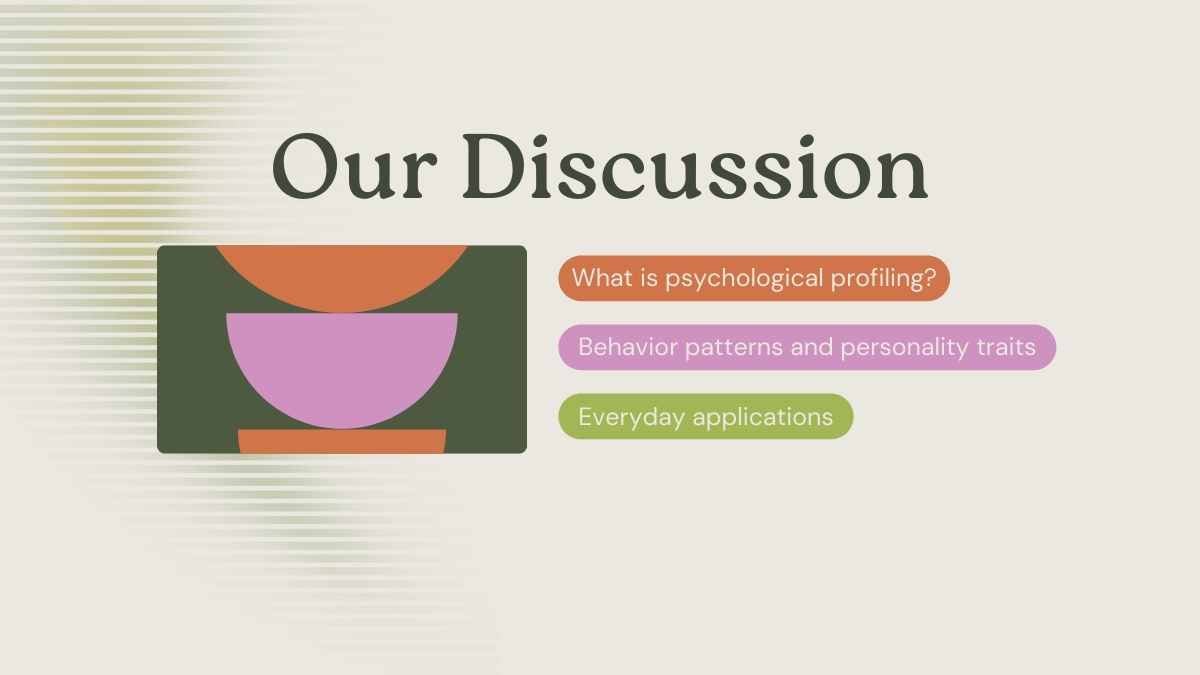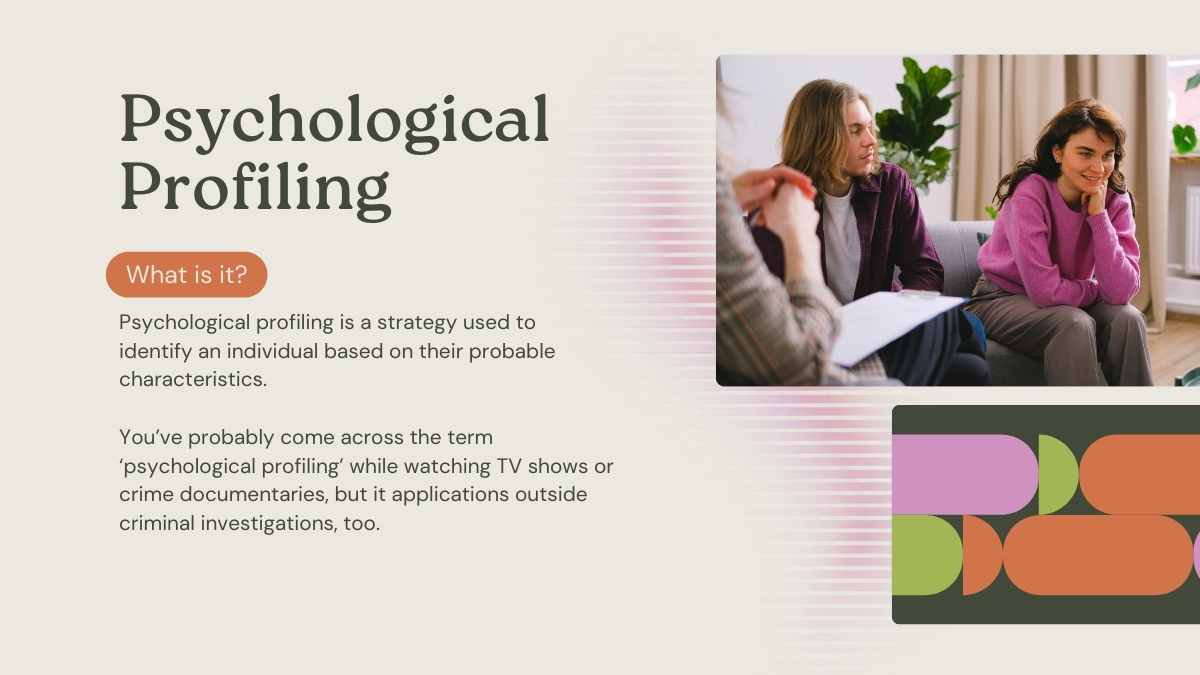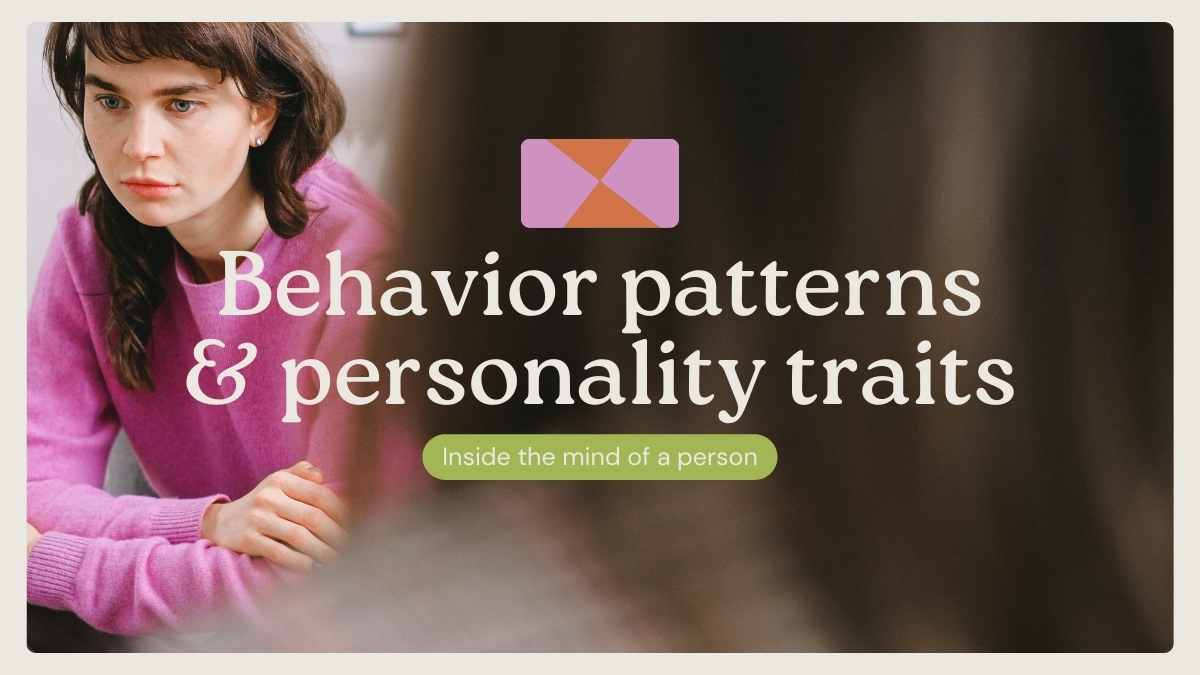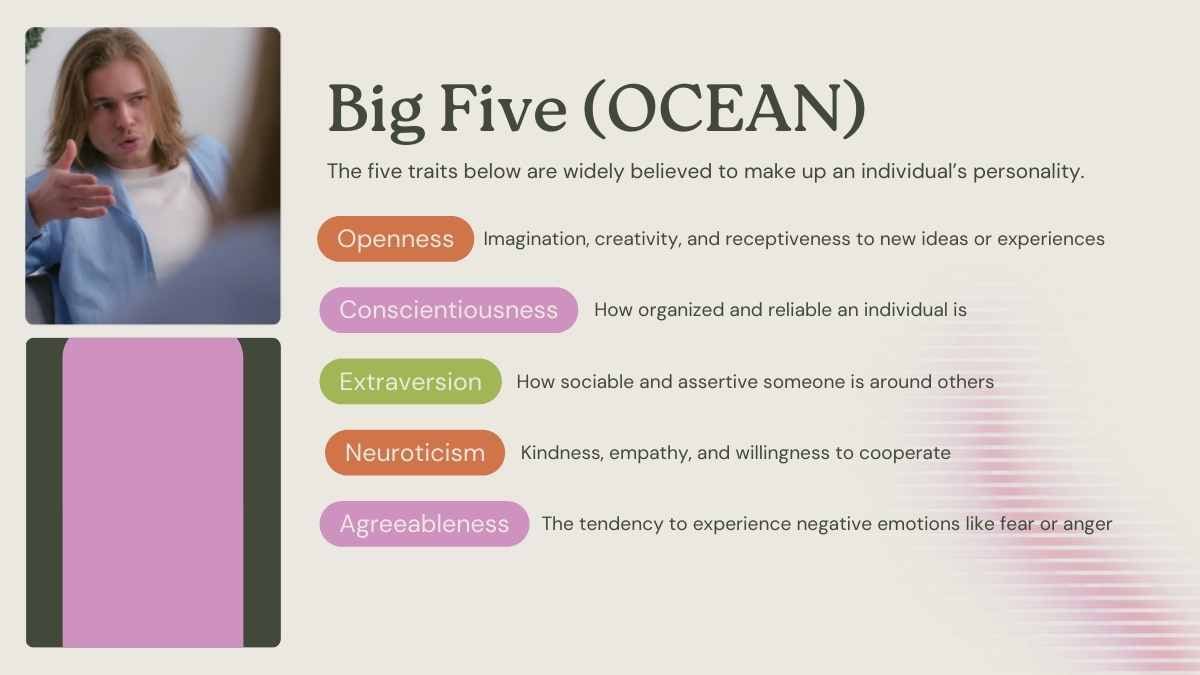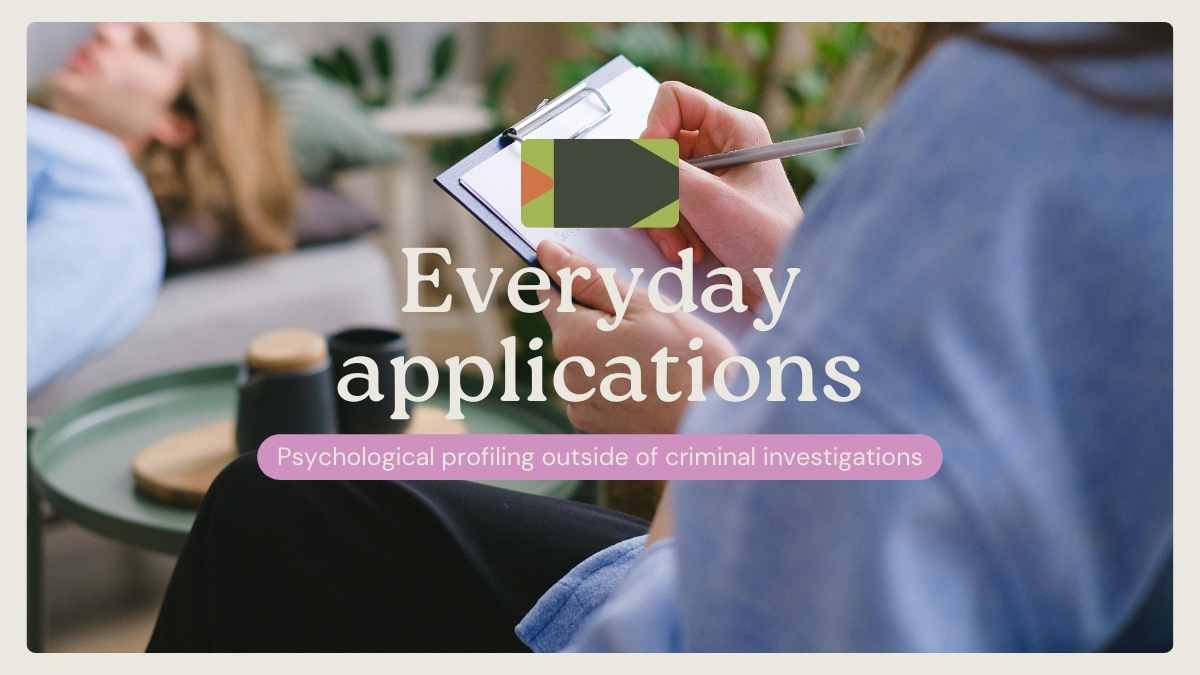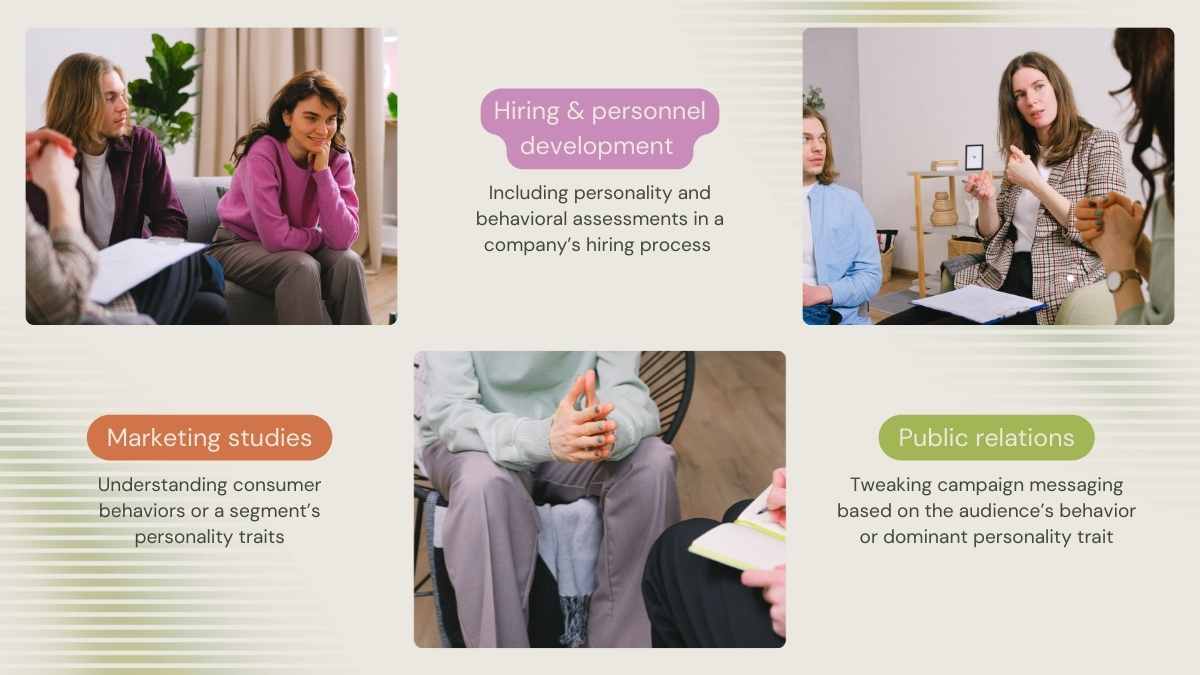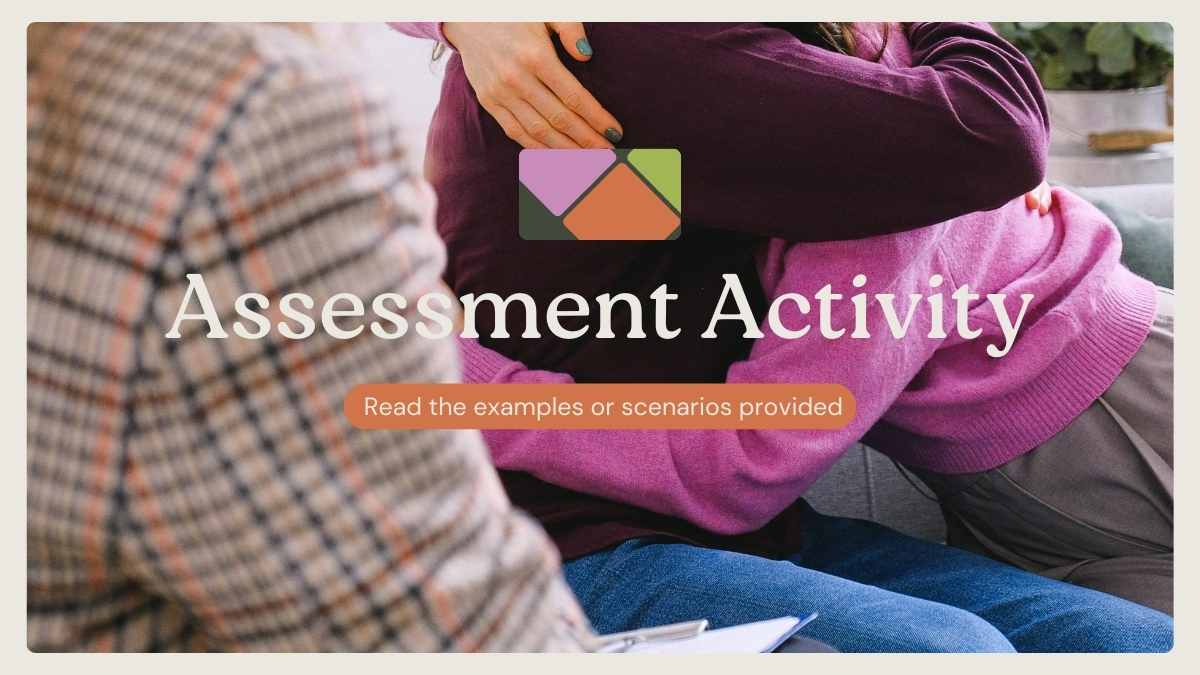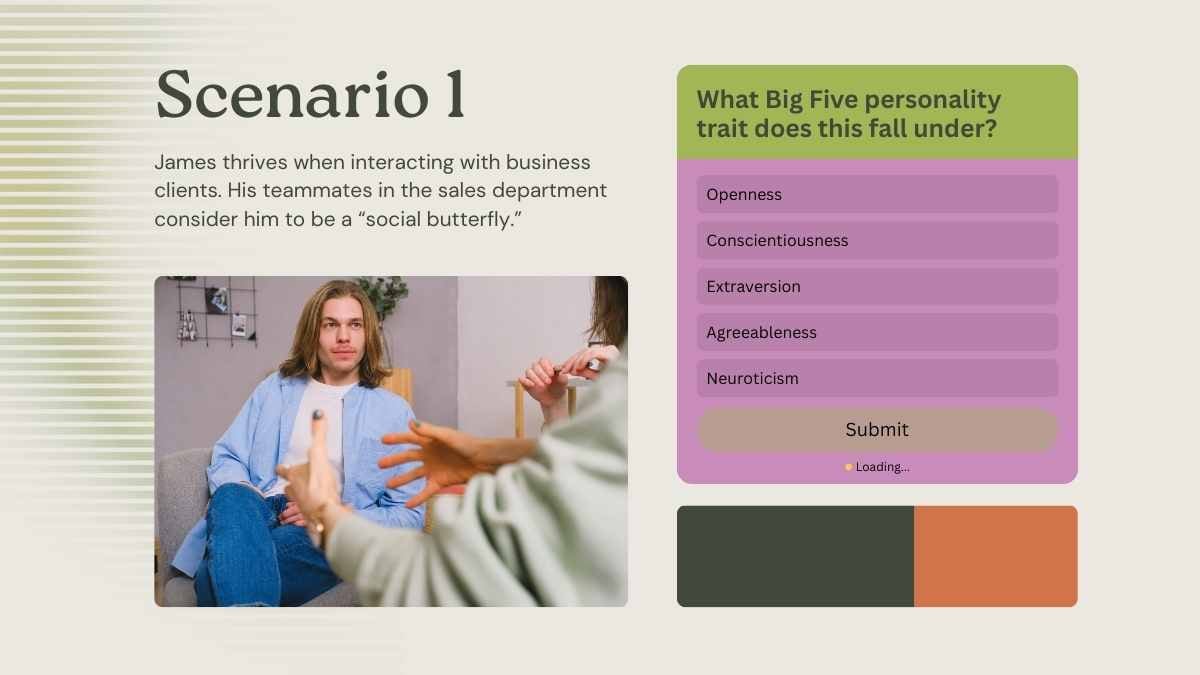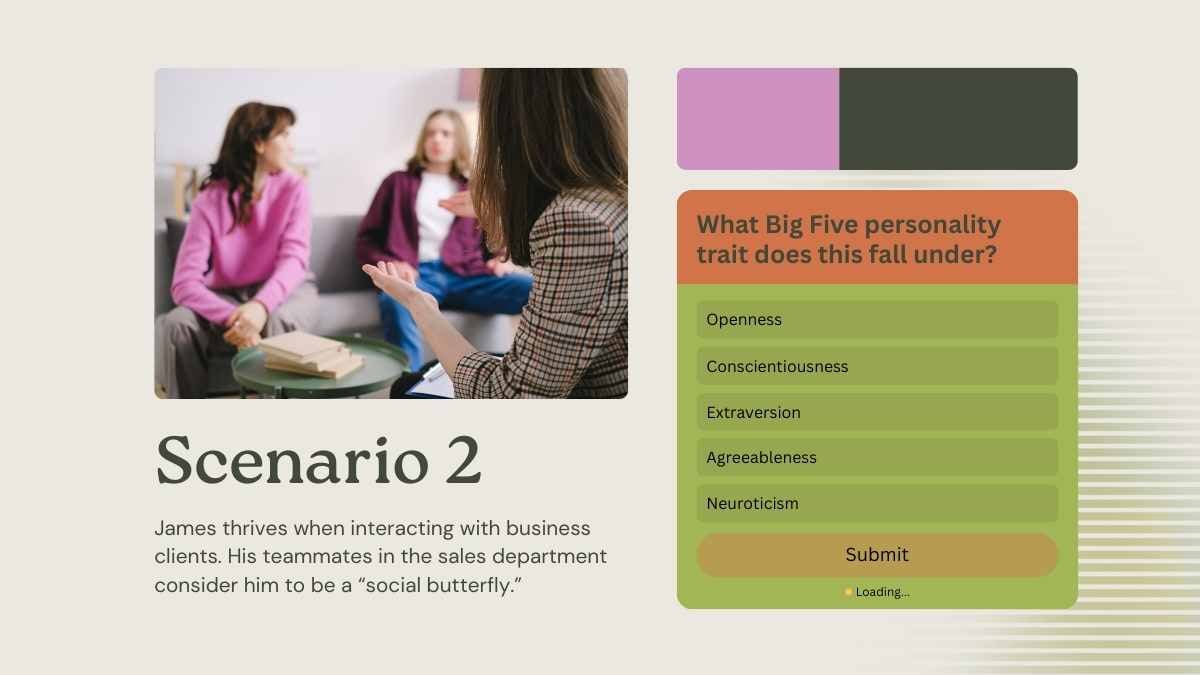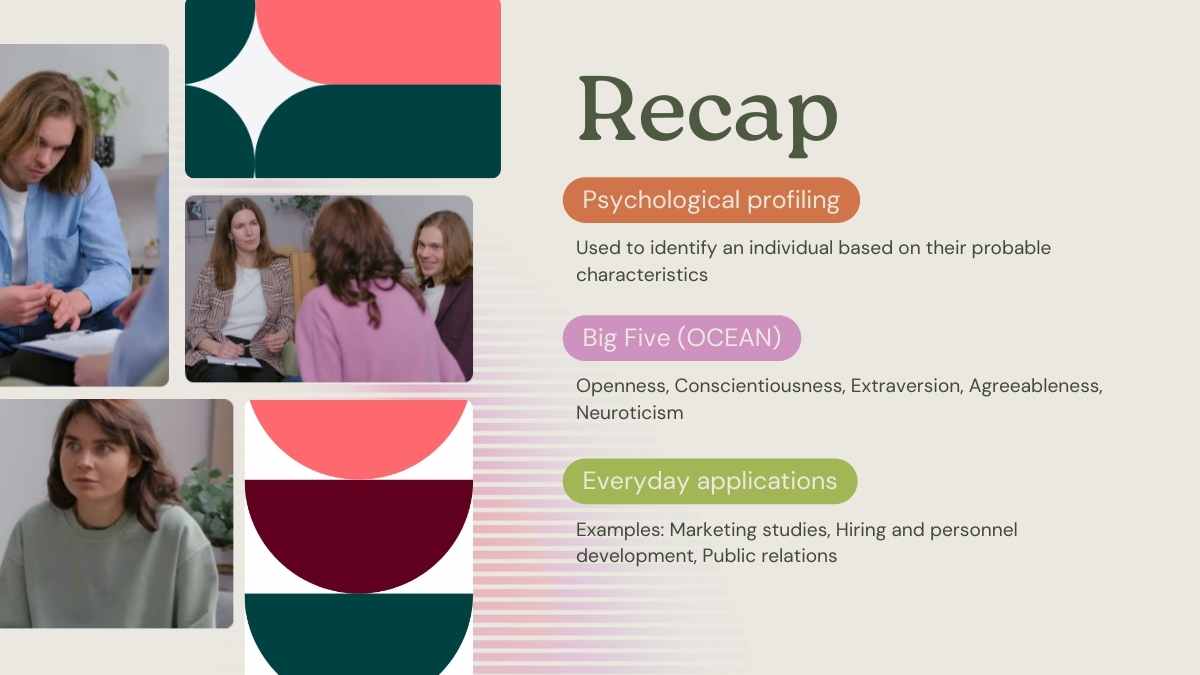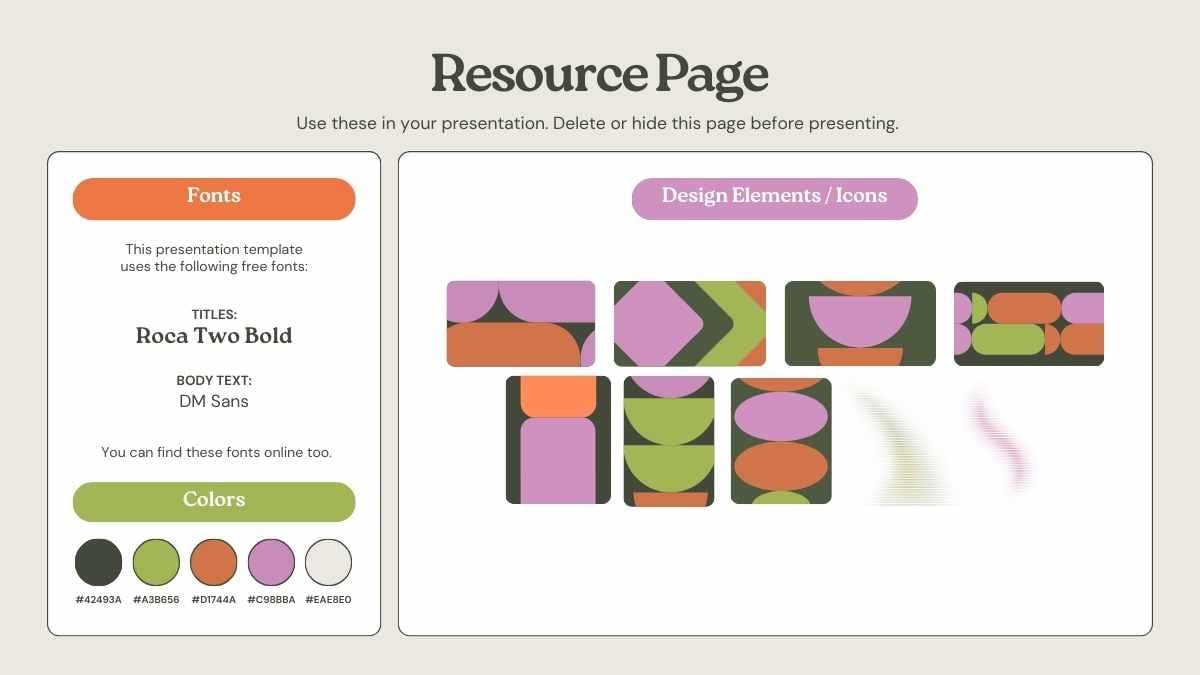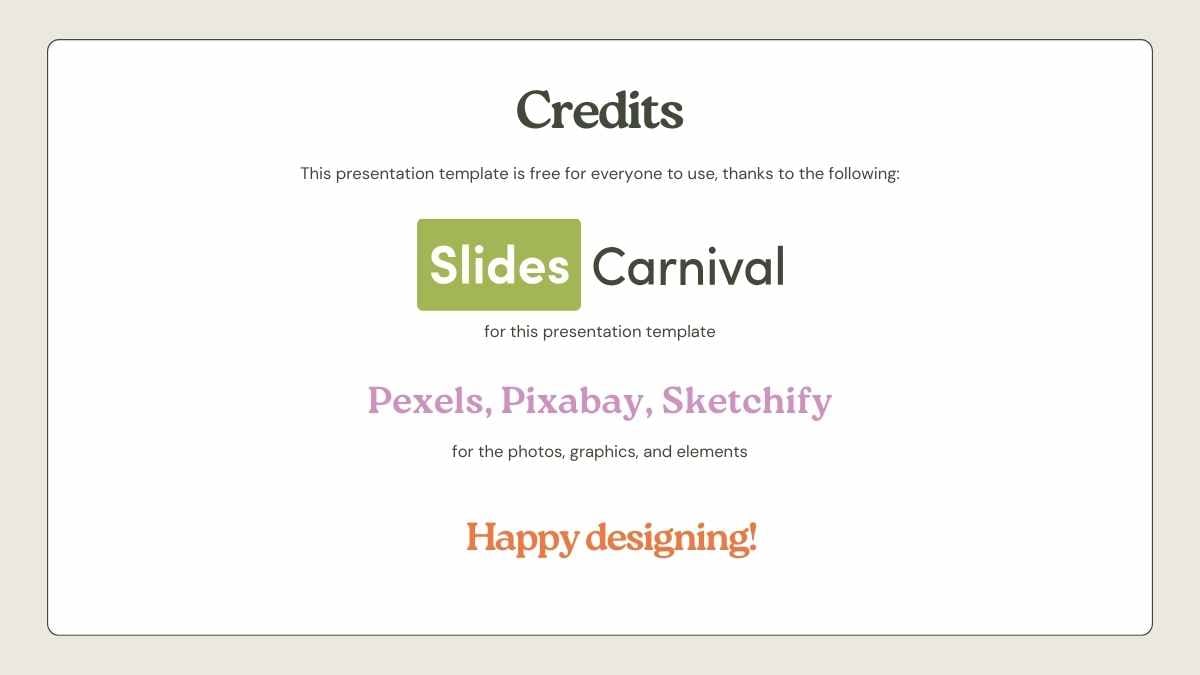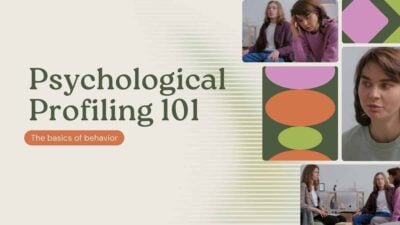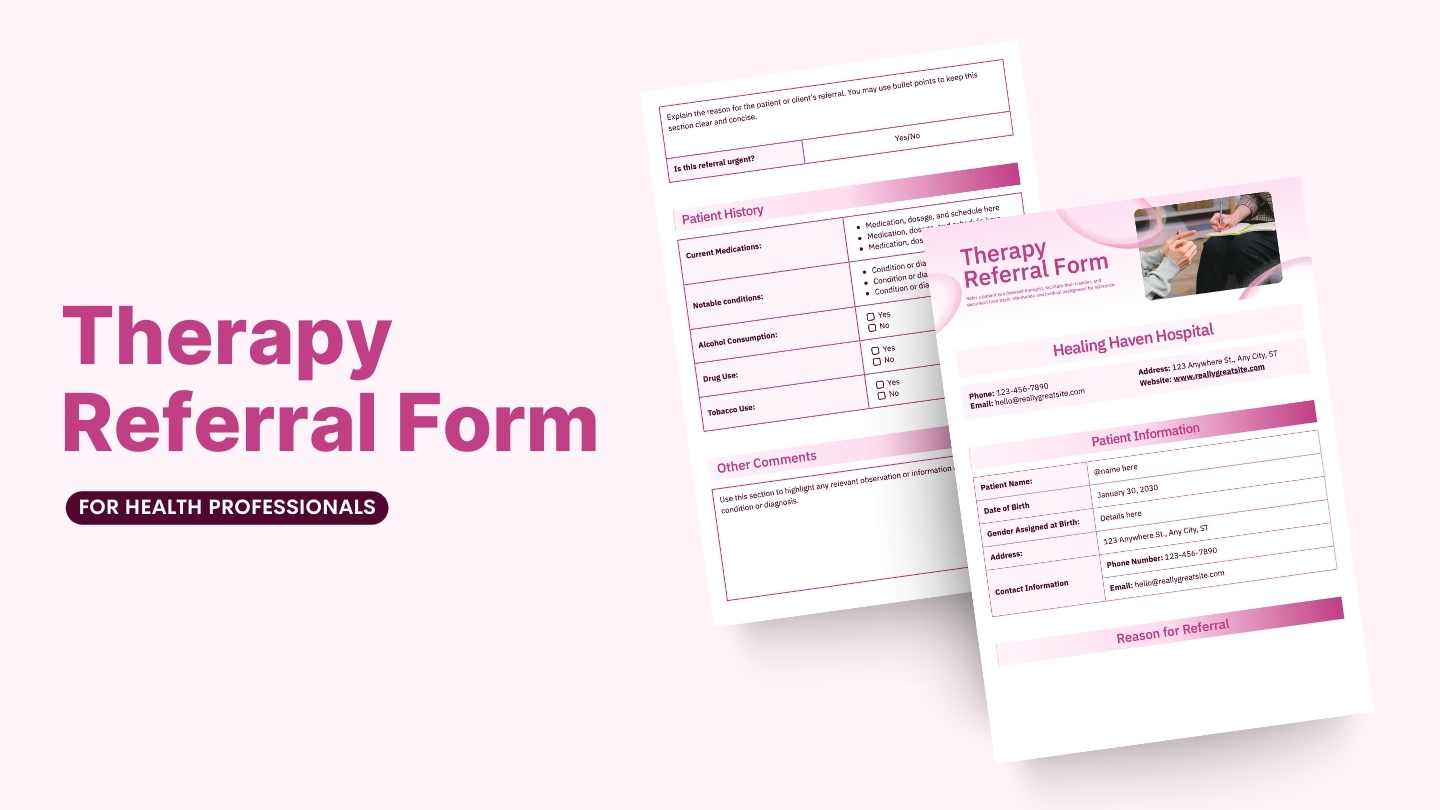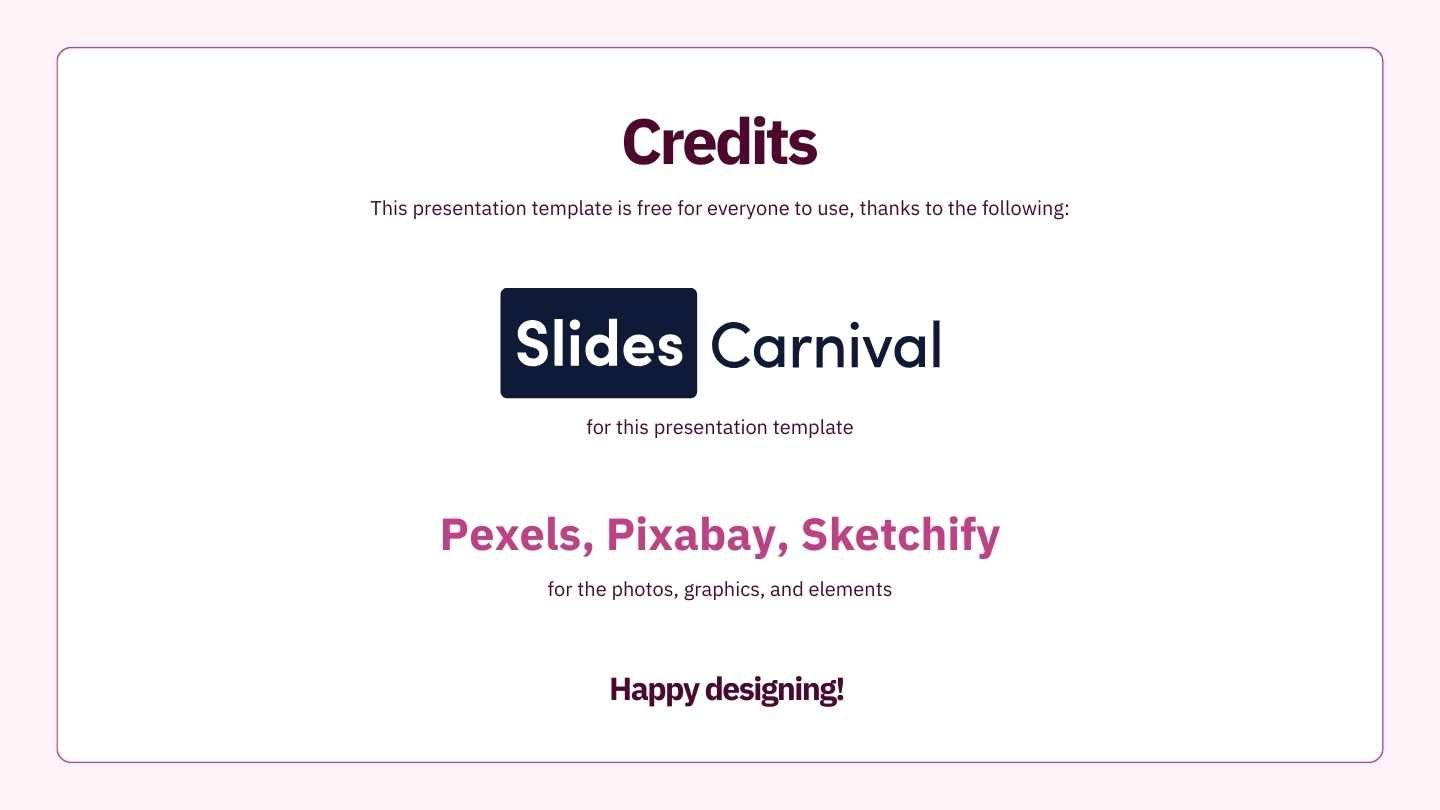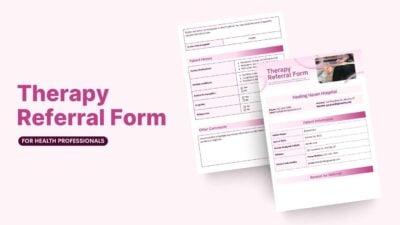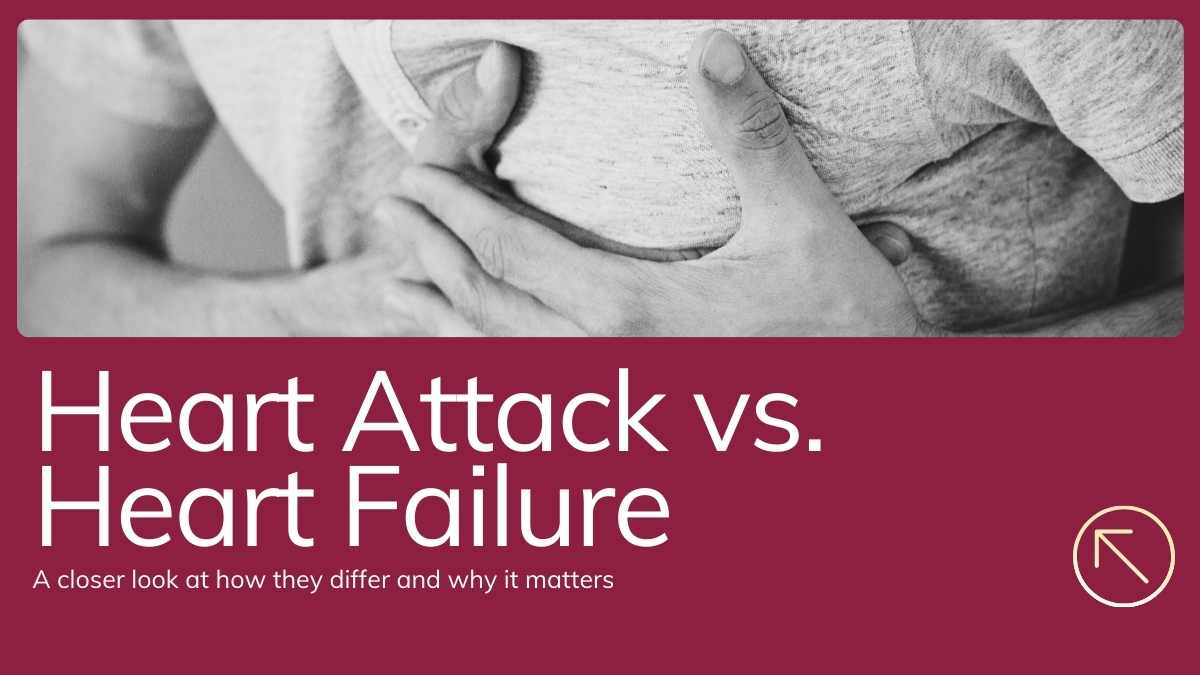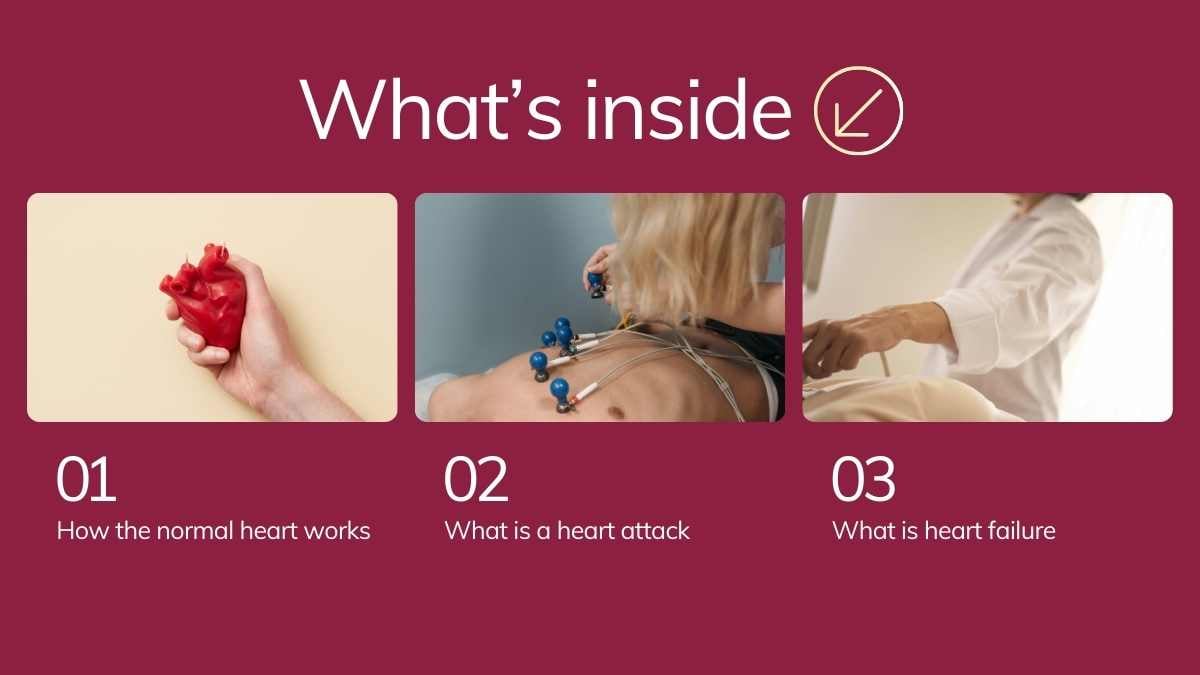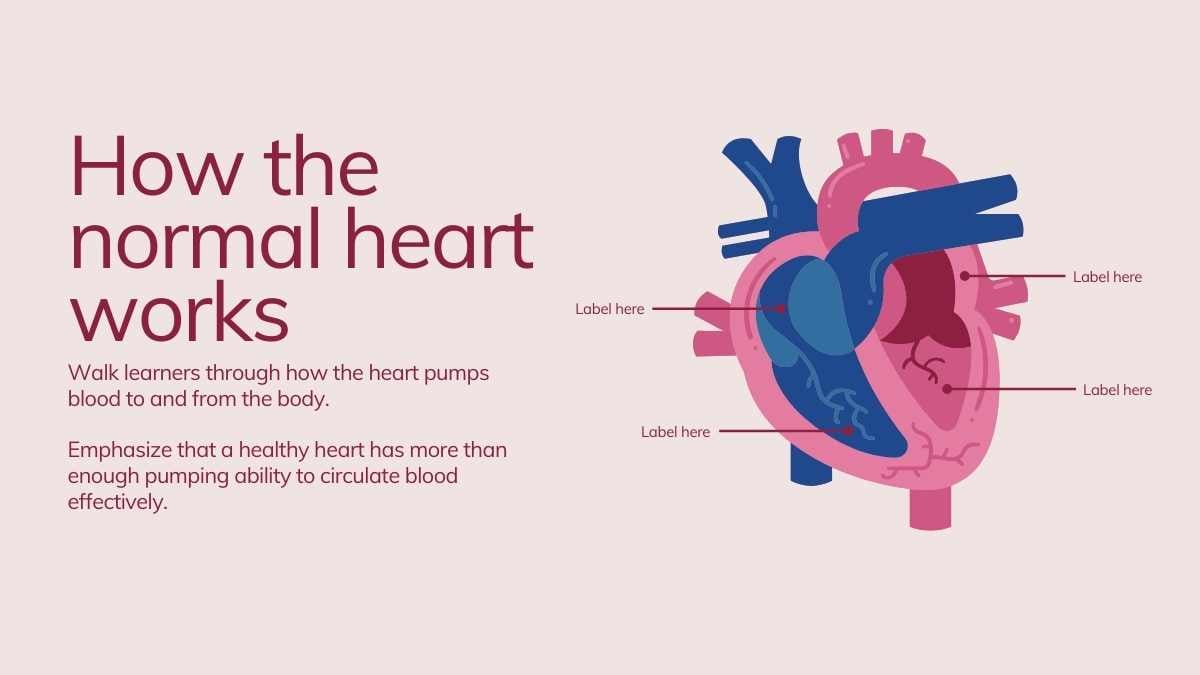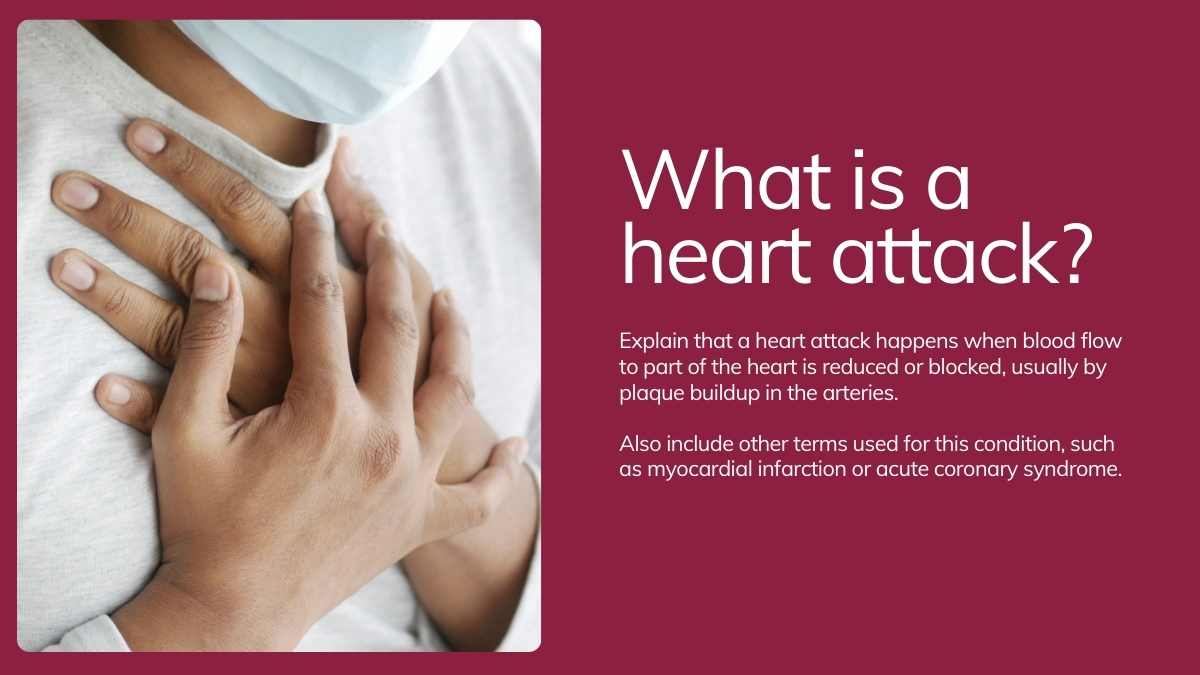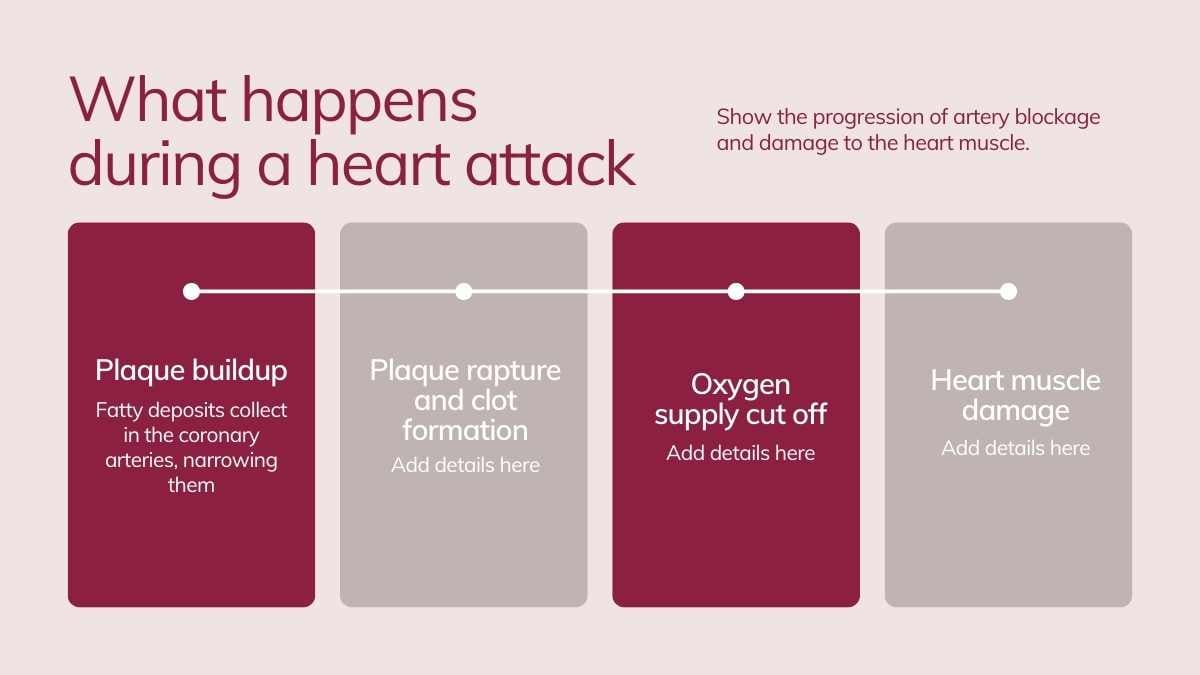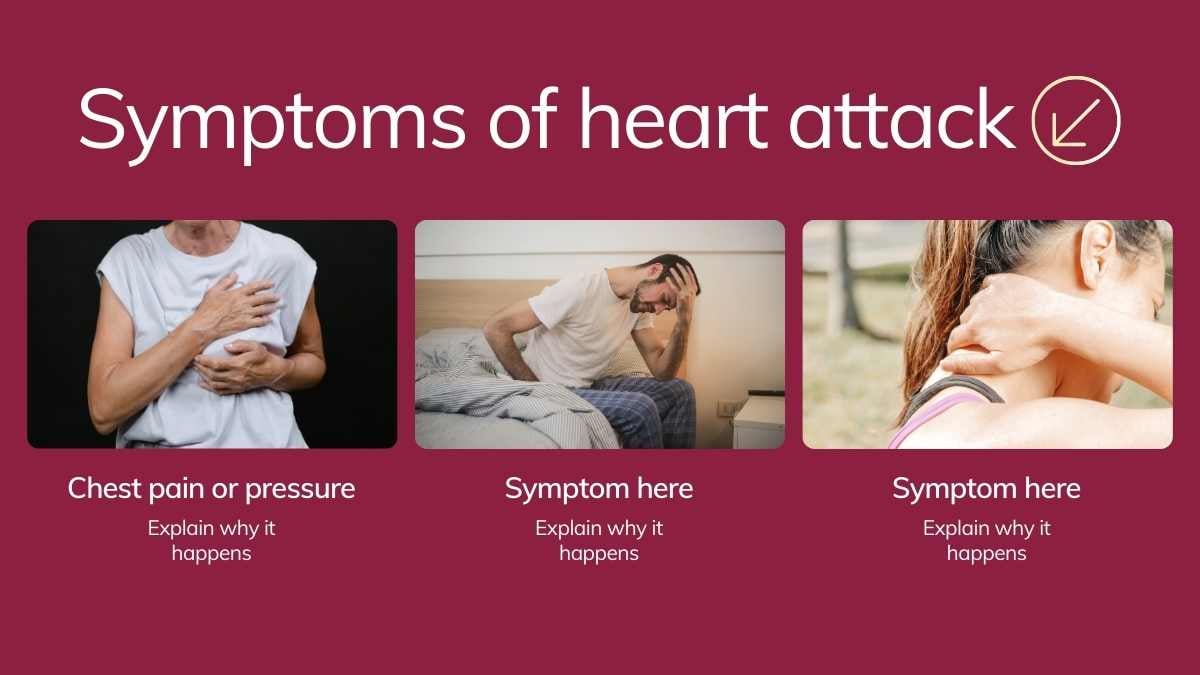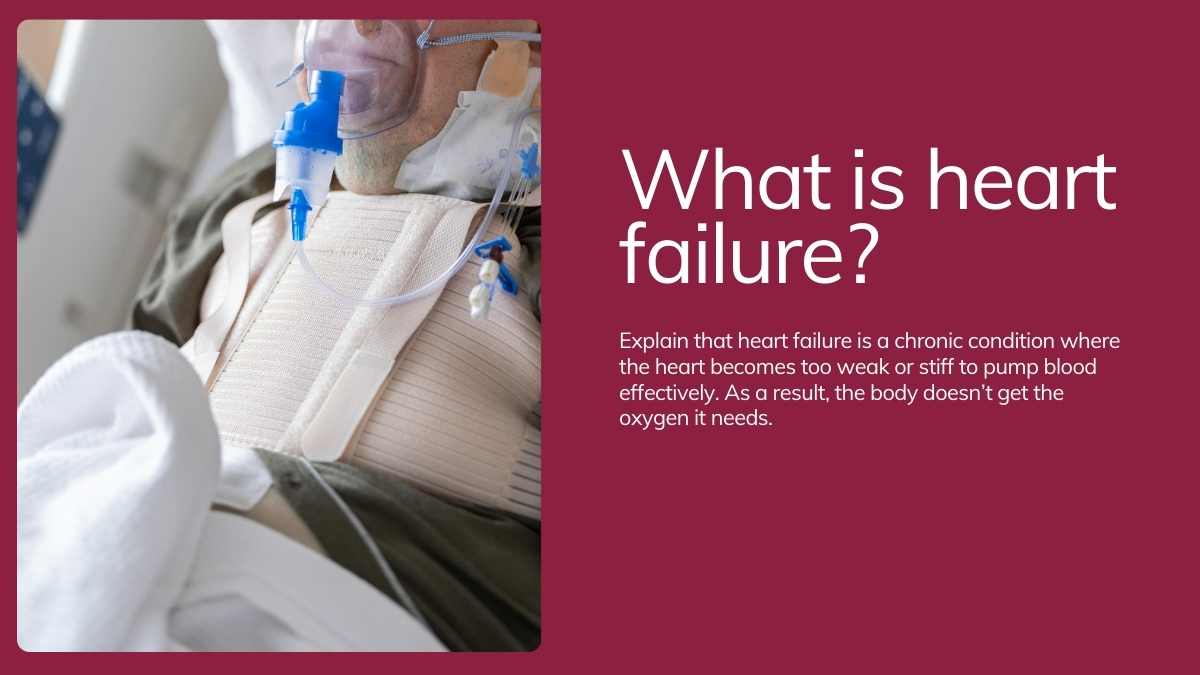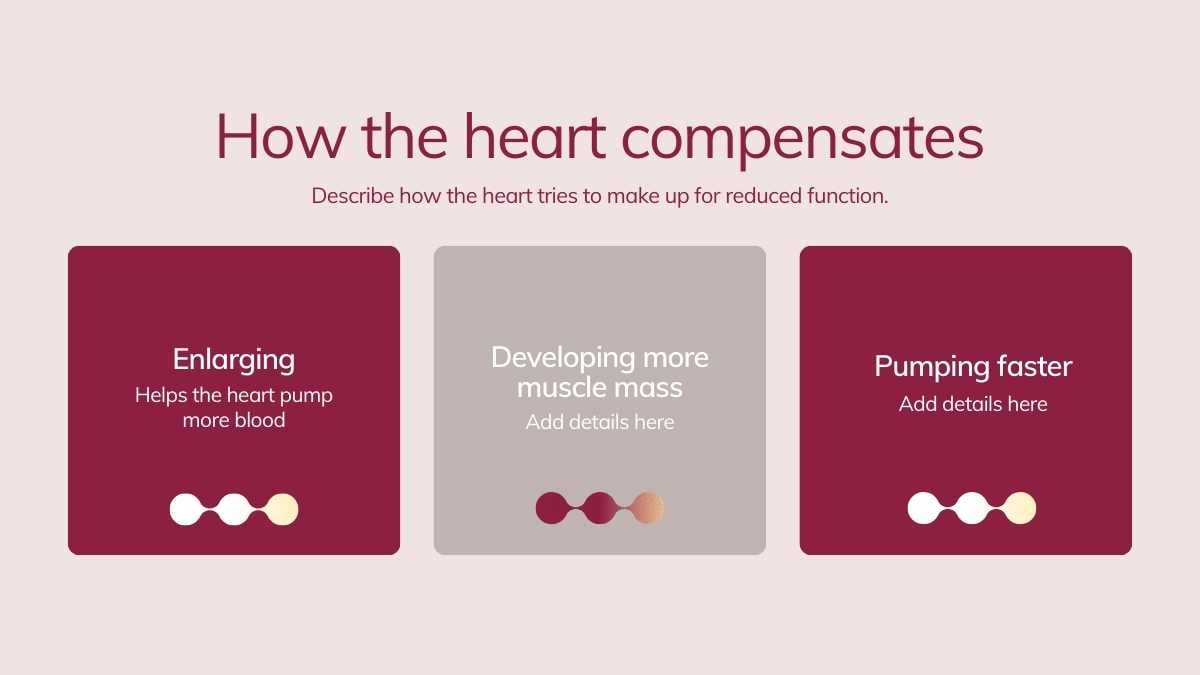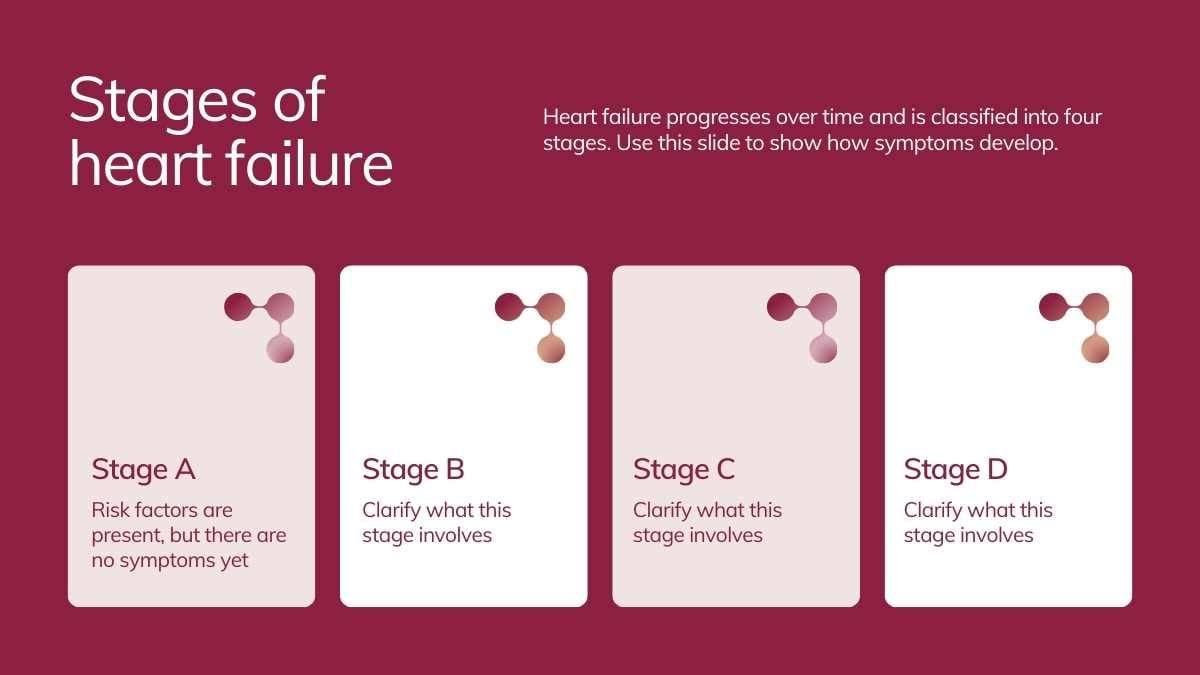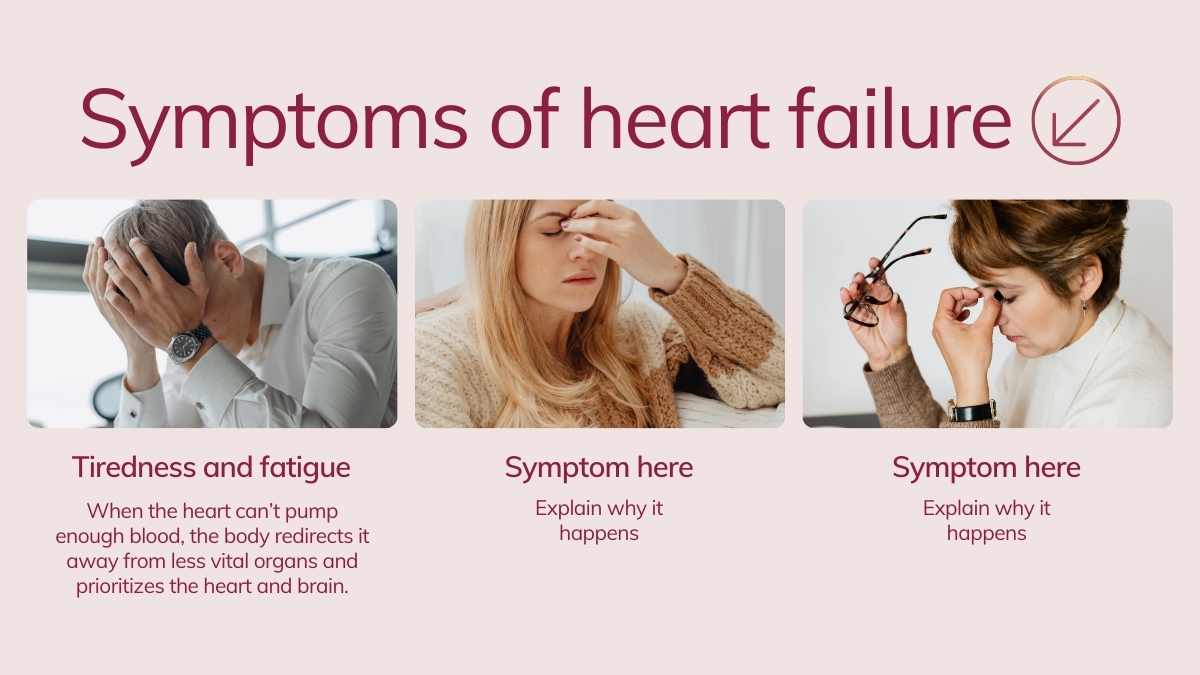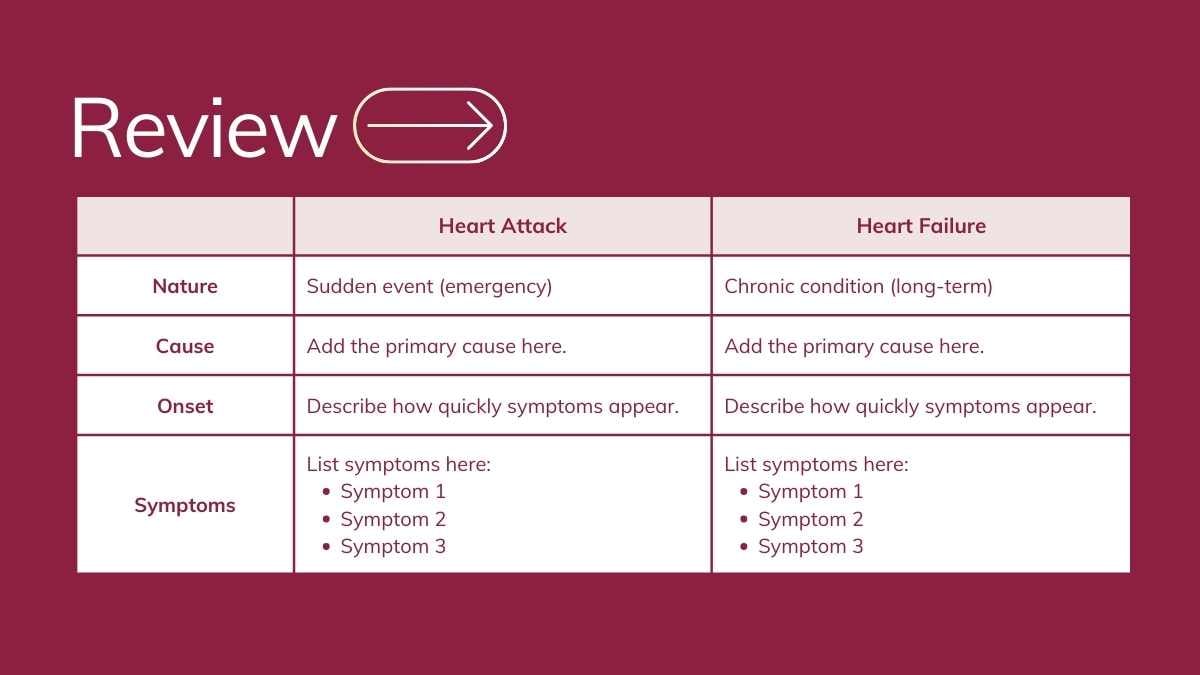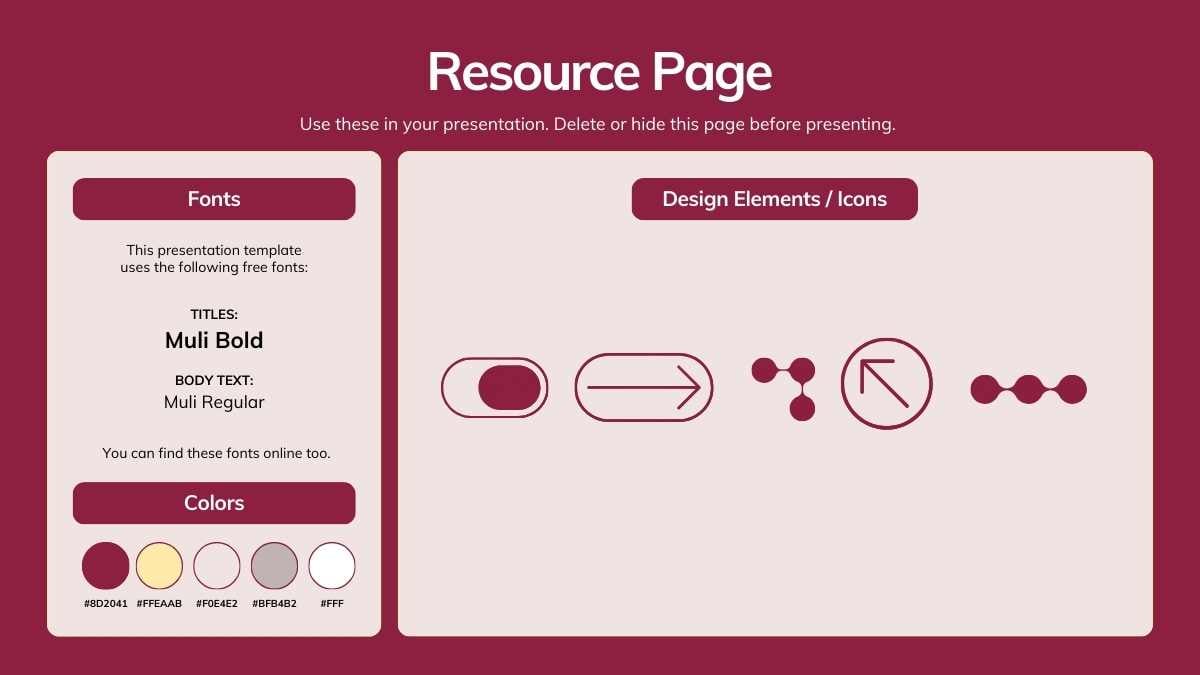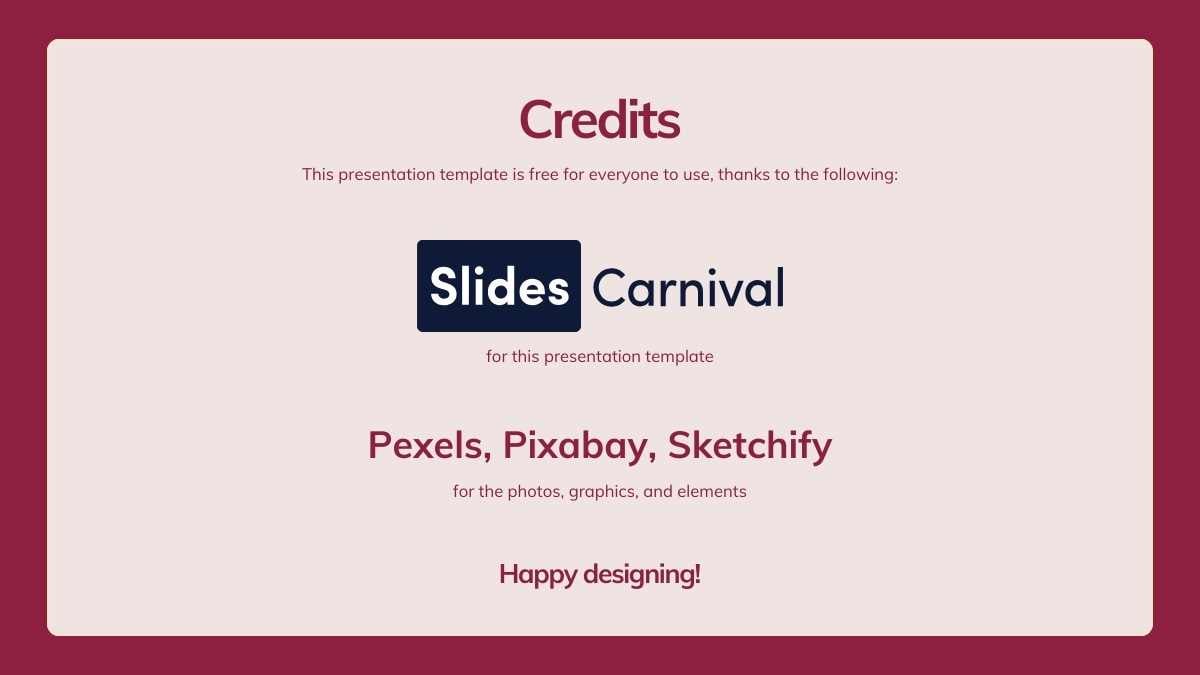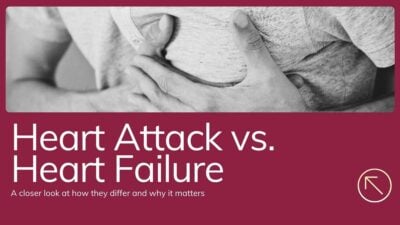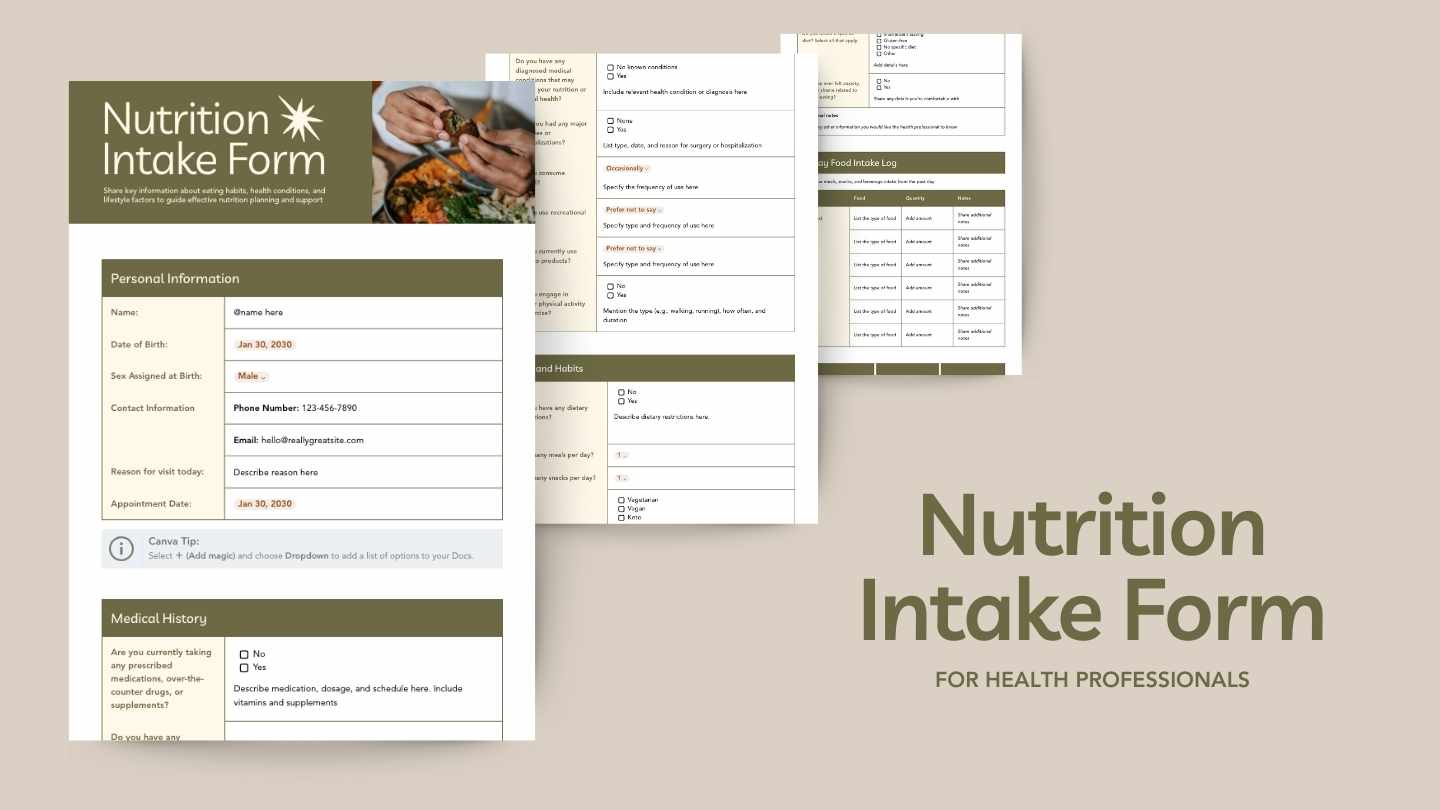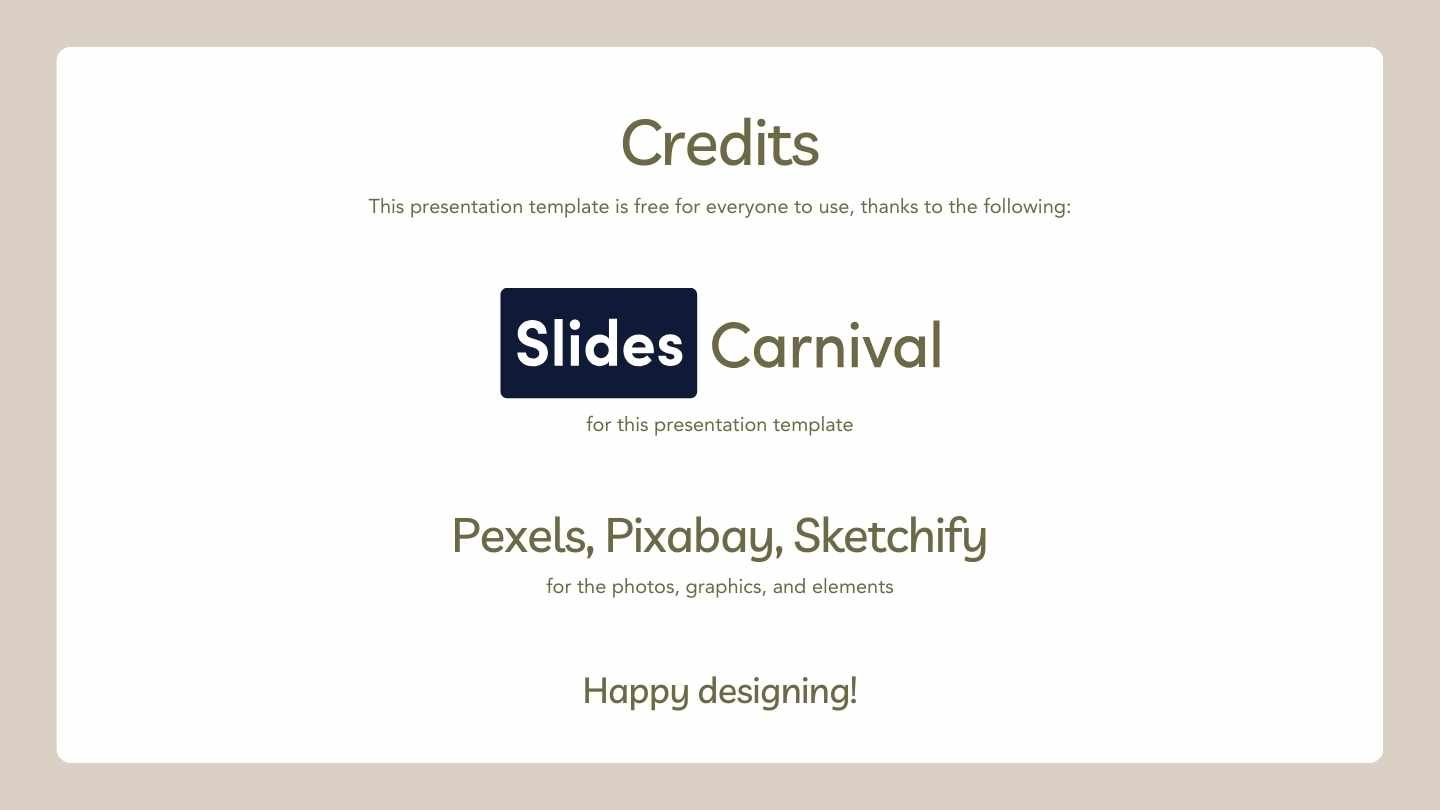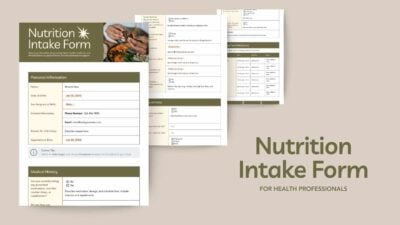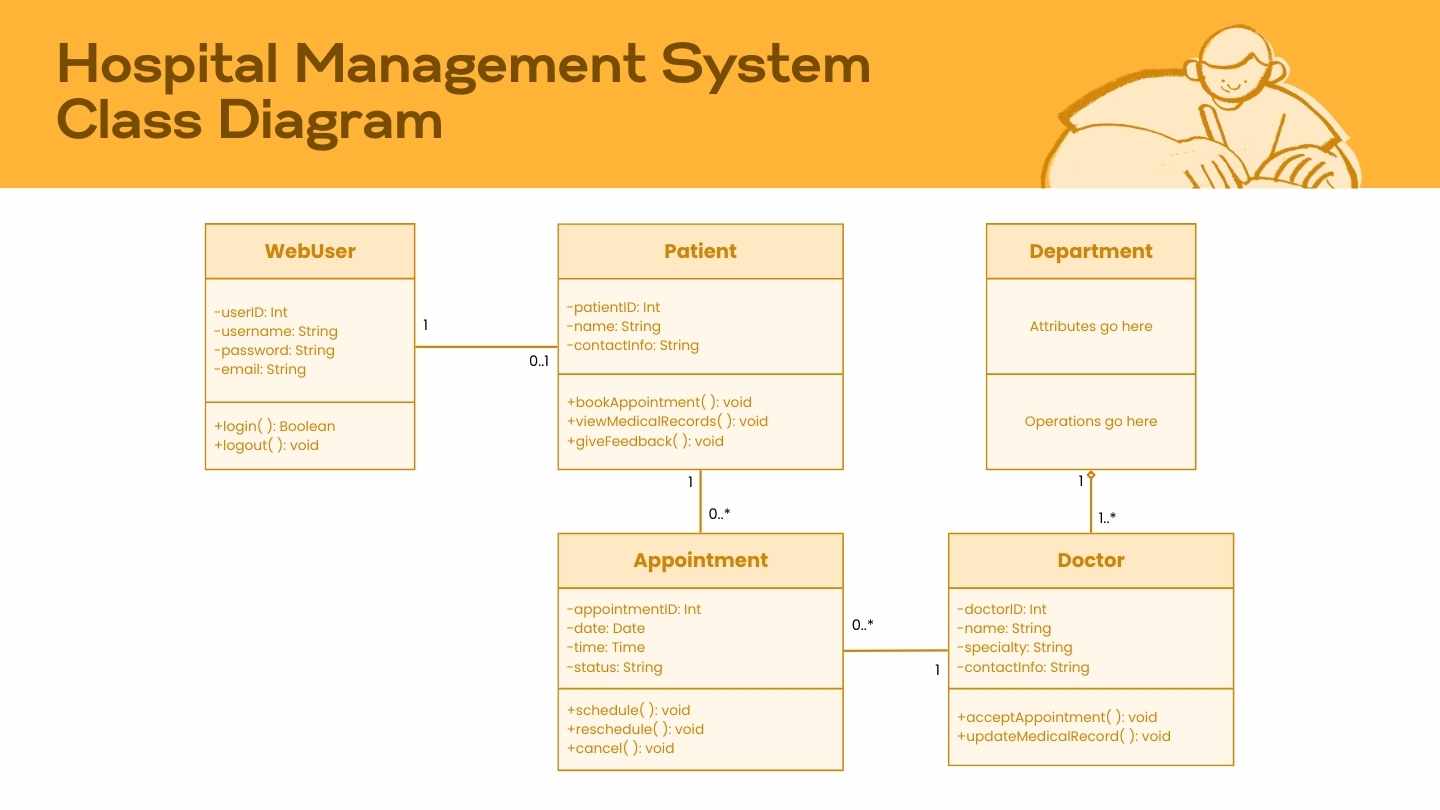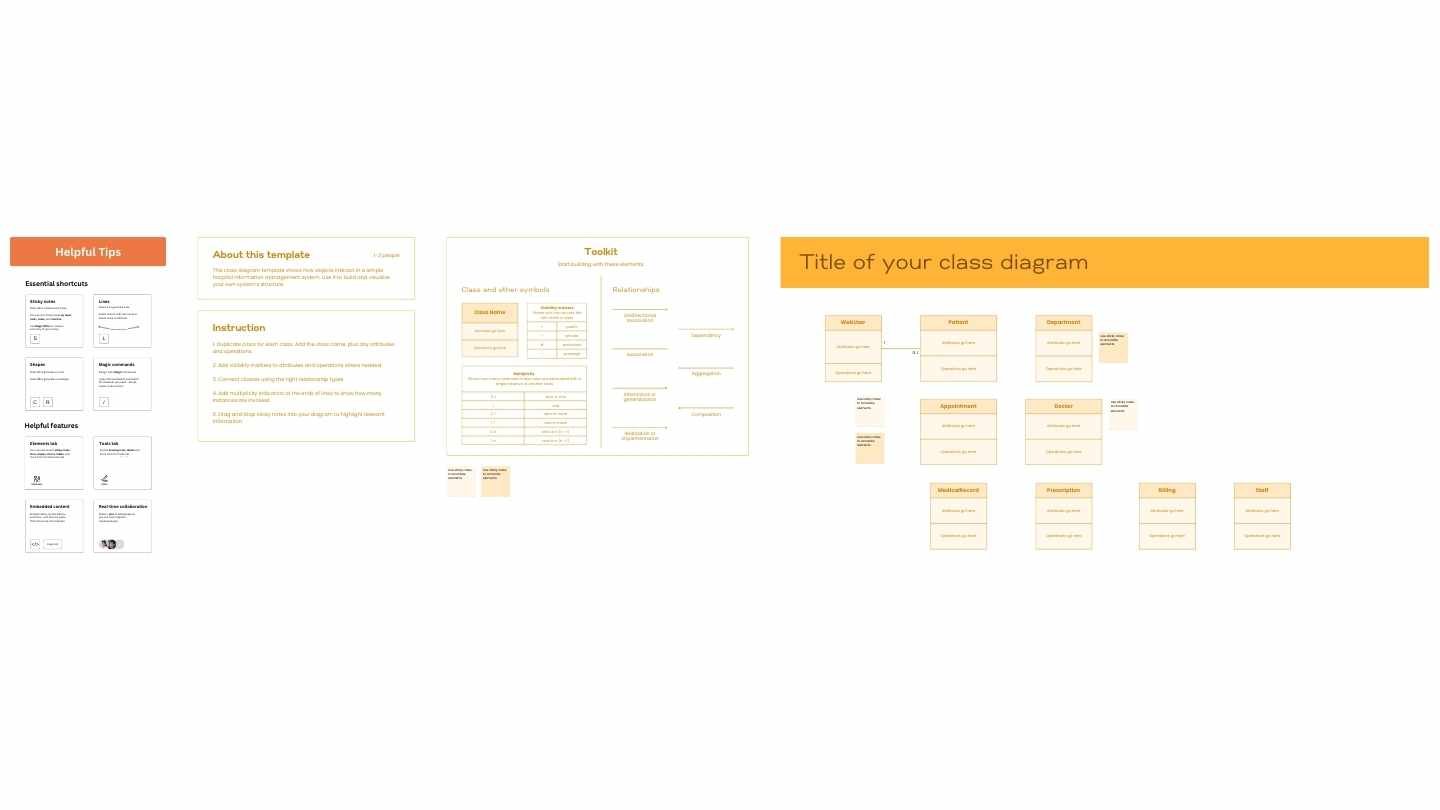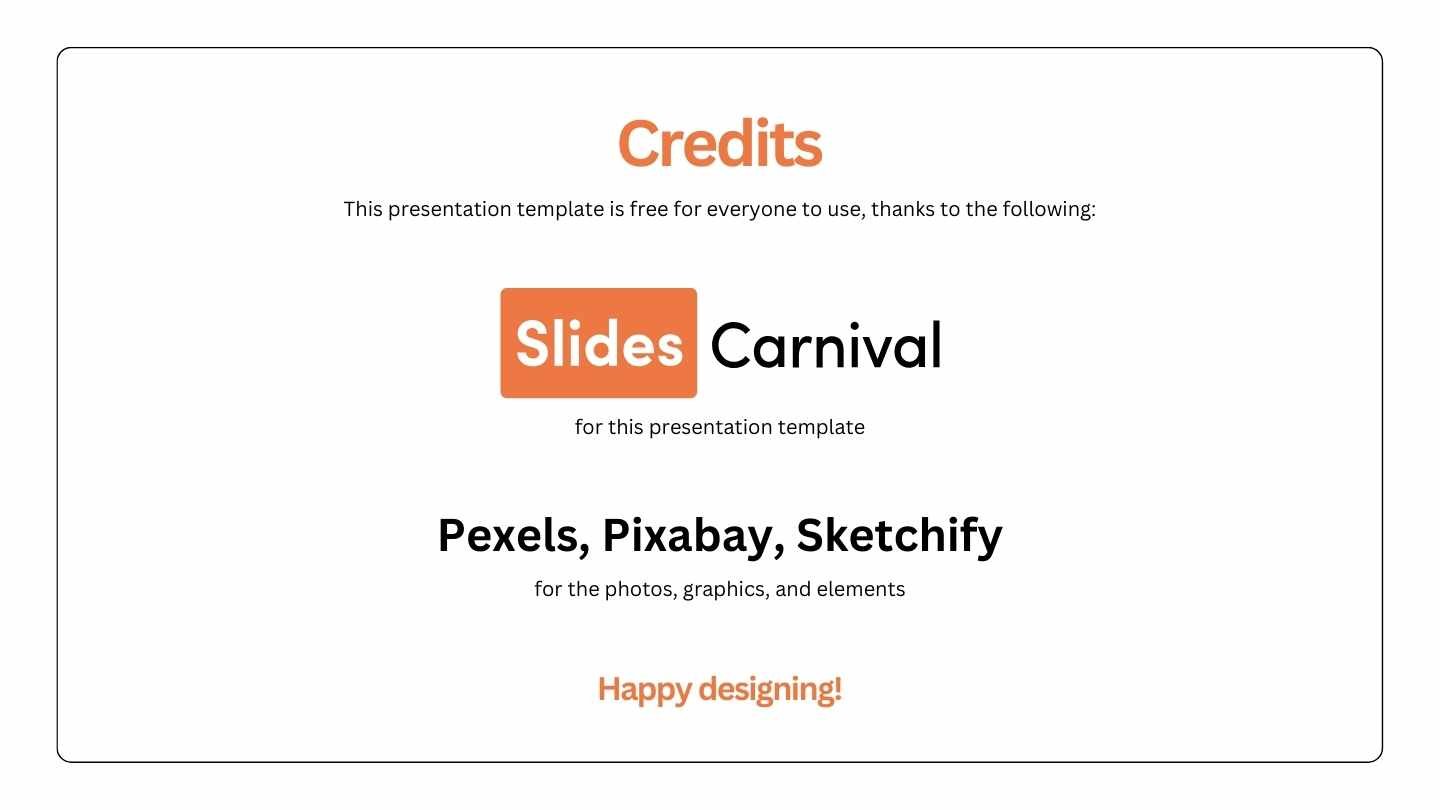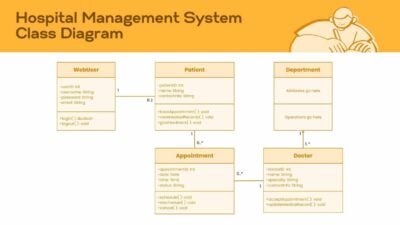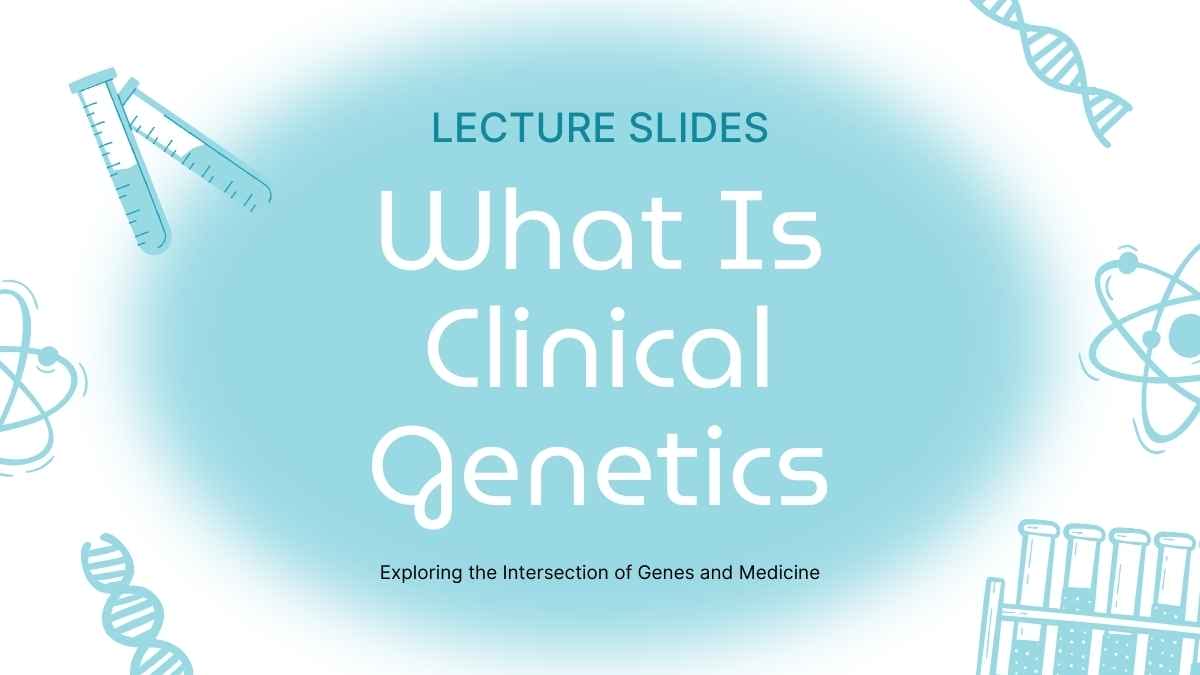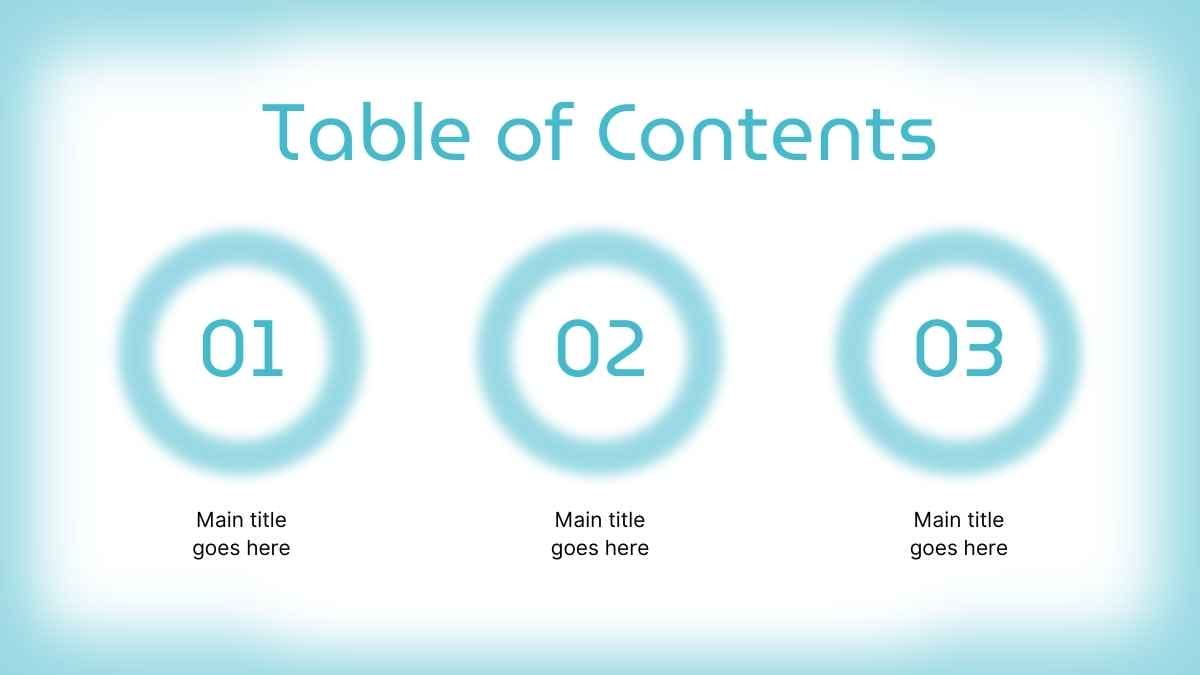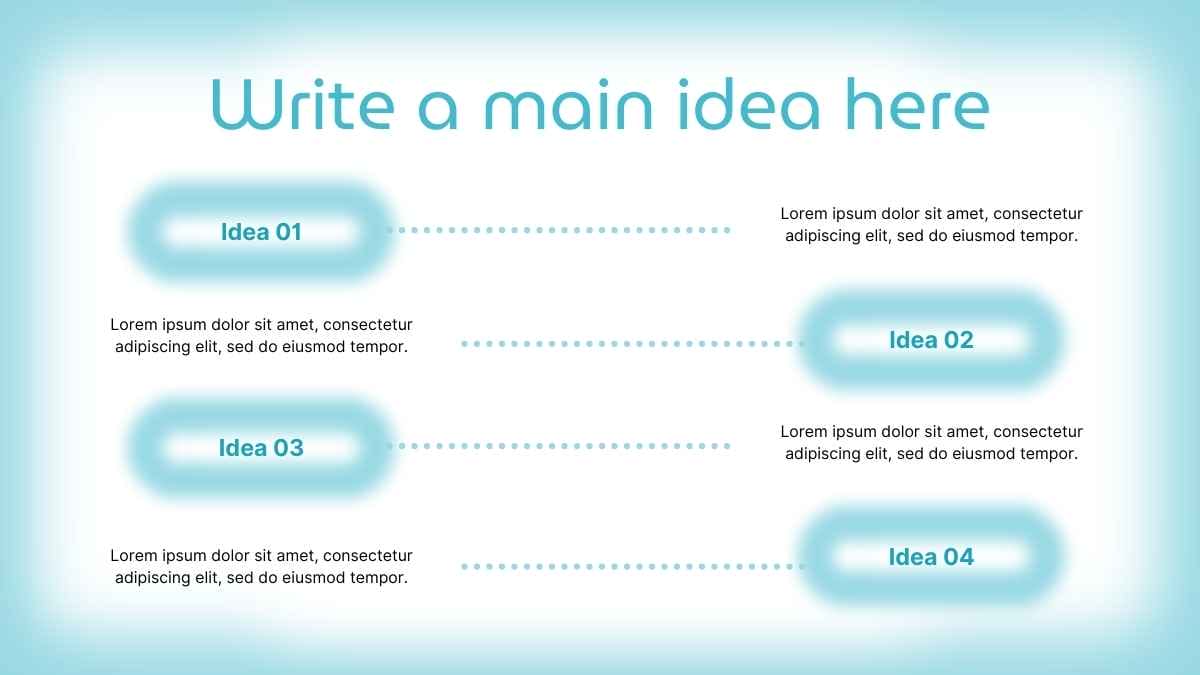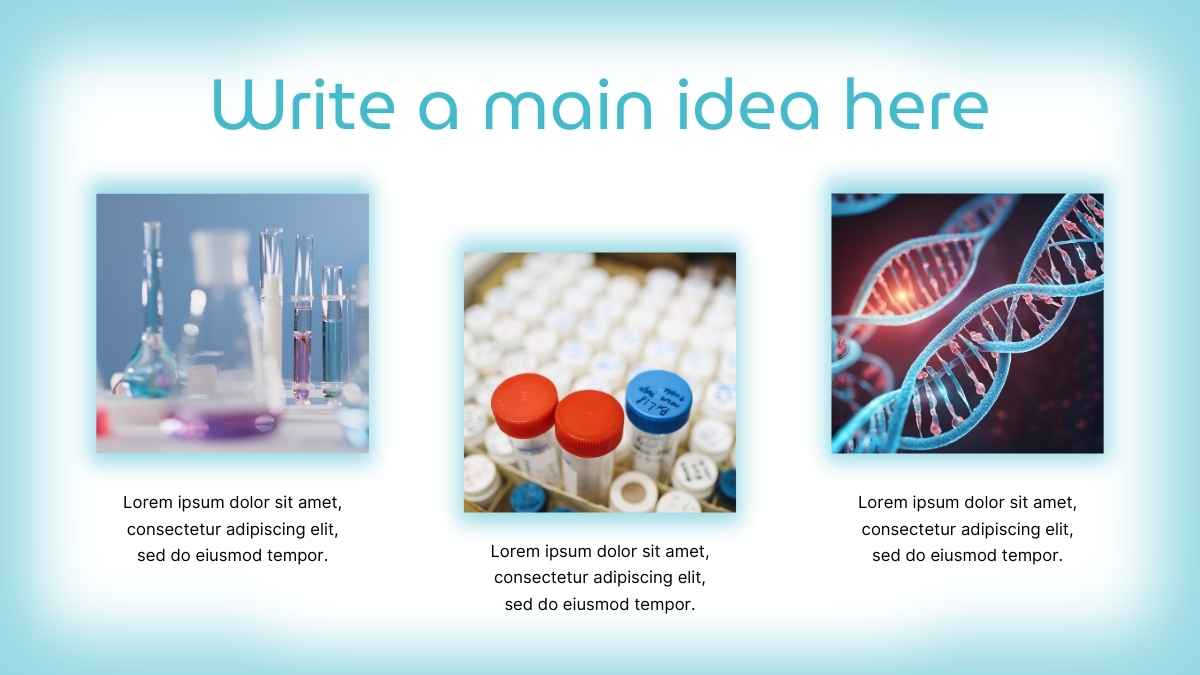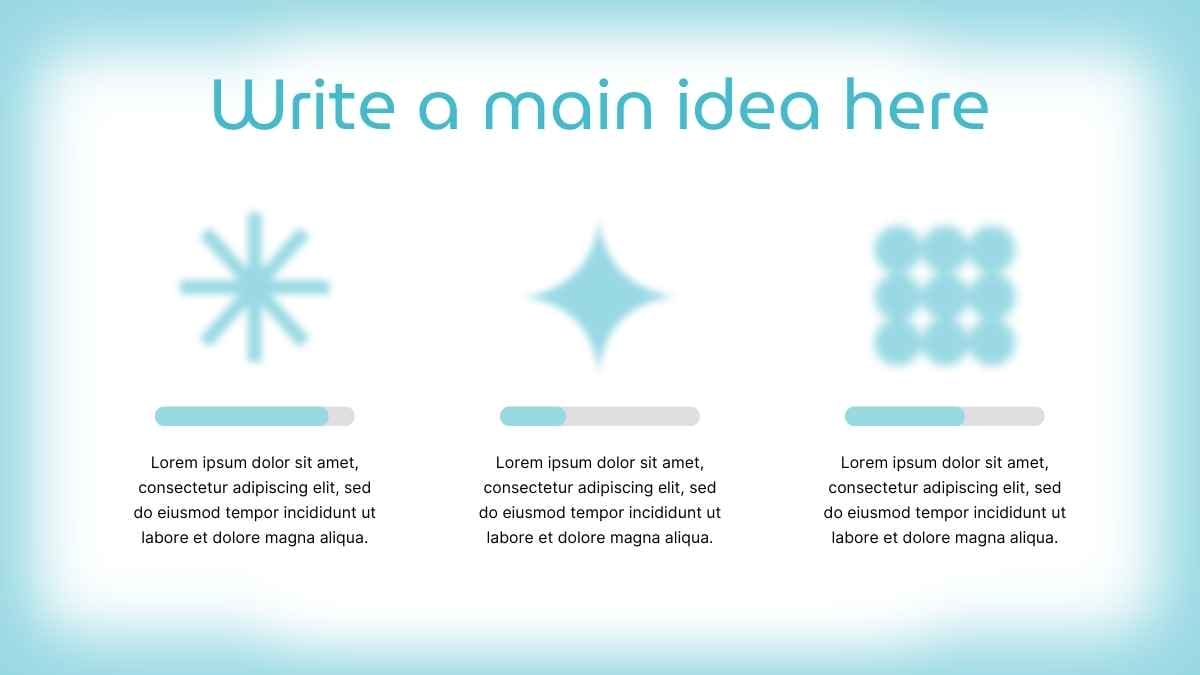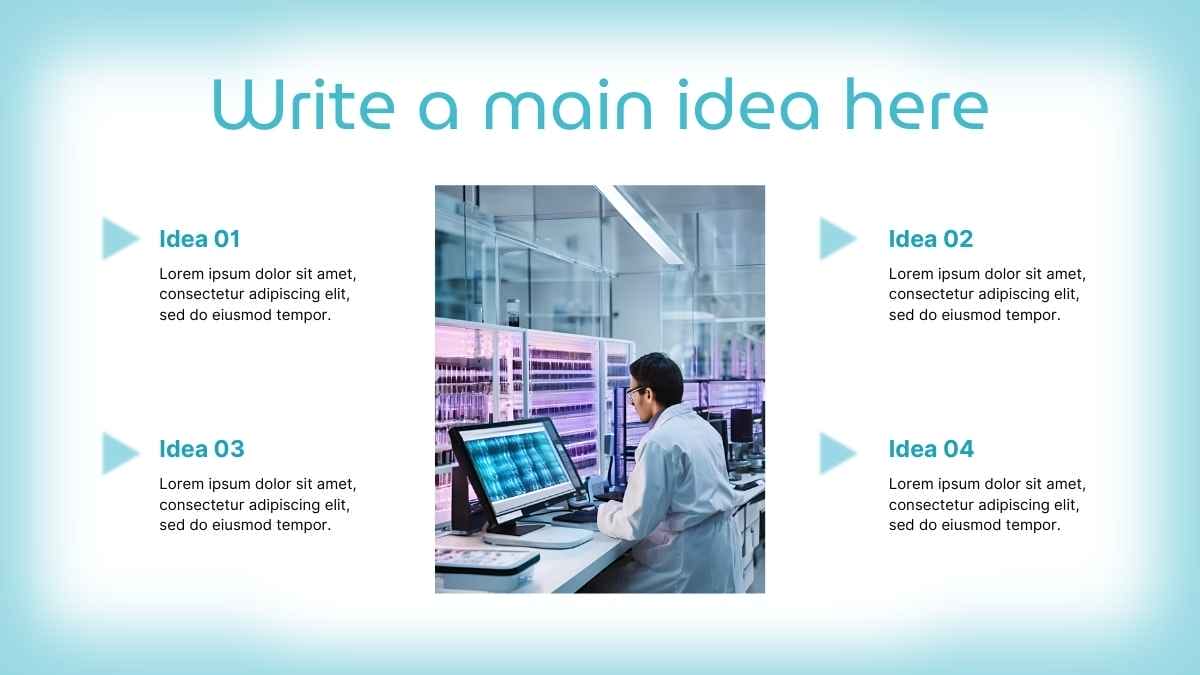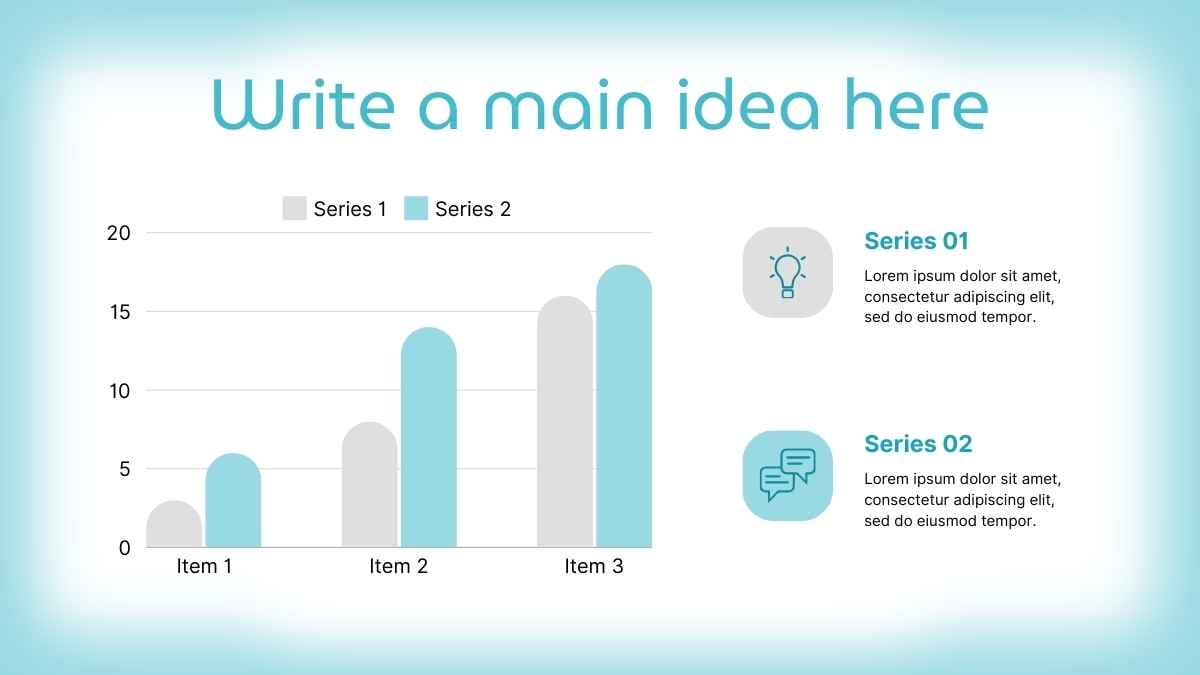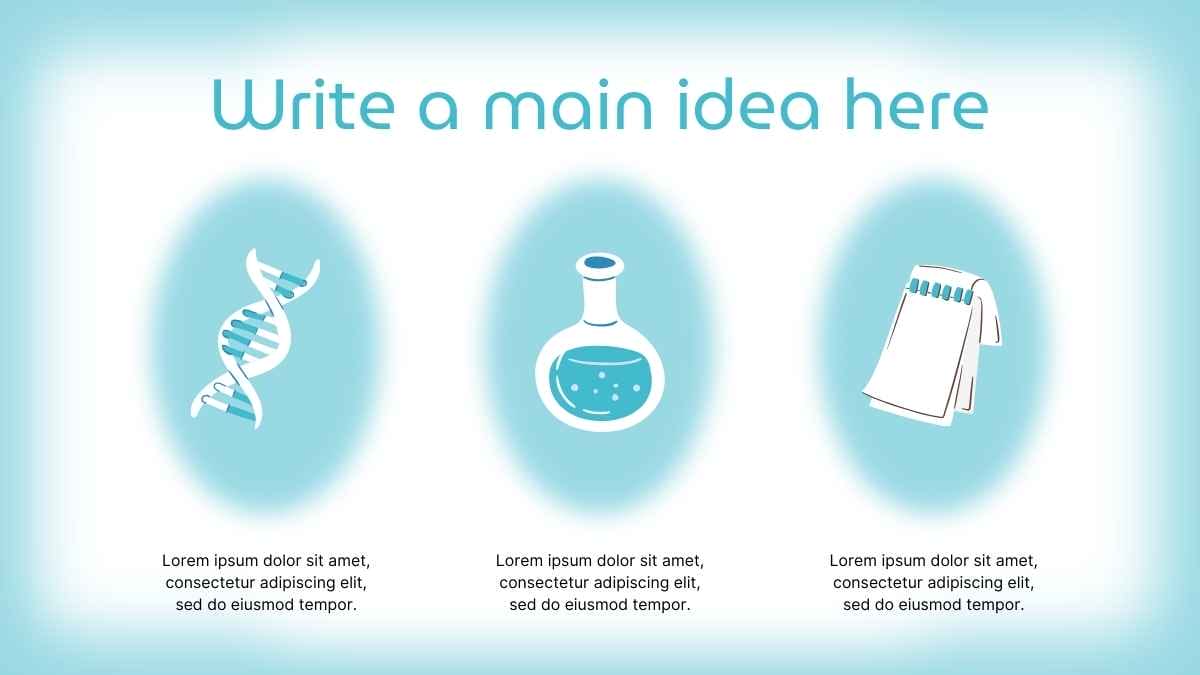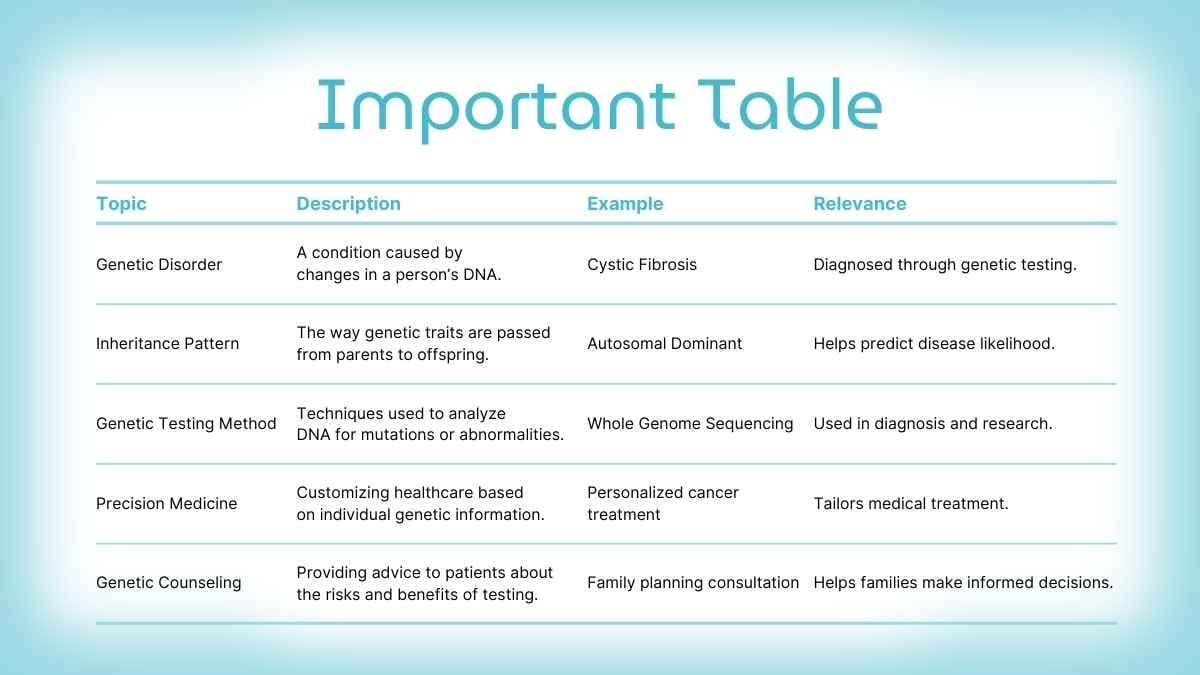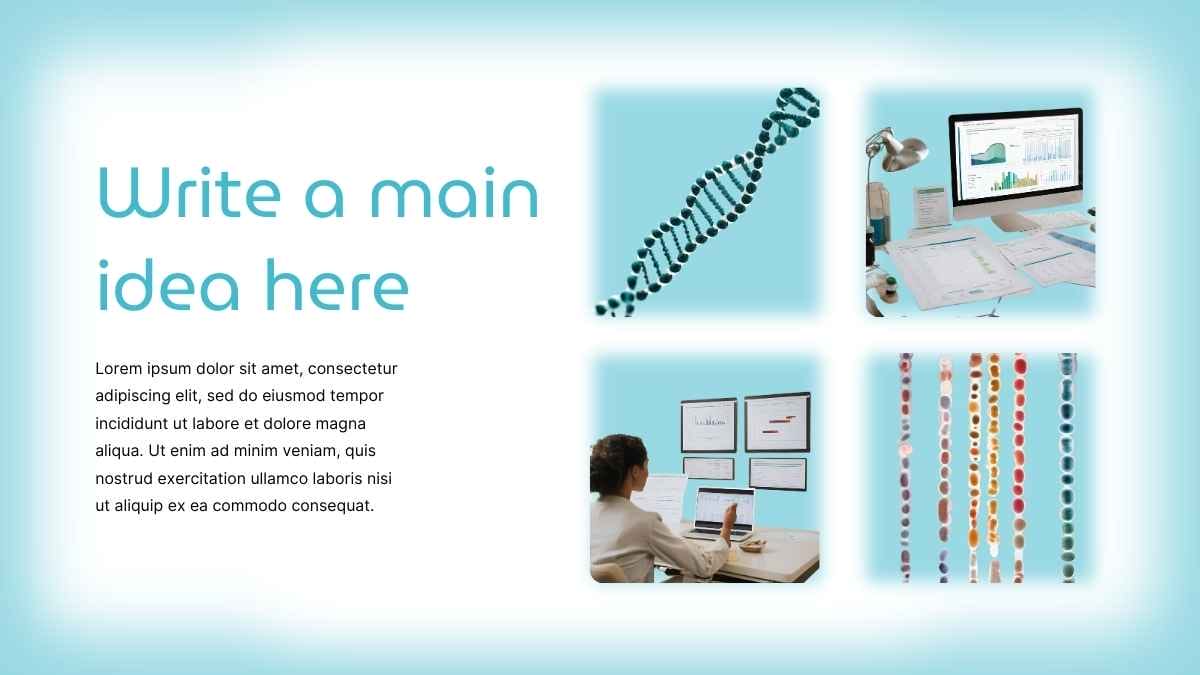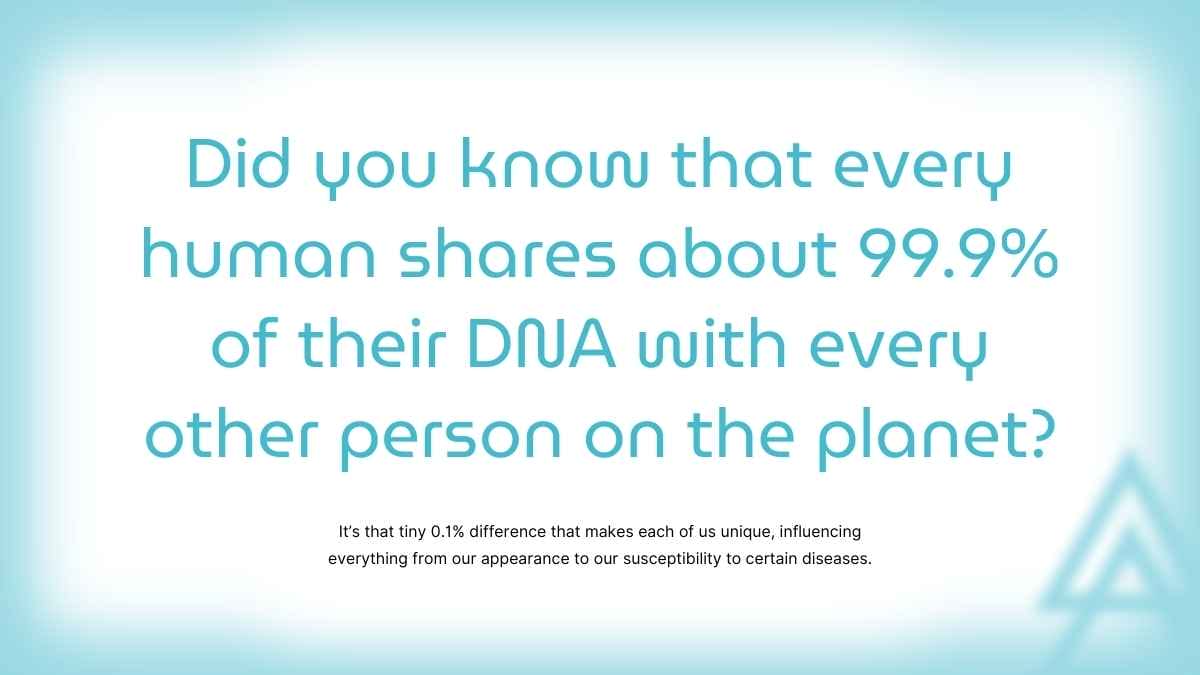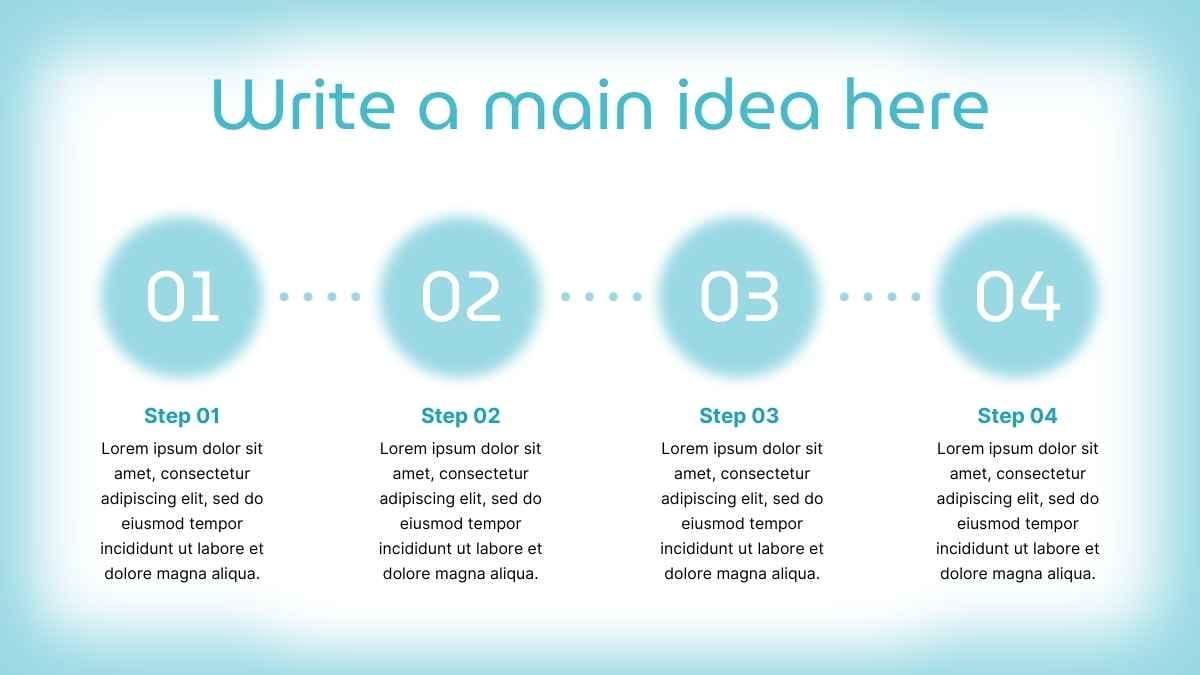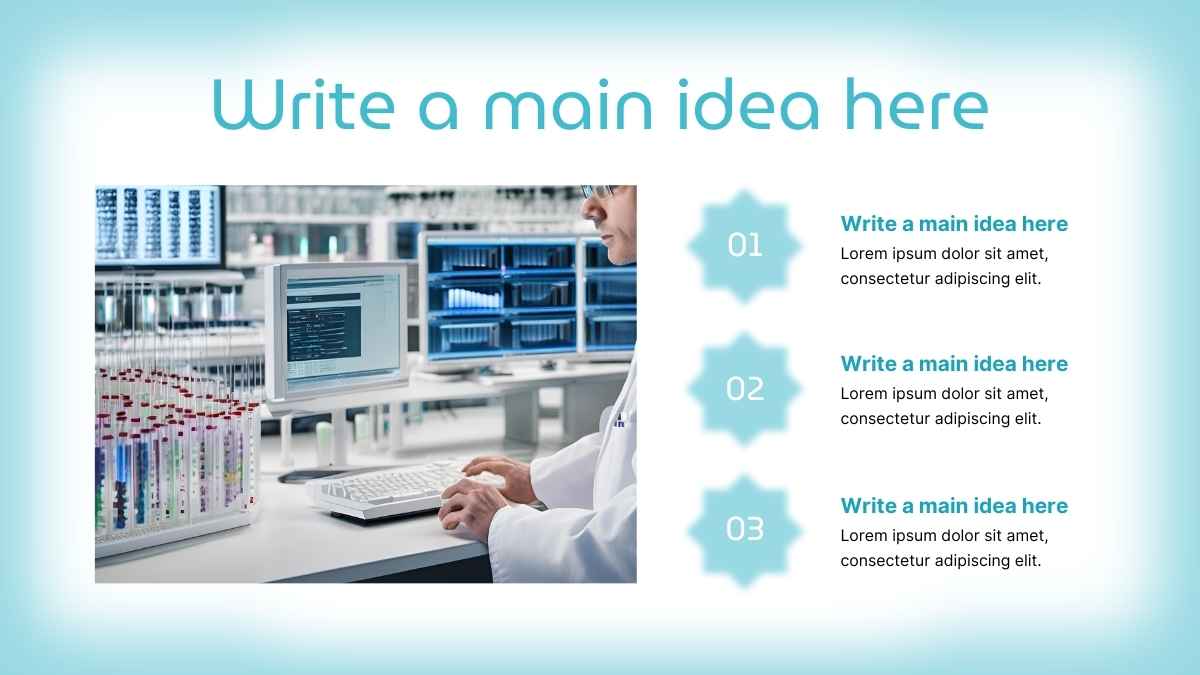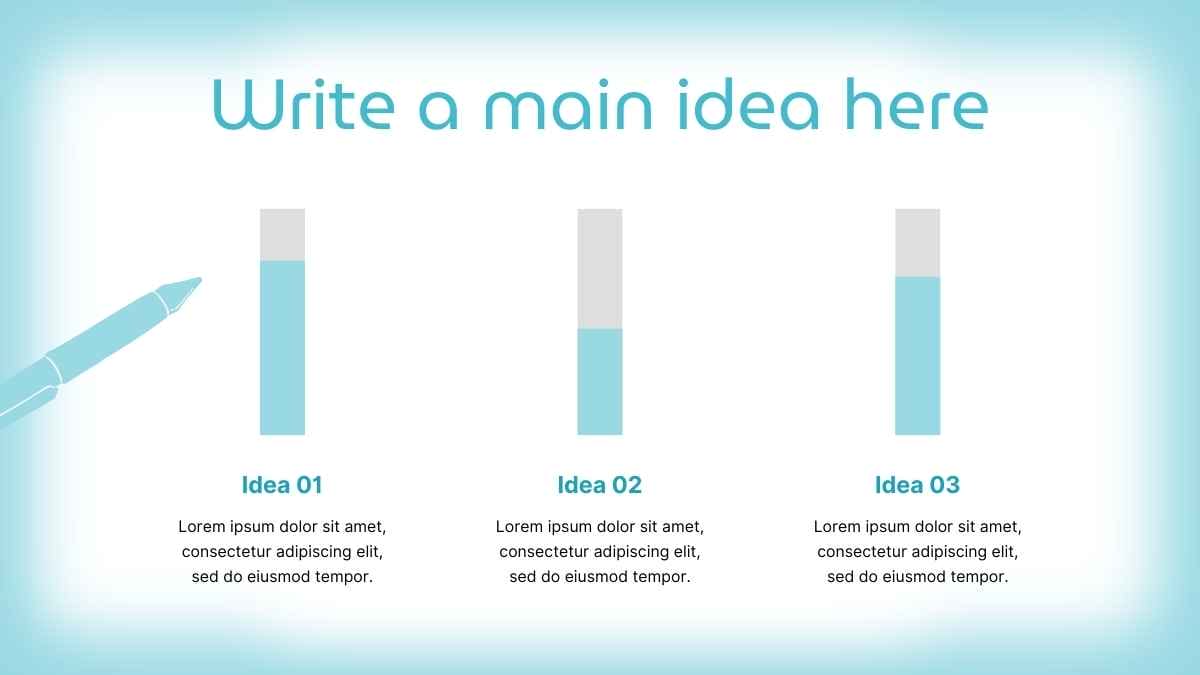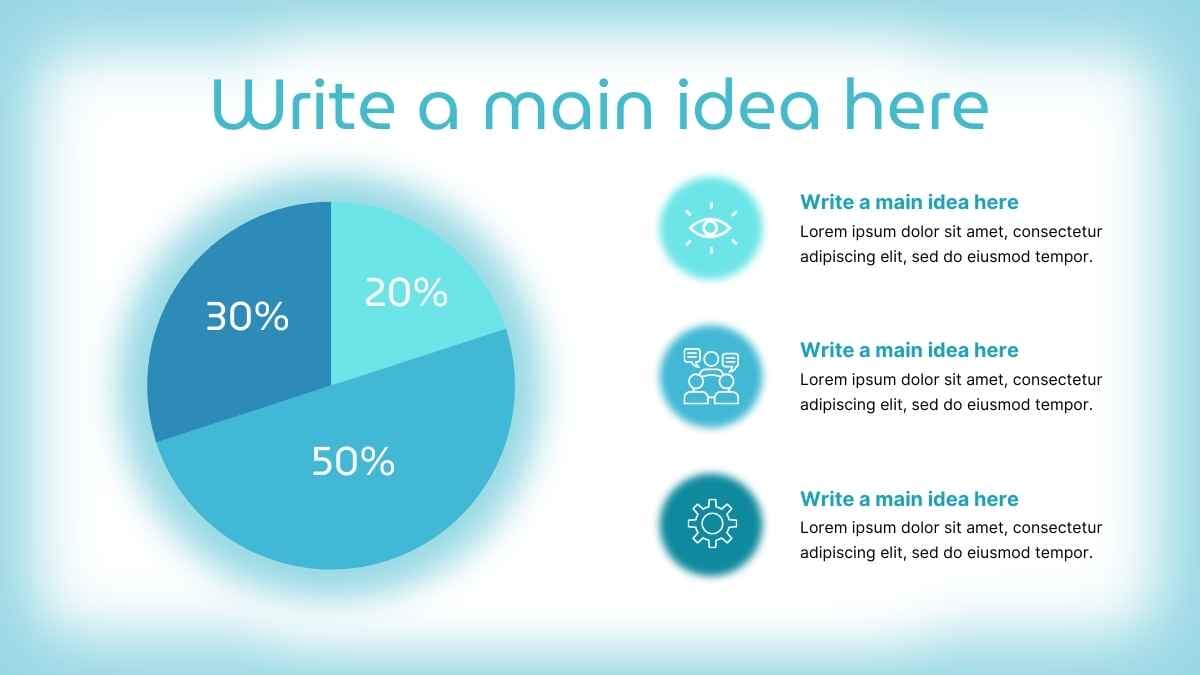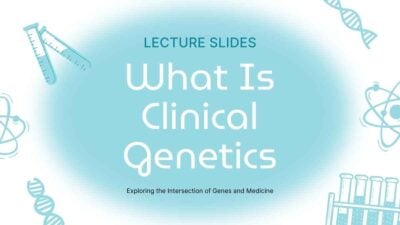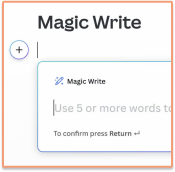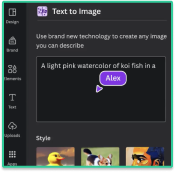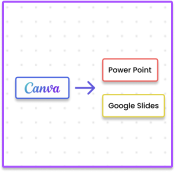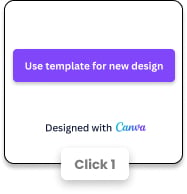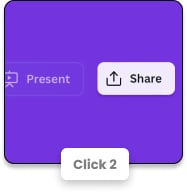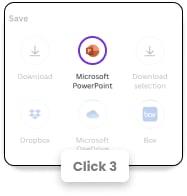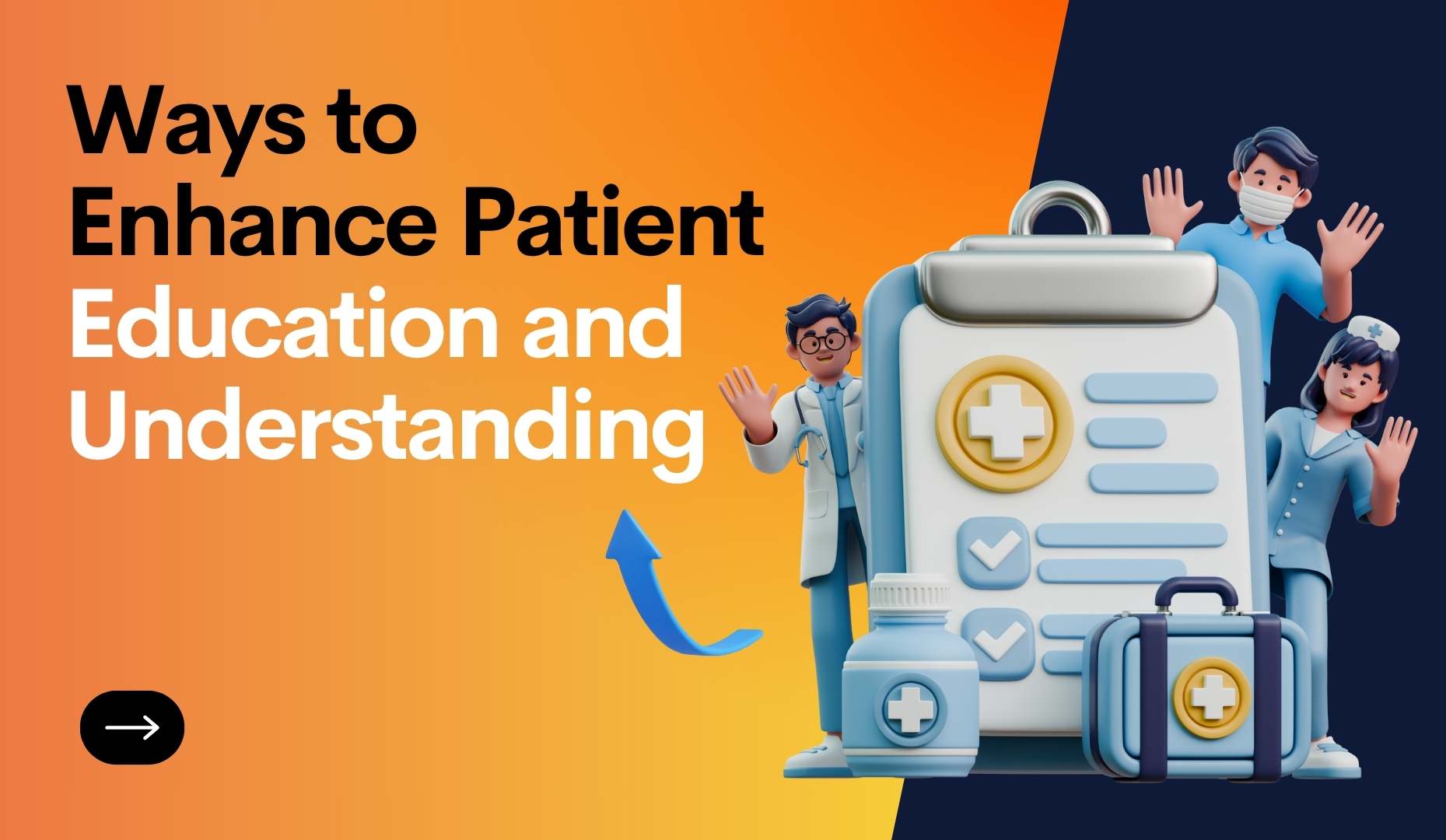
Ways to Enhance Patient Education and Understanding
Living with a health condition can be physically and emotionally challenging. Patients face overwhelming demands as they adapt to new routines, begin treatments or medications, and build confidence in their healthcare team.
That’s where patient education plays a vital role. When patients understand their condition and potential treatment options, they’re more likely to follow through with care plans and make informed decisions. It supports better health outcomes, builds trust, and empowers people to take an active role in their care.
In this article, we’ll explore practical strategies healthcare providers can use to make patient education clear, actionable, and easy to understand.
Why patient education matters
One of the biggest reasons patient education matters is that it helps people feel more in control of their health. By making information clear and easy to understand, it empowers patients and carers to be active partners in the recovery journey—working alongside healthcare providers to improve quality of life.
Aside from empowering patients, here are some other key benefits of patient education:
- Improved health outcomes – When patients understand their treatment plans, medication routines, and necessary lifestyle changes, they’re better equipped for early diagnosis and long-term care success.
- Greater patient satisfaction – Clear communication helps patients feel heard, respected, and more comfortable throughout their care journey.
- Reduced misinformation – Access to accurate, evidence-based education from trusted sources helps prevent confusion caused by unreliable online information or hearsay.
- Stronger trust in the healthcare system – Informed and supported patients are more likely to follow treatment plans. When outcomes improve, so does trust in healthcare providers and the system as a whole.
- Lower healthcare costs – When patients receive timely care before a condition worsens, it helps reduce the financial and emotional strain of more intensive treatments later on.
Five strategies for better patient education
1) Spot common barriers to understanding
Start by recognizing factors that may affect how a patient processes health information. These could include:
- Language or cultural differences
- Physical, cognitive, or emotional limitations
- Sensory impairments or literacy challenges
- Limited time during appointments
Recognizing these barriers early lets you adjust your approach and offer support in ways that work best for each person—whether that’s through simplified materials, visual aids, or extra time to explain things.
2) Find out how they learn best
Everyone learns differently, so ask your patients what works for them. Do they prefer watching a video, reading a brochure, or having a conversation? Many people benefit from a mix of formats.
Also, try to avoid cognitive overload by breaking things down into smaller, more manageable pieces. A great tool to use is the teach-back method, where you ask patients to repeat what they’ve just learned in their own words. It’s a simple way to check understanding and clear up any confusion.
3. Keep language simple and use visuals
Skip the medical jargon and stick to everyday language. For example, say “blood thinner” instead of “anticoagulant,” or “blood sugar” instead of “glucose levels.”
Use visual aids like posters or diagrams to support your message. For more complex treatments or procedures, step-by-step guides can help patients and carers feel more confident and prepared.
4. Make the most of digital tools
Since many people use smartphones and digital platforms daily, they’re a great way to share information in engaging and flexible formats:
- Mobile apps and patient portals for easy access to resources
- Videos and animations to explain things clearly
- Telehealth sessions for live support and Q&A
When using digital tools, always make sure that the content is mobile-friendly and backed by trusted sources. Most importantly, remember that not everyone has access to digital tools. Having printed materials like flyers or brochures on hand ensures no one is left out.
5. Involve family members in health care management
Often, you’ll be speaking not just with the patient, but also with their family members or carers. Including them in the conversation and giving them the same helpful resources makes it more likely that care instructions will be followed, especially for older adults or those managing chronic conditions.
As you explain the treatment or procedure, speak to both the patient and their carer to make sure everyone is on the same page. It’s also a good idea to provide a printed handout or a digital summary they can refer back to later. This extra step can make a big difference in how well care is understood and carried out.
Benefits of patient education resources
Clear, accessible patient education helps people feel more informed and confident about their health. By offering resources in print or digital formats, you can empower patients to better understand their conditions and make informed choices.
The right materials can make a difference in different ways:
- Improve health literacy
Posters, documents, and presentations can simplify complex medical information into simple, easy-to-understand content. This makes it easier for patients to follow advice, especially if they’re unfamiliar with medical terms. - Support behavior change
When patients understand the reasons behind a diagnosis or treatment, and what steps to take next, they’re more likely to stick with medications and adopt healthy habits. - Free up time for meaningful conversations
Having resources on hand means your team spends less time repeating explanations and more time connecting with patients on what matters most. - Build consistency across care teams
Standardized materials help ensure every patient receives the same key information. This consistency creates a sense of clarity and builds trust, no matter who they’re speaking with.
Ready to create learning resources?
SlidesCarnival makes it easy for teams and healthcare providers to create materials to support patient education using free, professionally designed templates. They’re fully customizable, so you can align them with your existing content and brand.
Here are some medical templates to get you started:
Key takeaways
- Patient education empowers people to understand their condition, make informed decisions, and play an active role in their care journey.
- Clear communication improves outcomes. When patients understand their treatment plans, they’re more likely to follow through and feel supported along the way.
- Patient education builds trust and reduces confusion. Reliable, easy-to-understand information helps cut through misinformation and makes healthcare feel more approachable.
- Different people learn in different ways. Adapting how you share information through visuals, plain language, or digital tools can make learning more effective.
- Family and carers matter too. Involving them helps ensure instructions are followed, especially for patients who need extra support.
- Quality resources save time and create consistency. With the right materials on hand, care teams can communicate more clearly and connect more meaningfully with patients.

